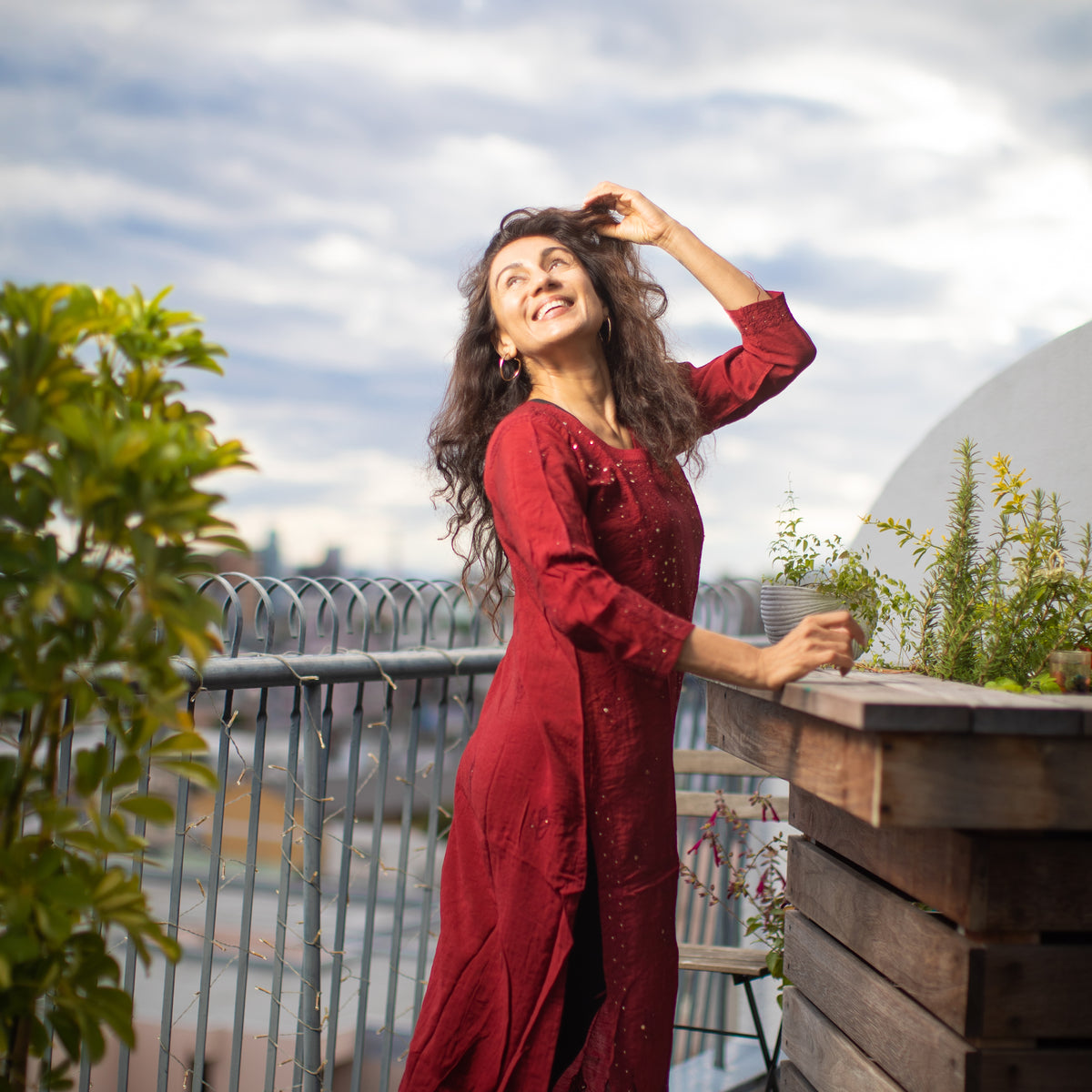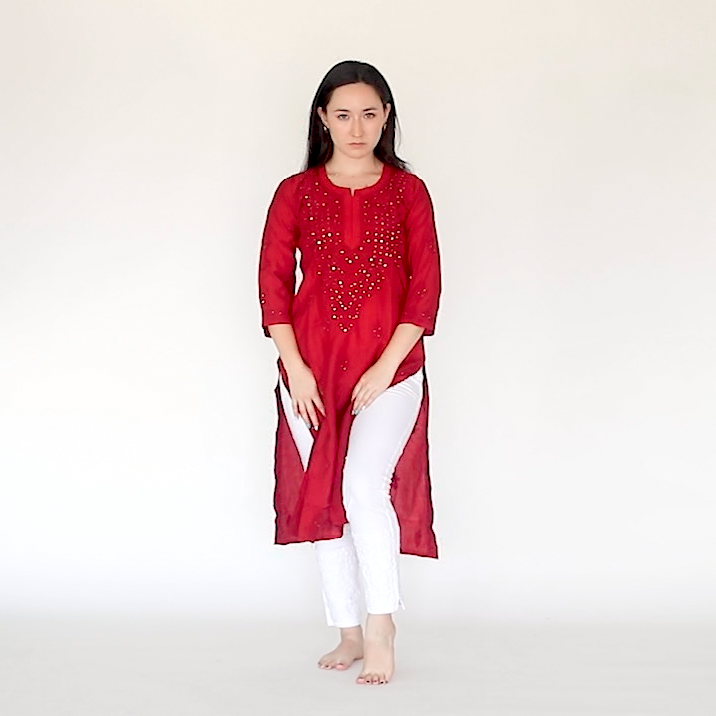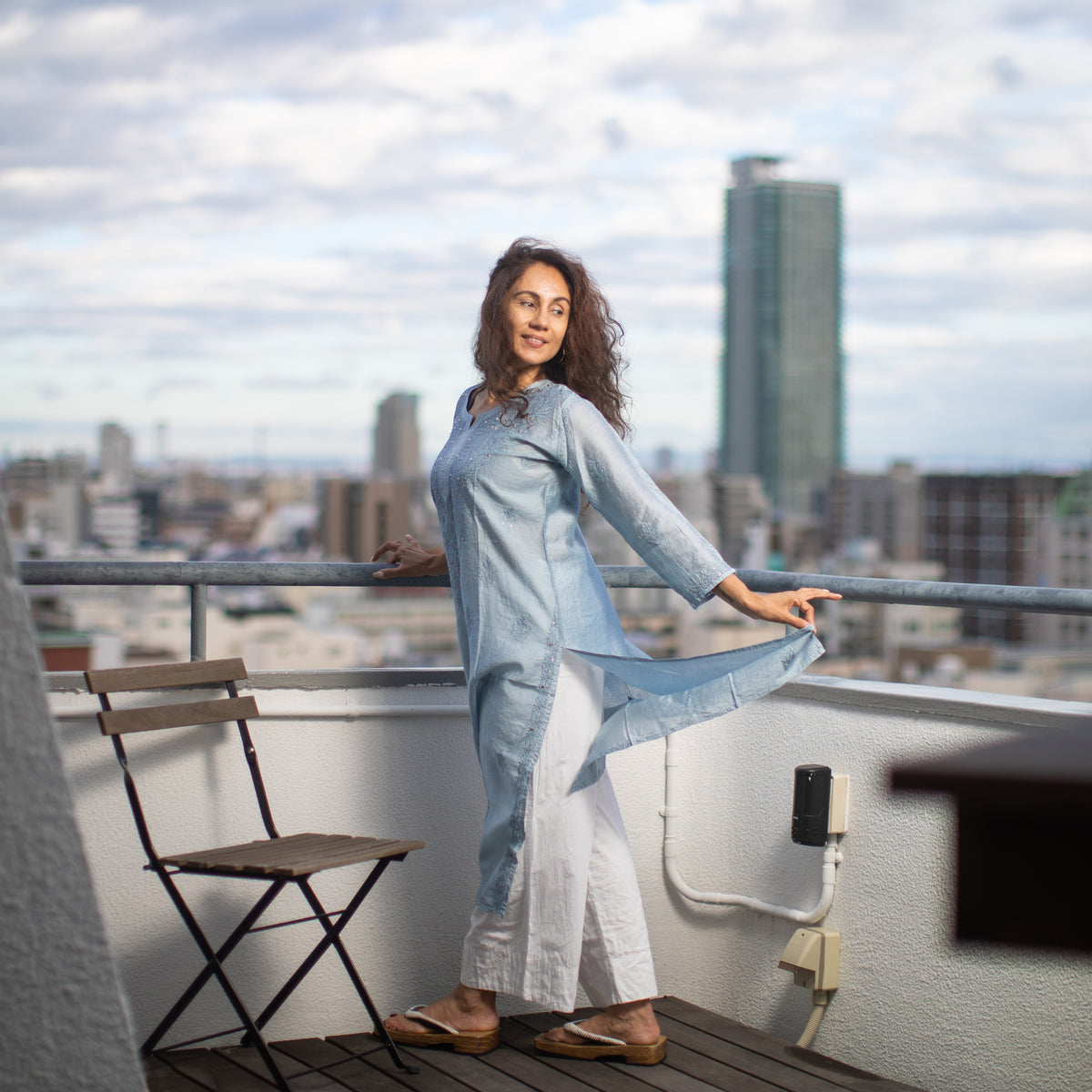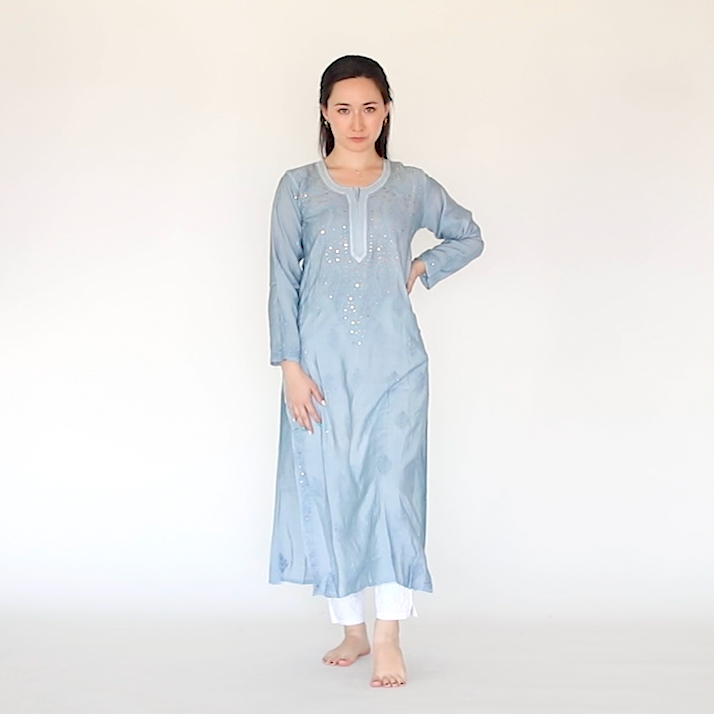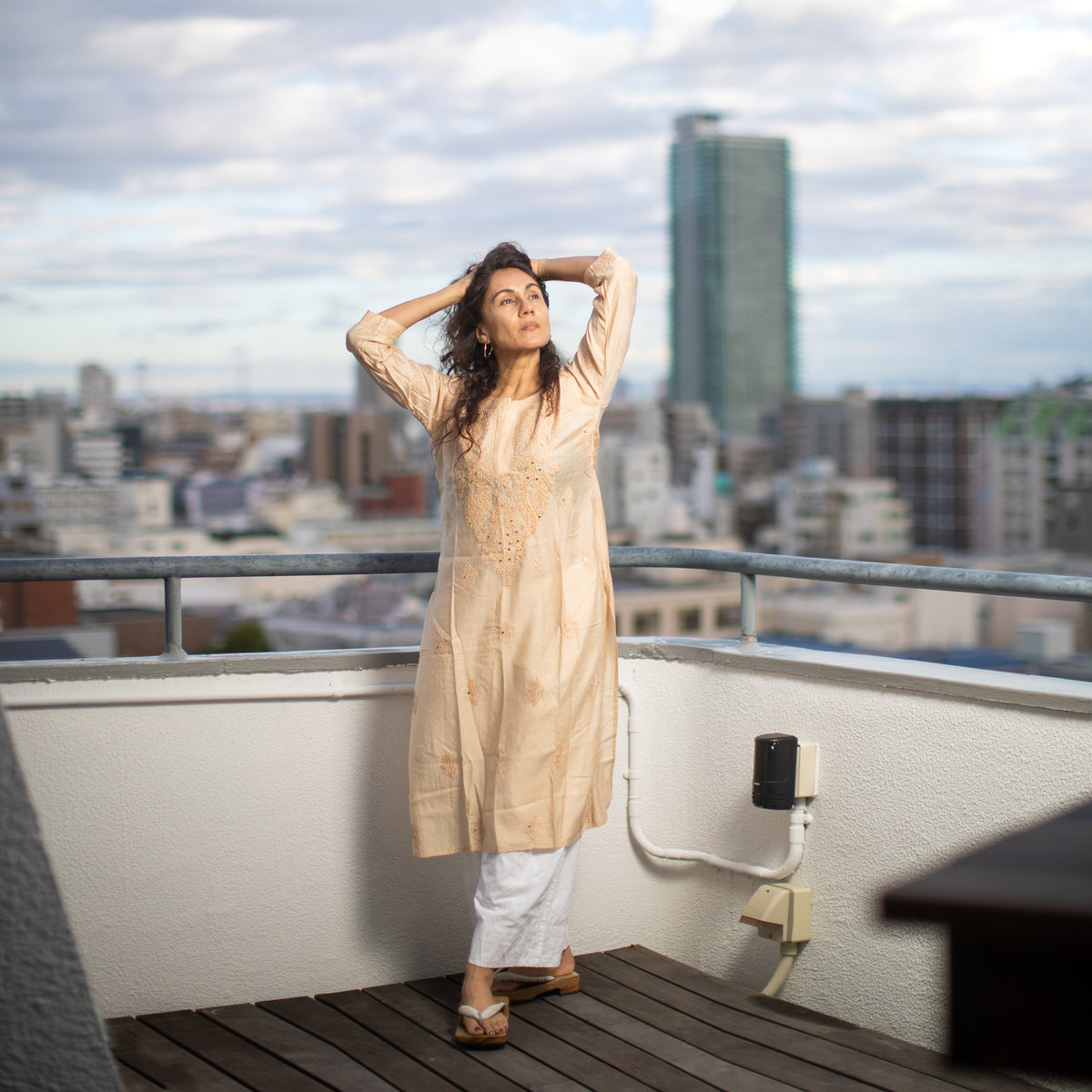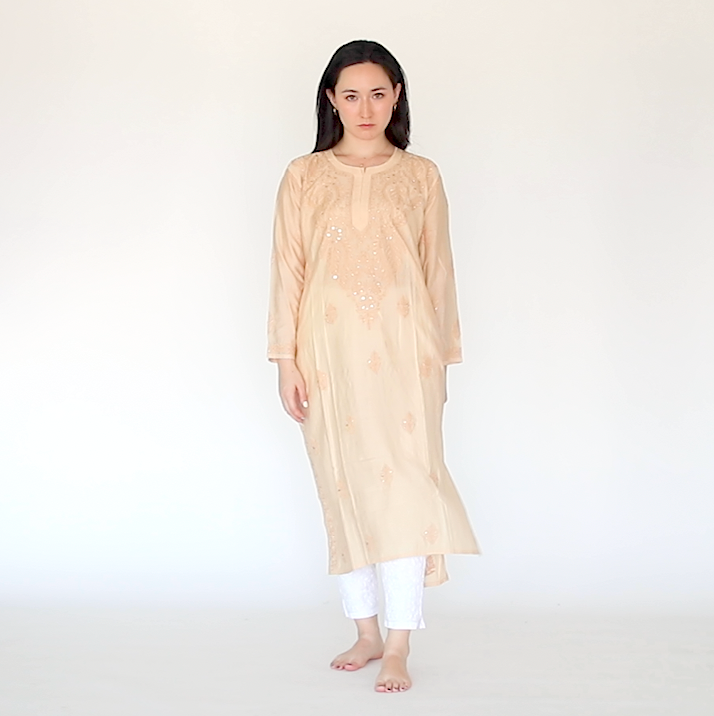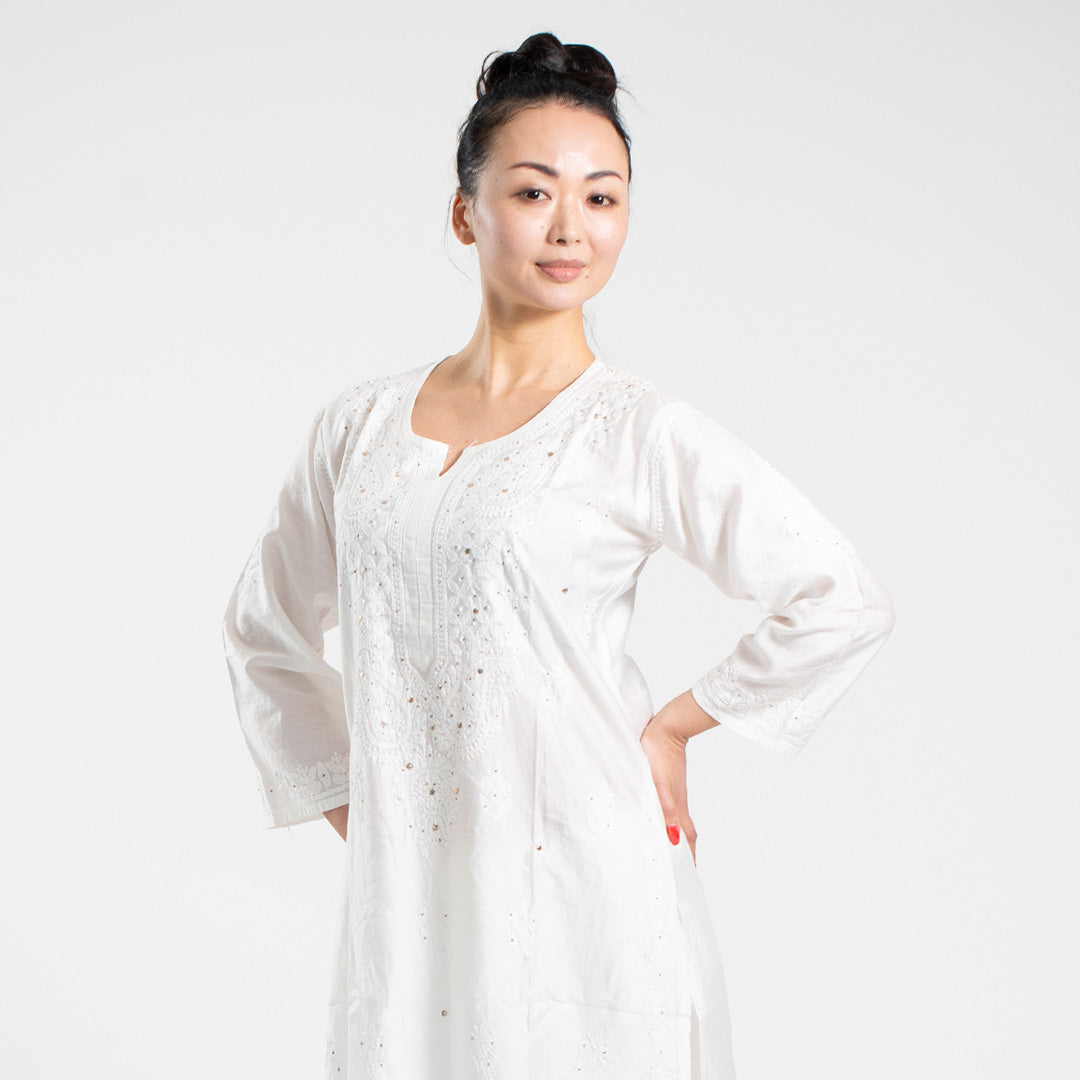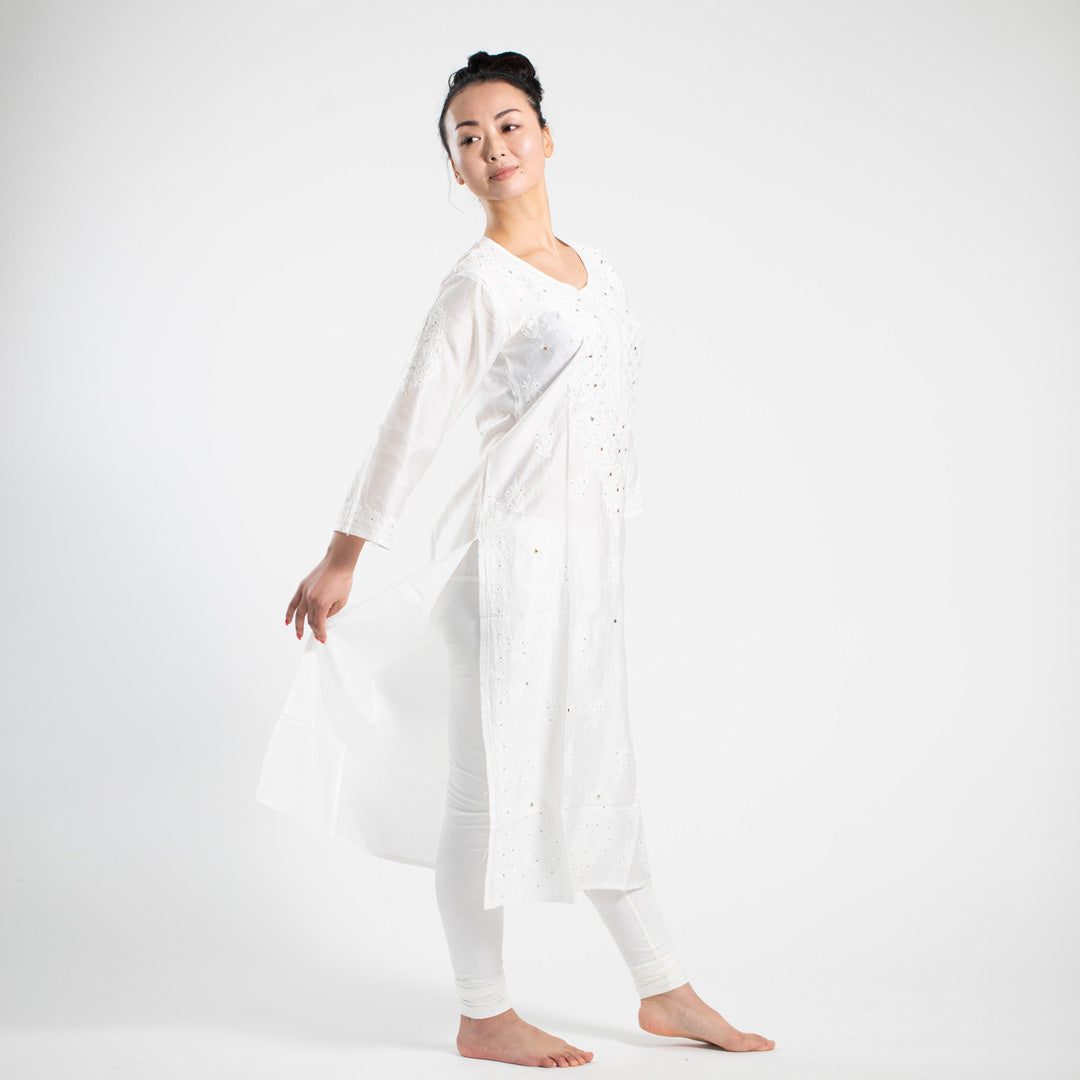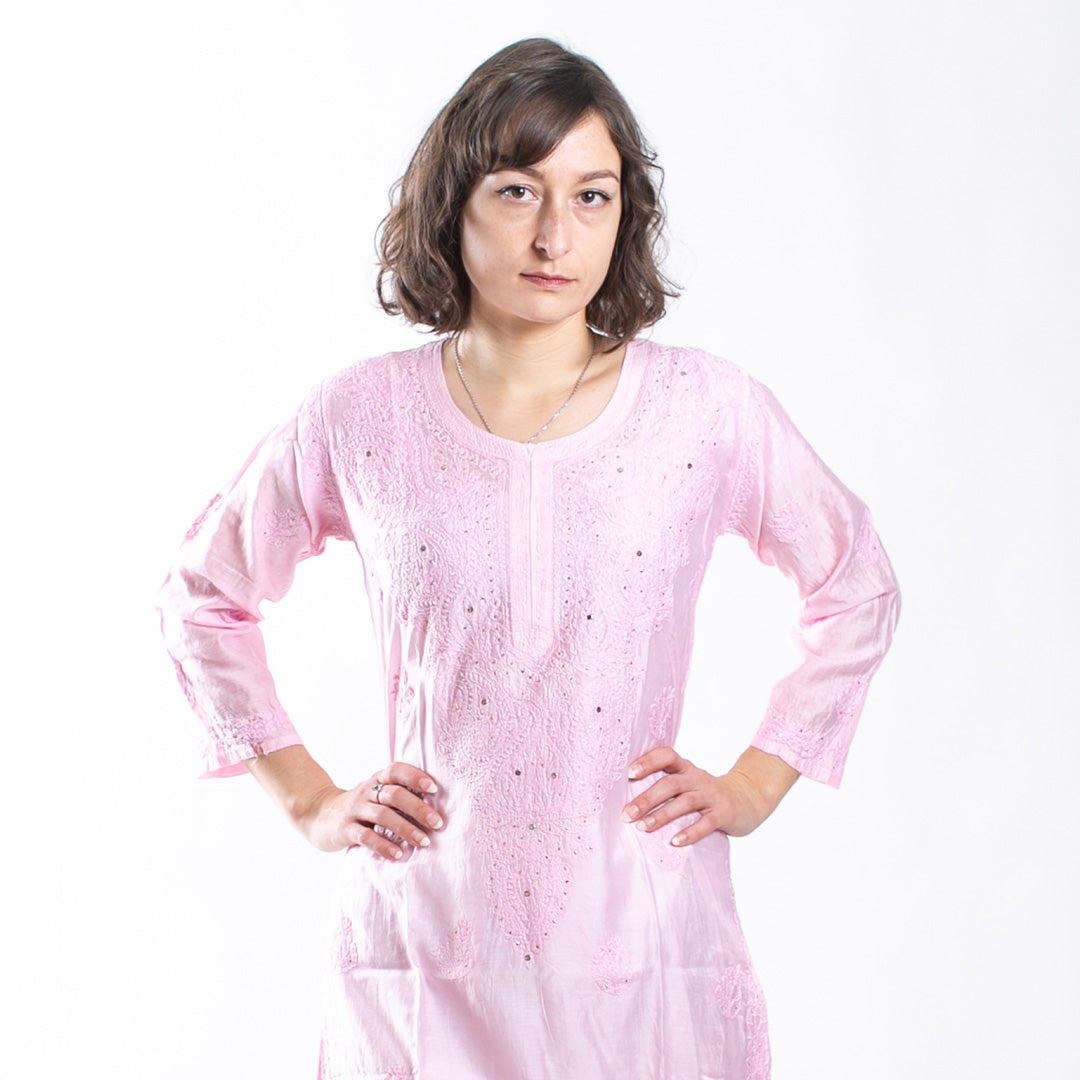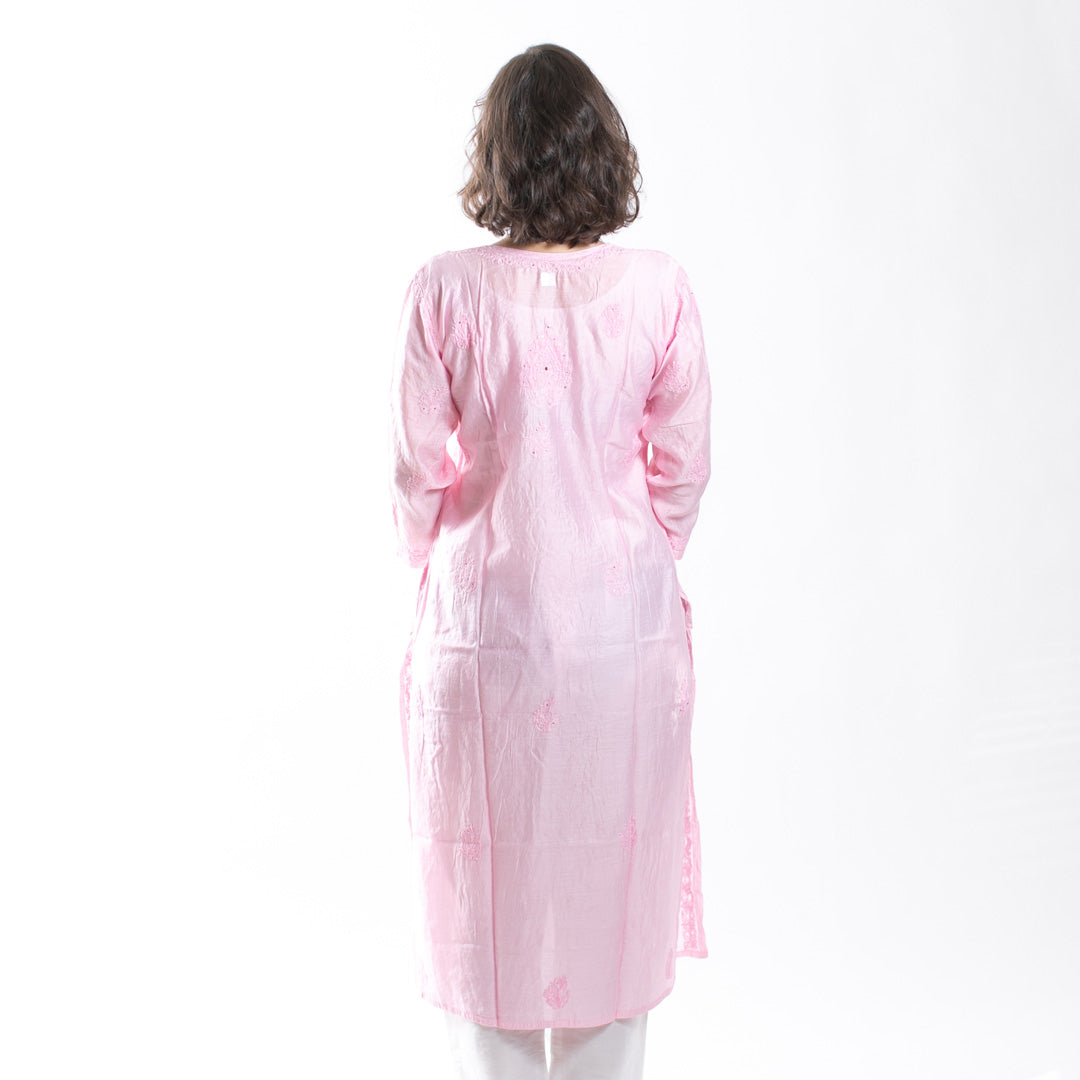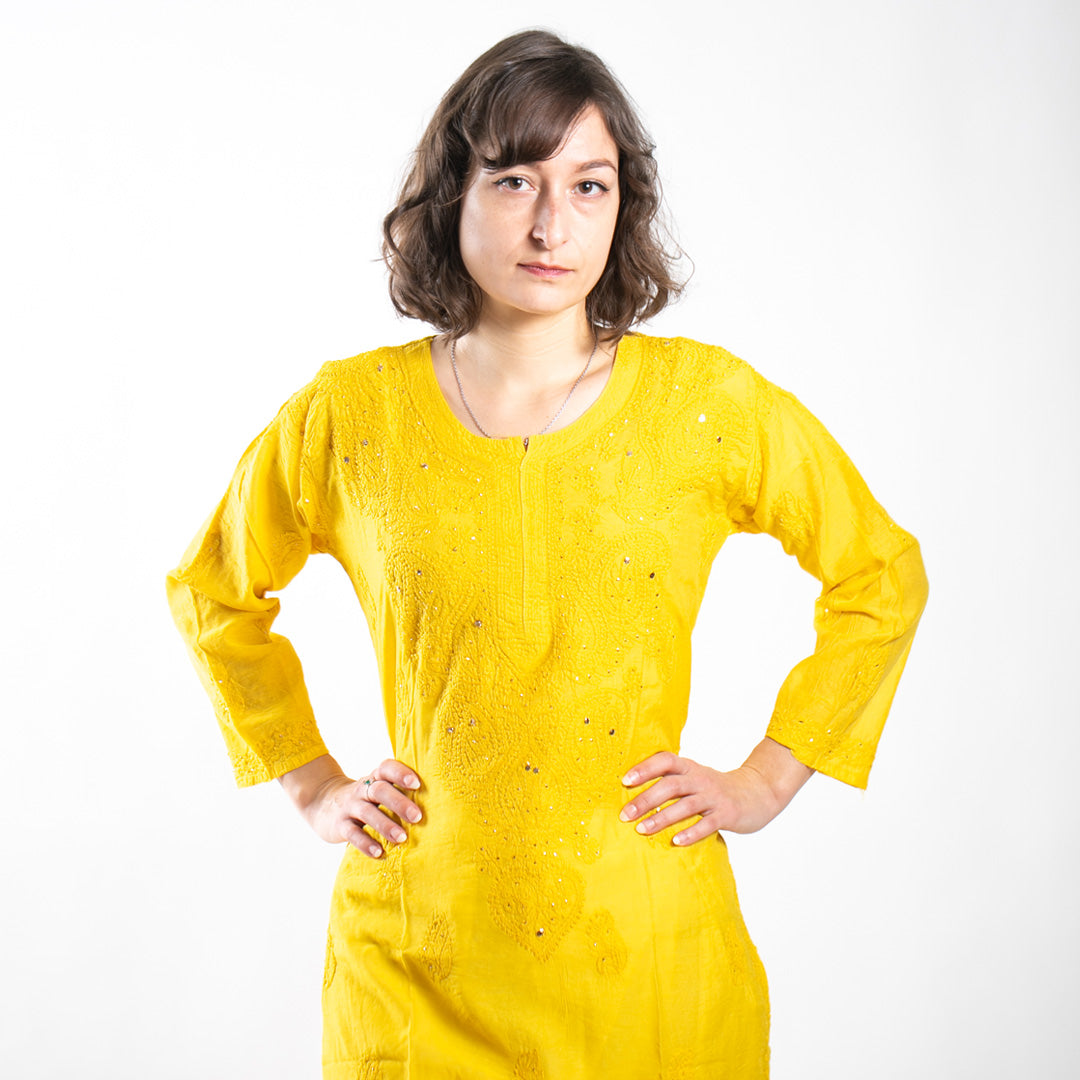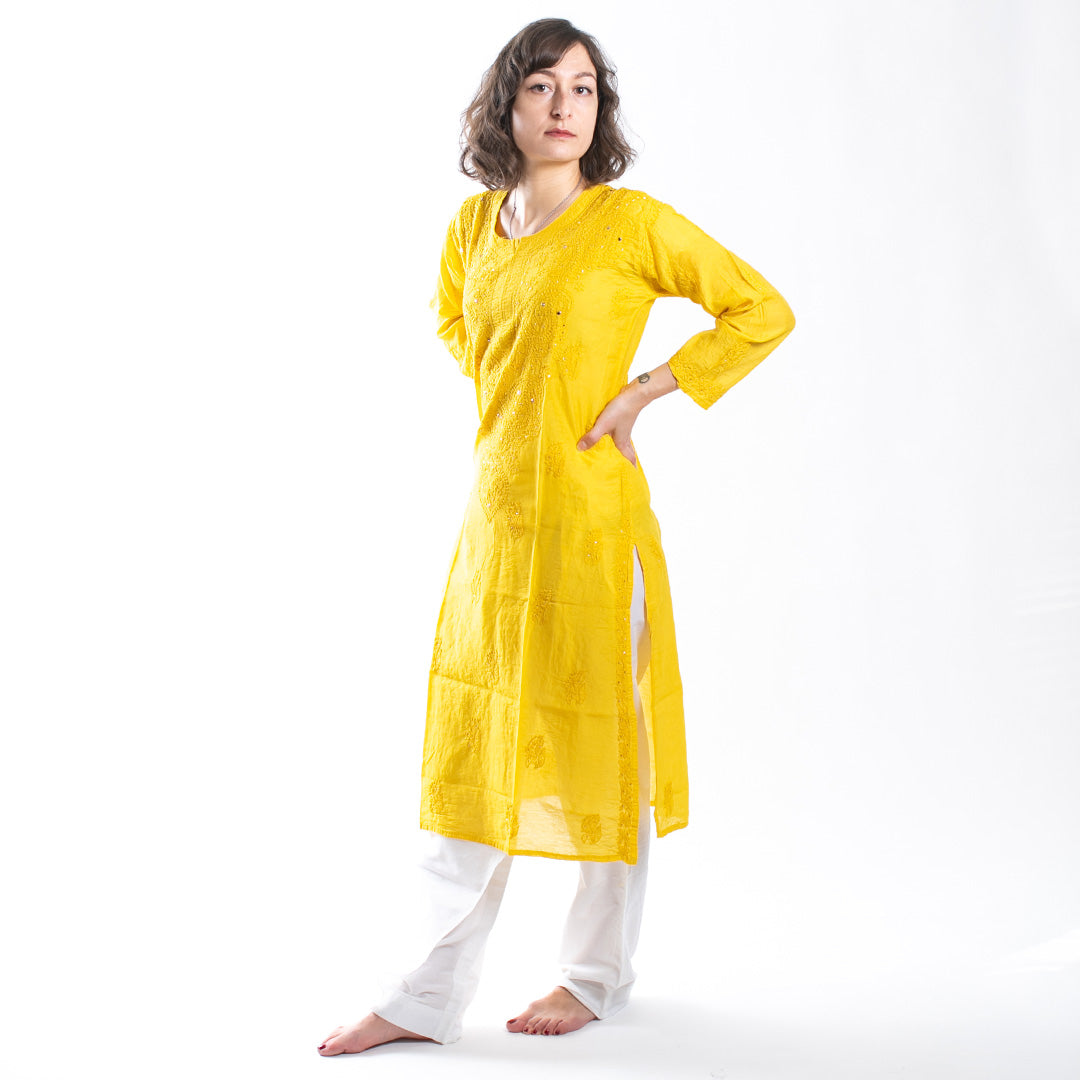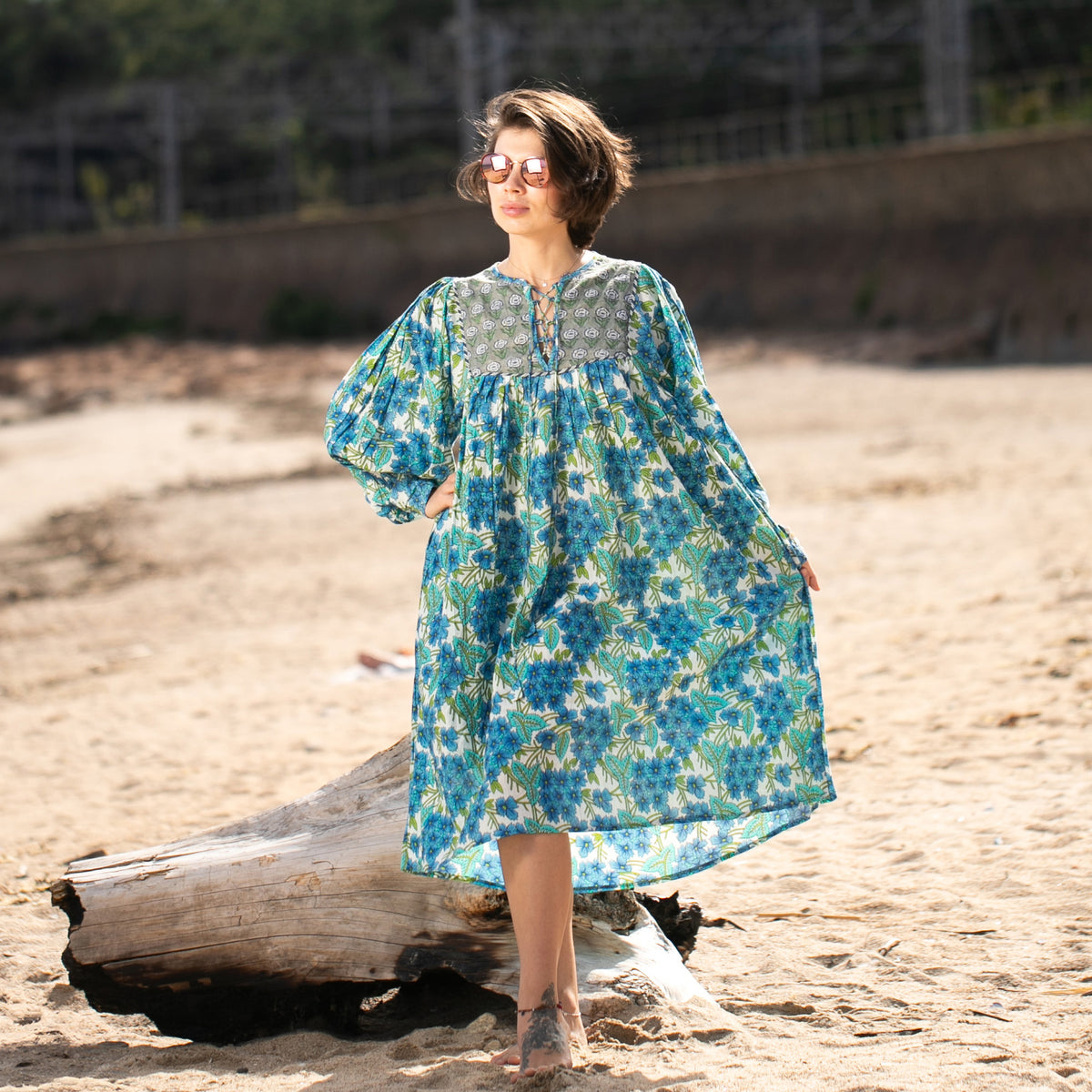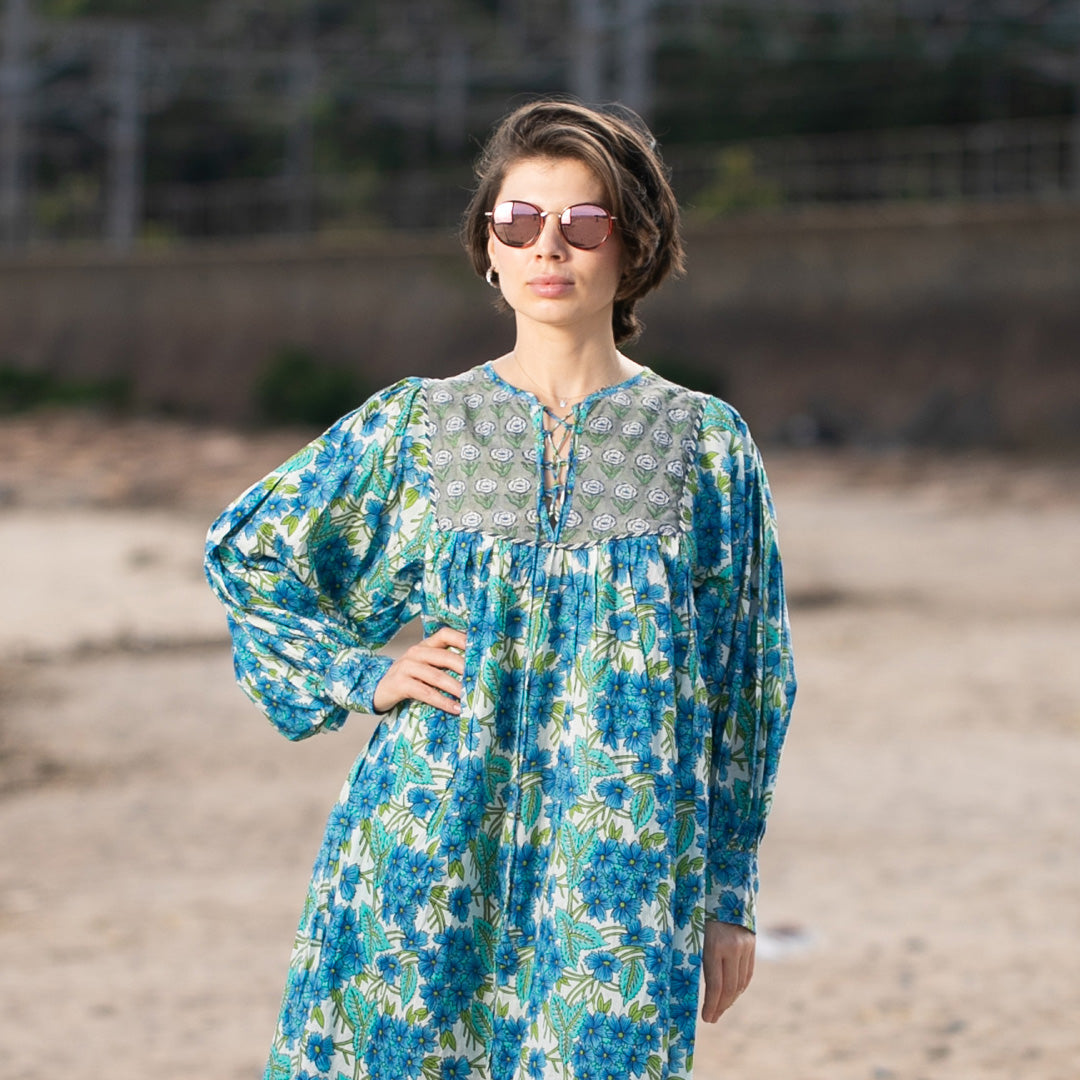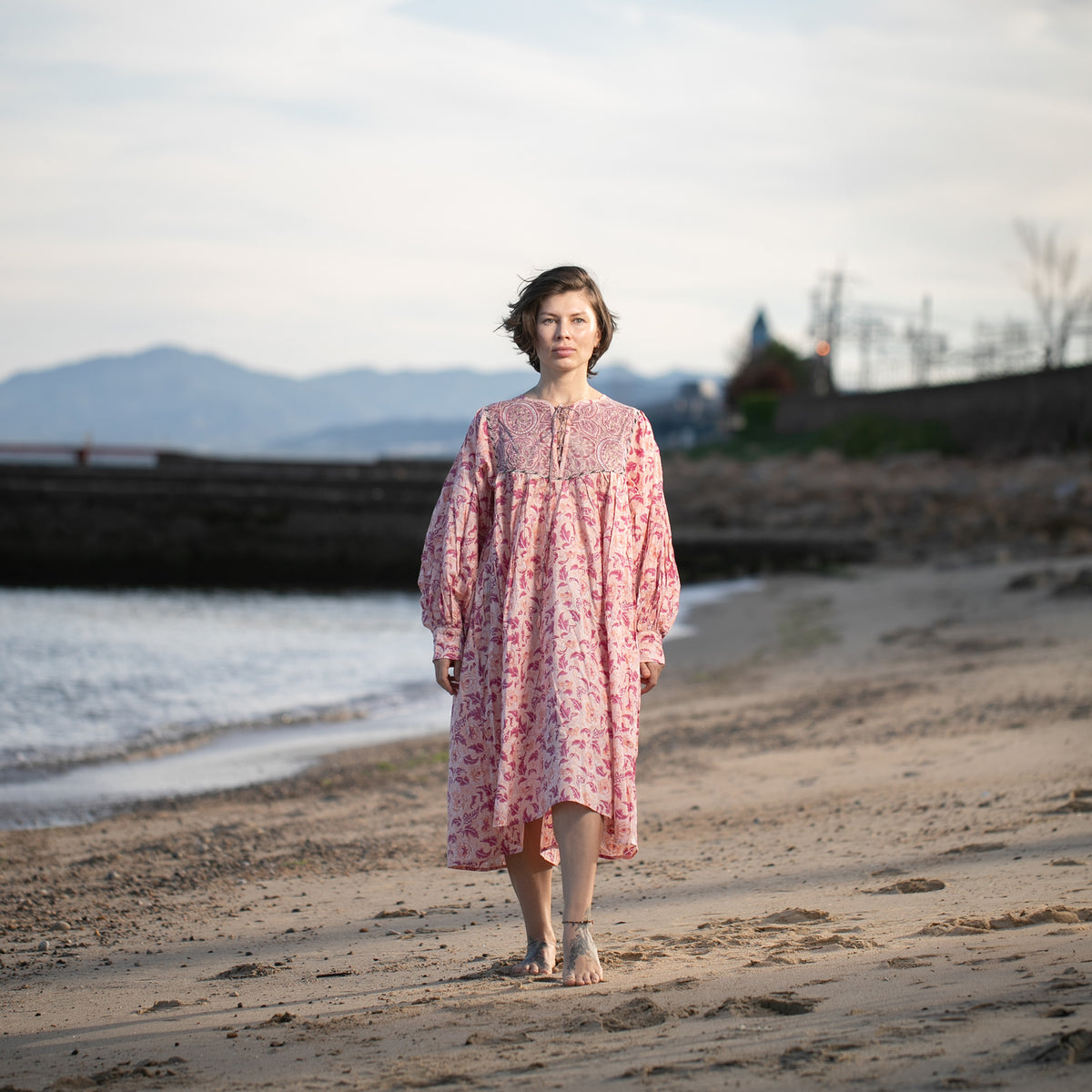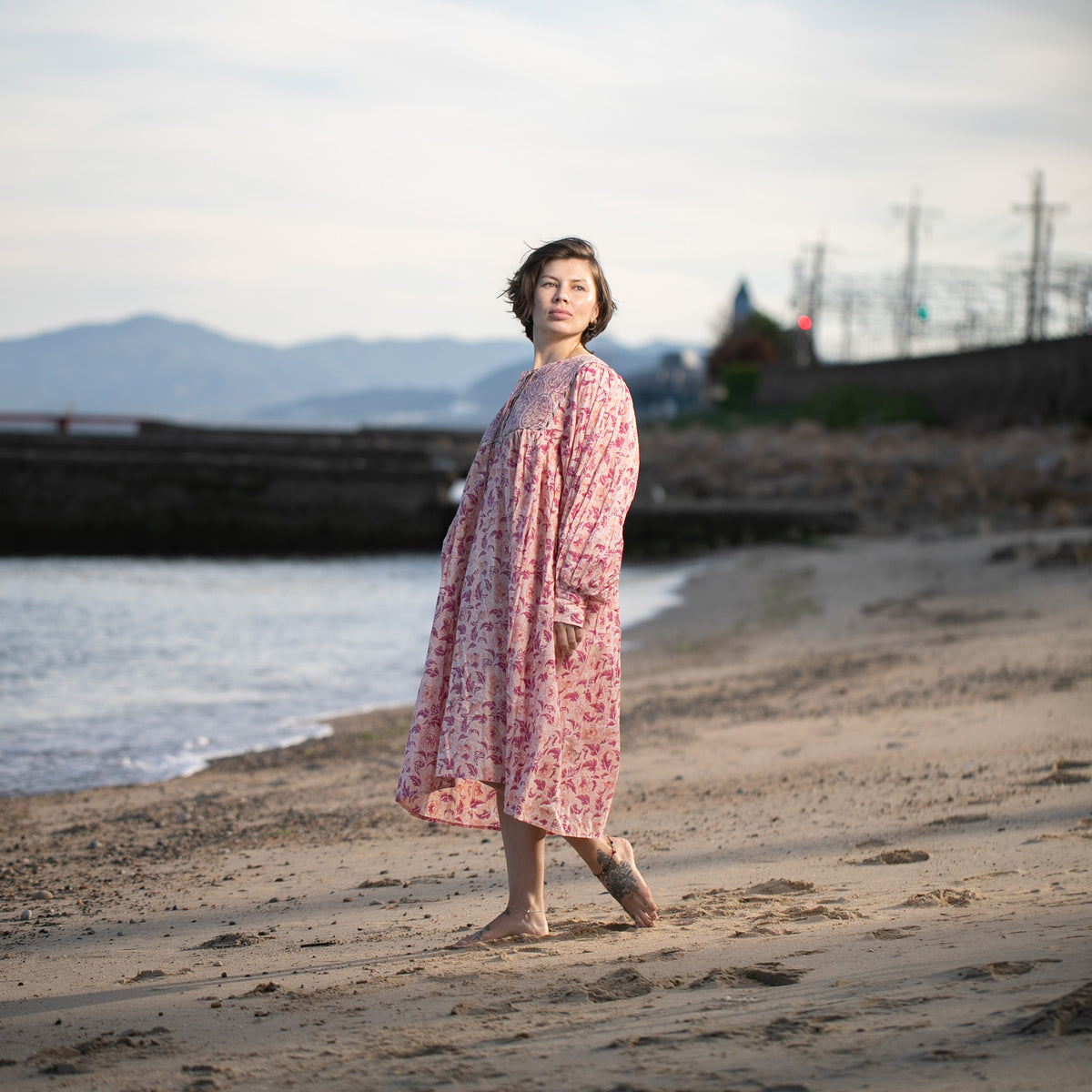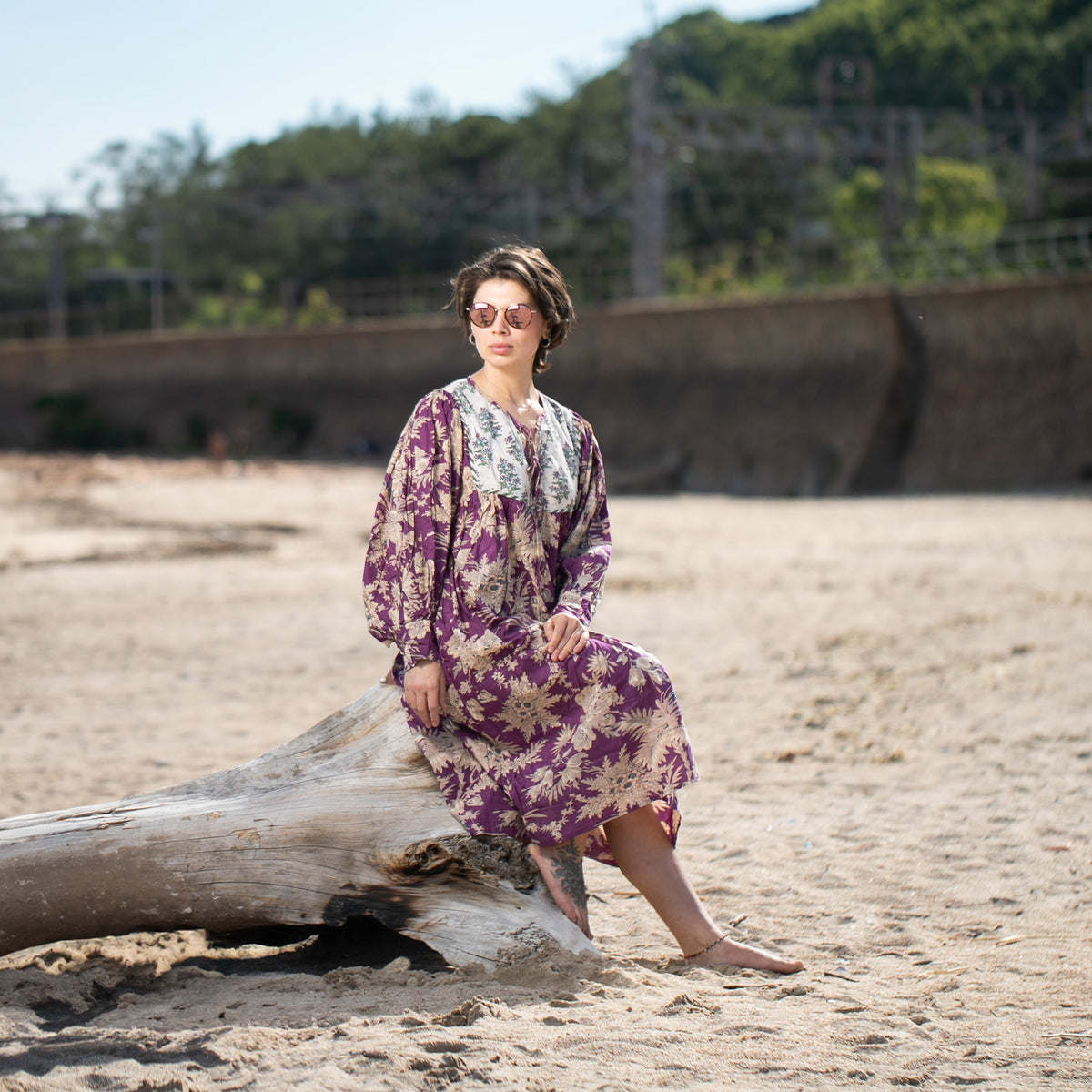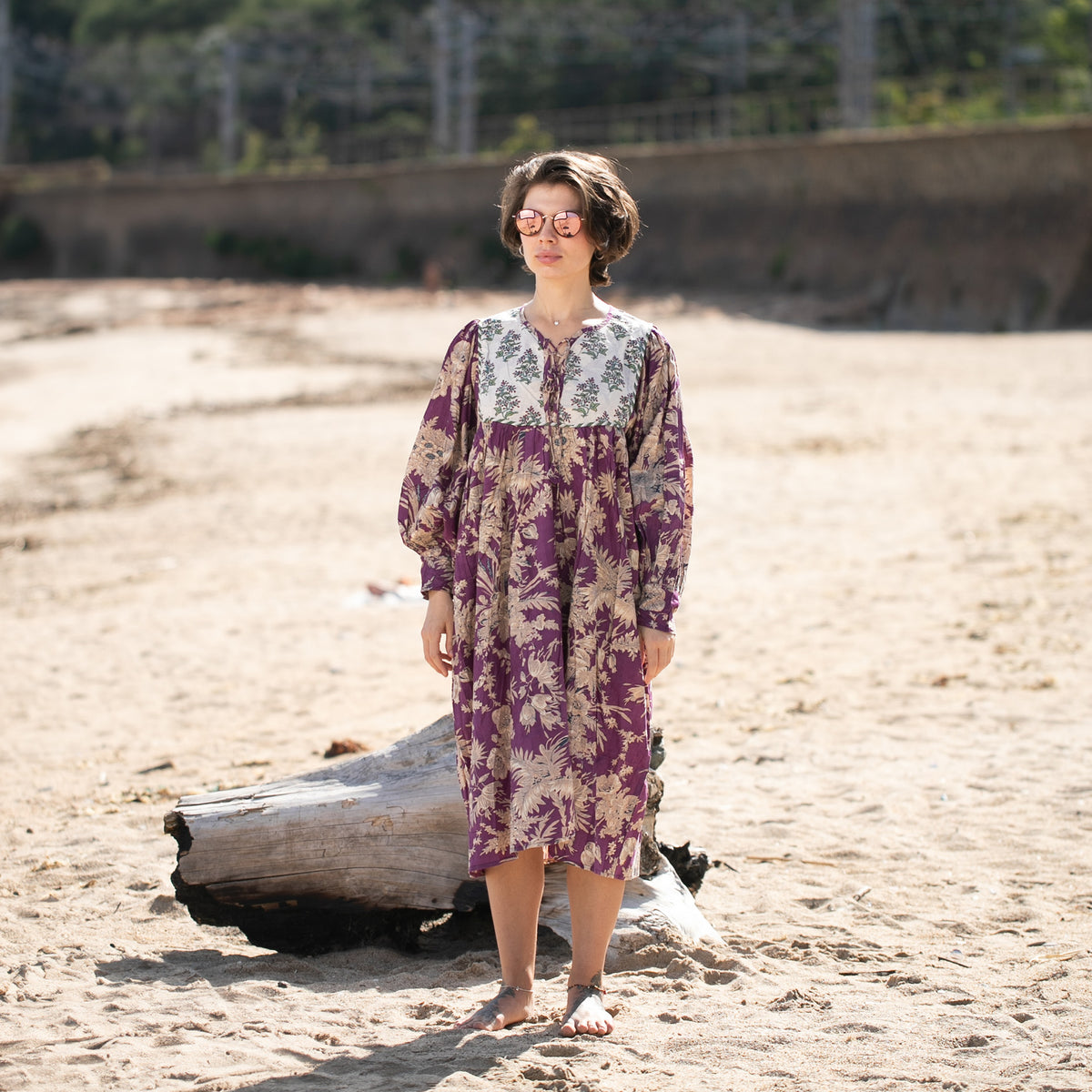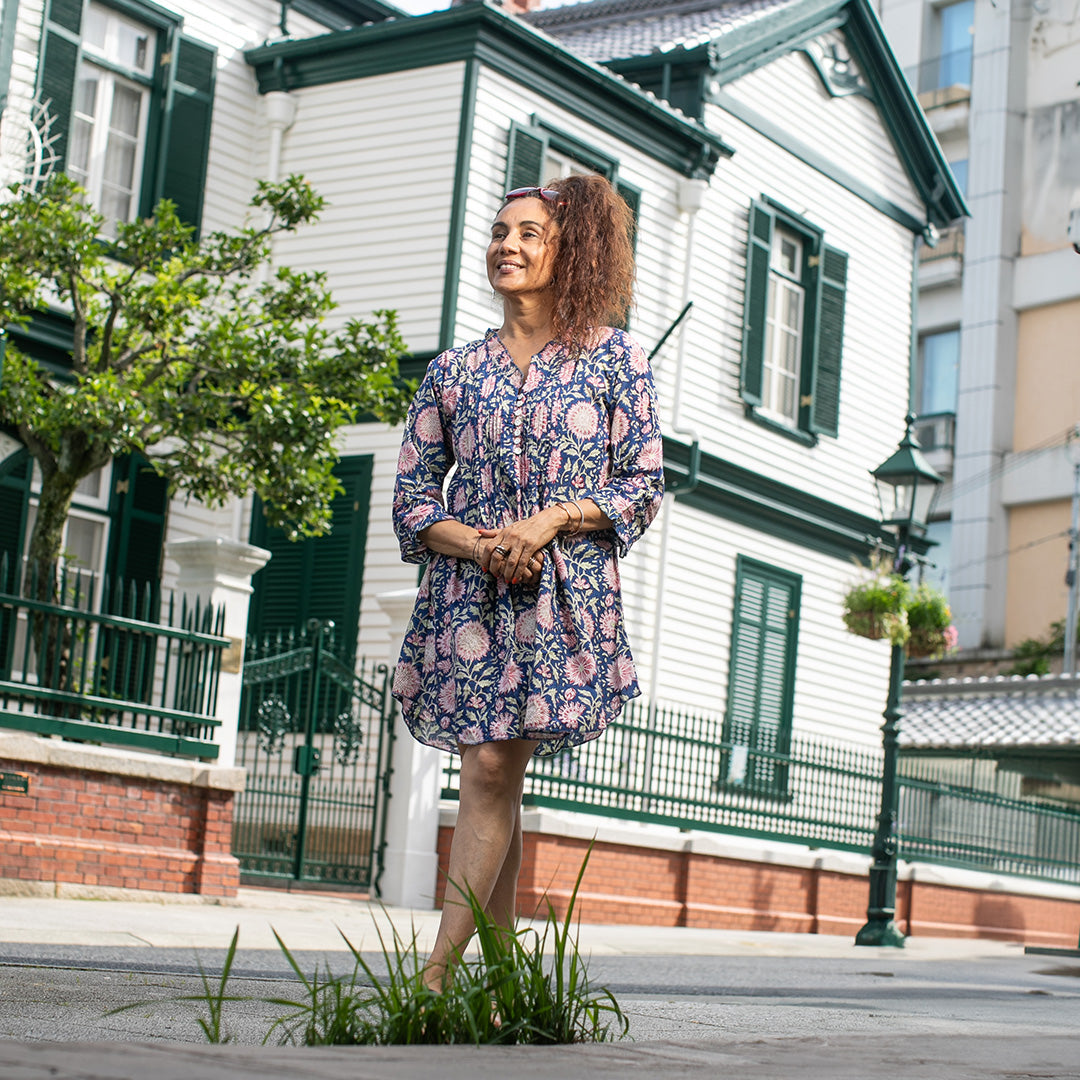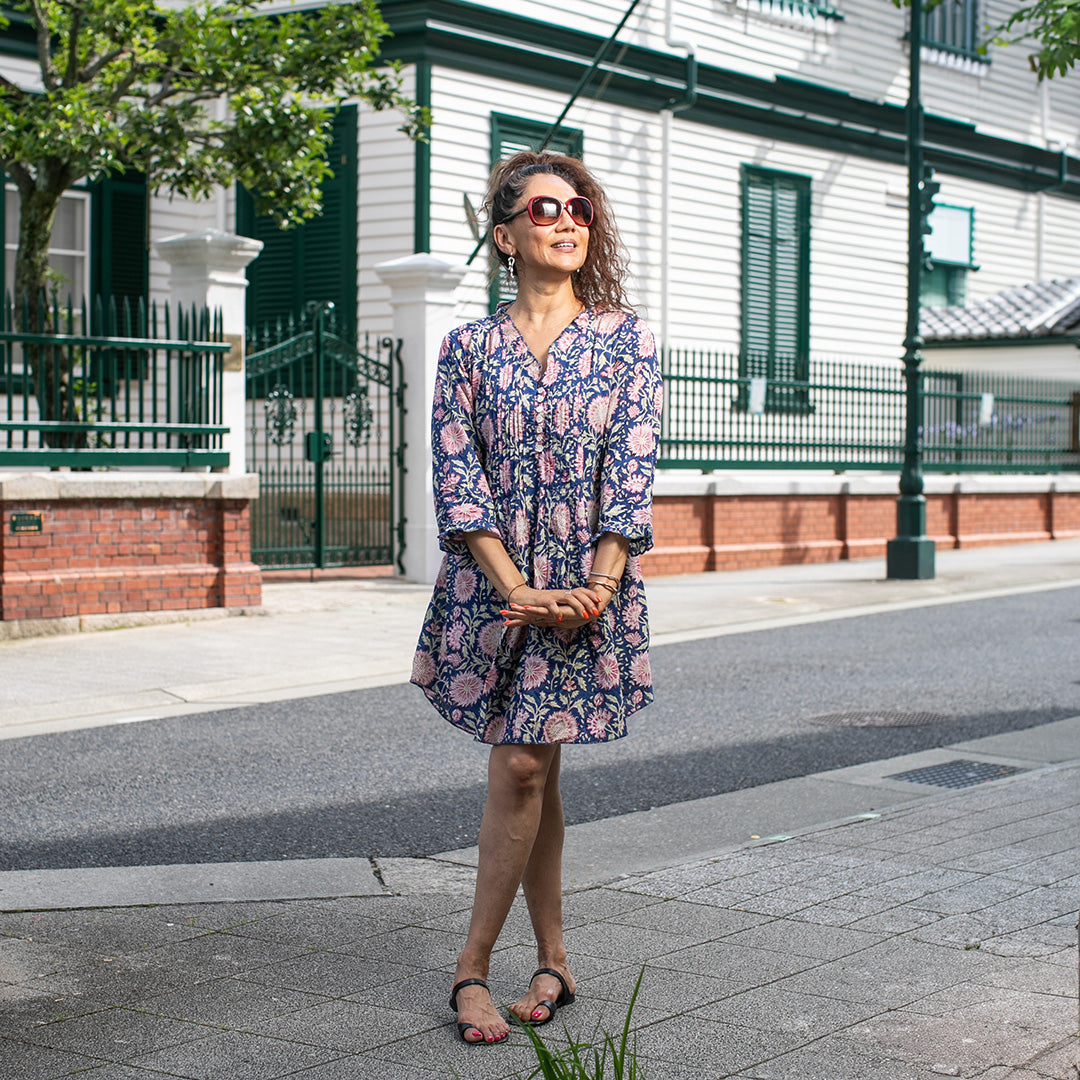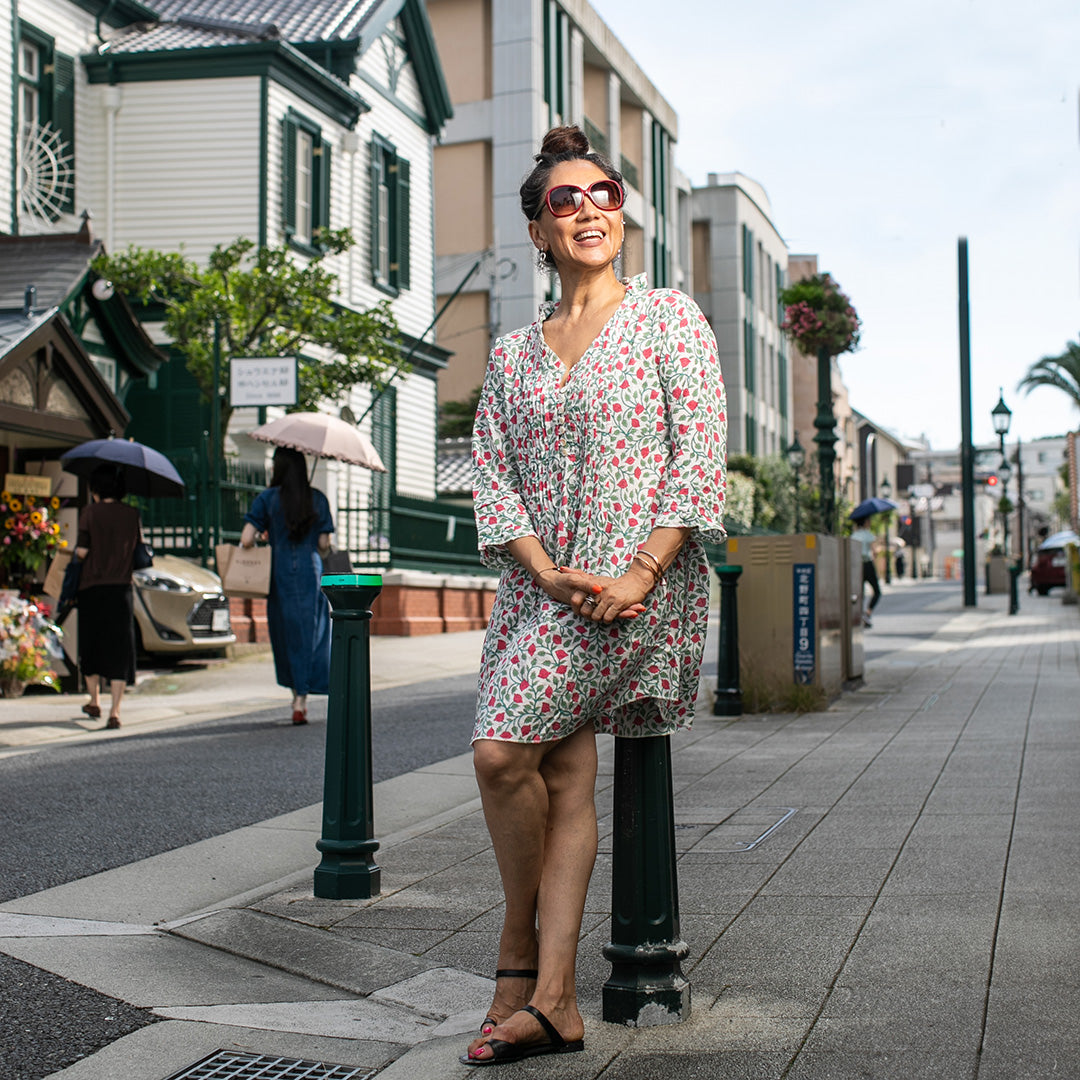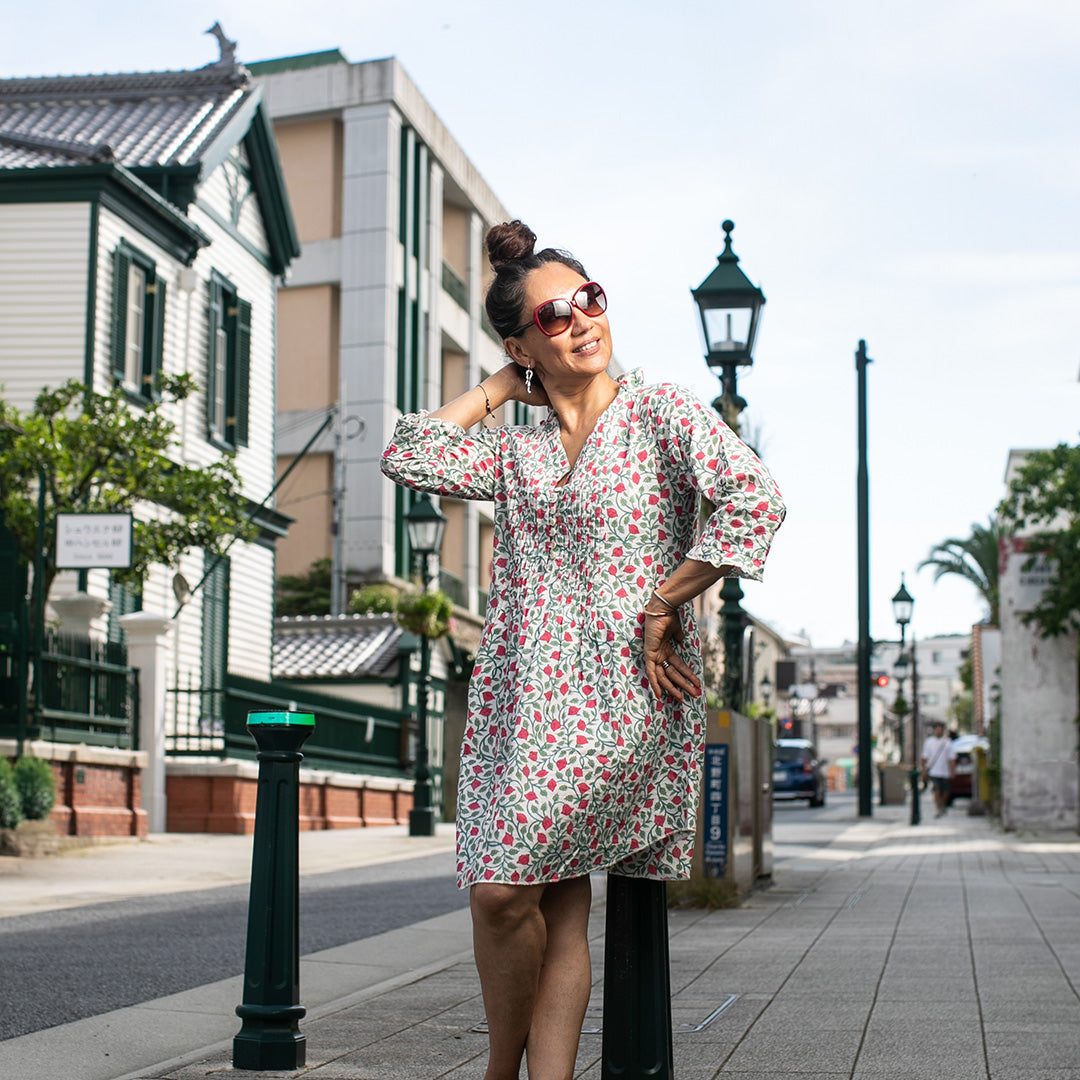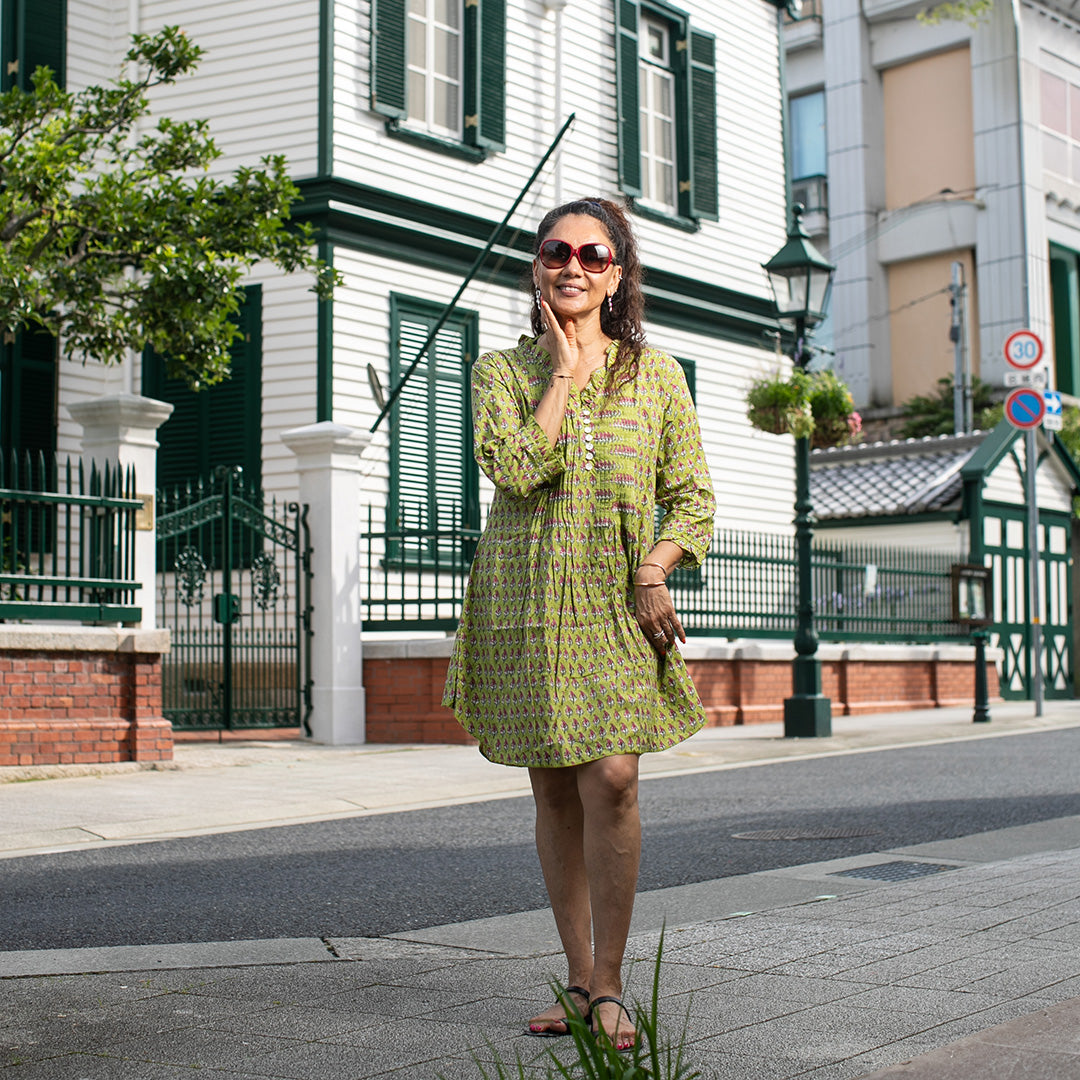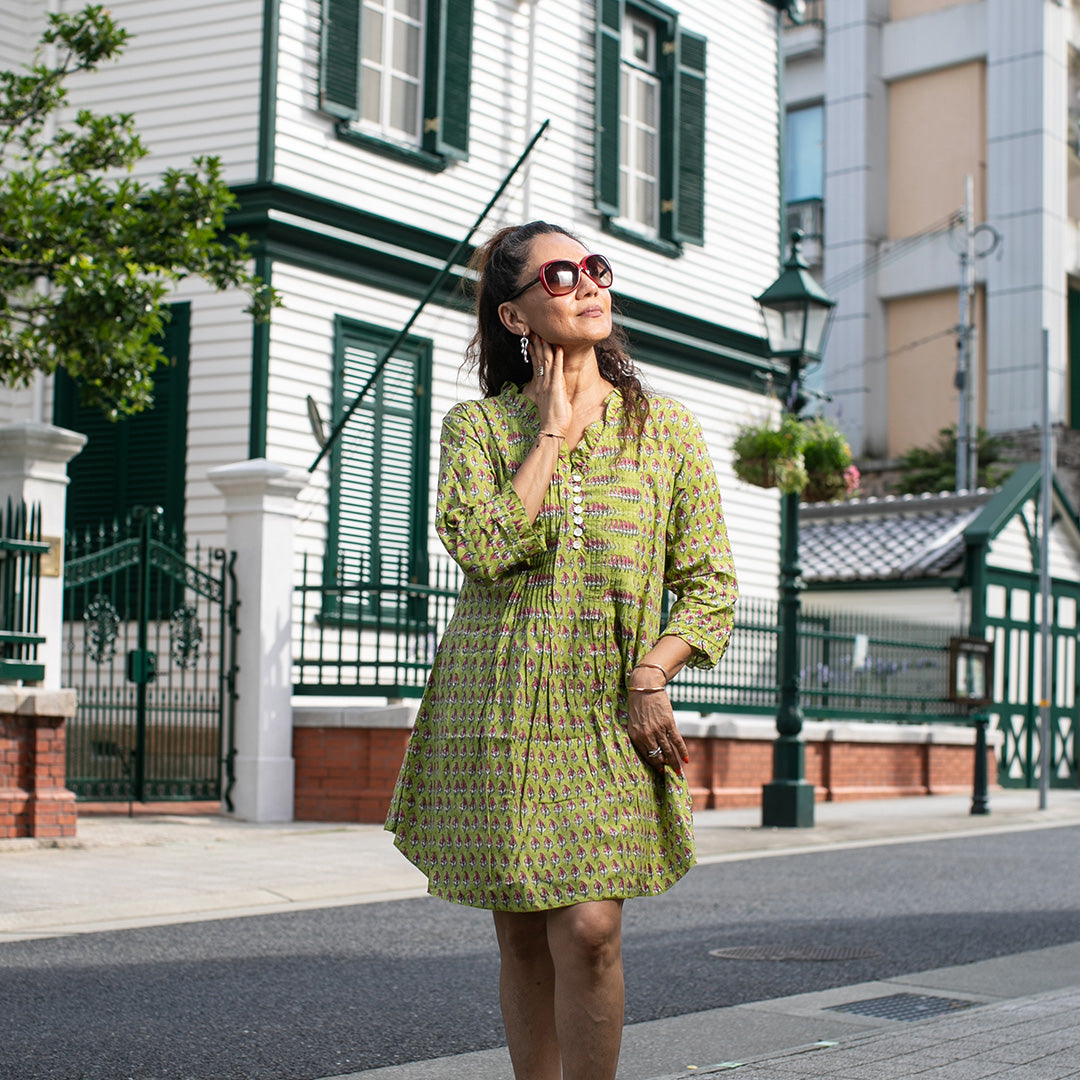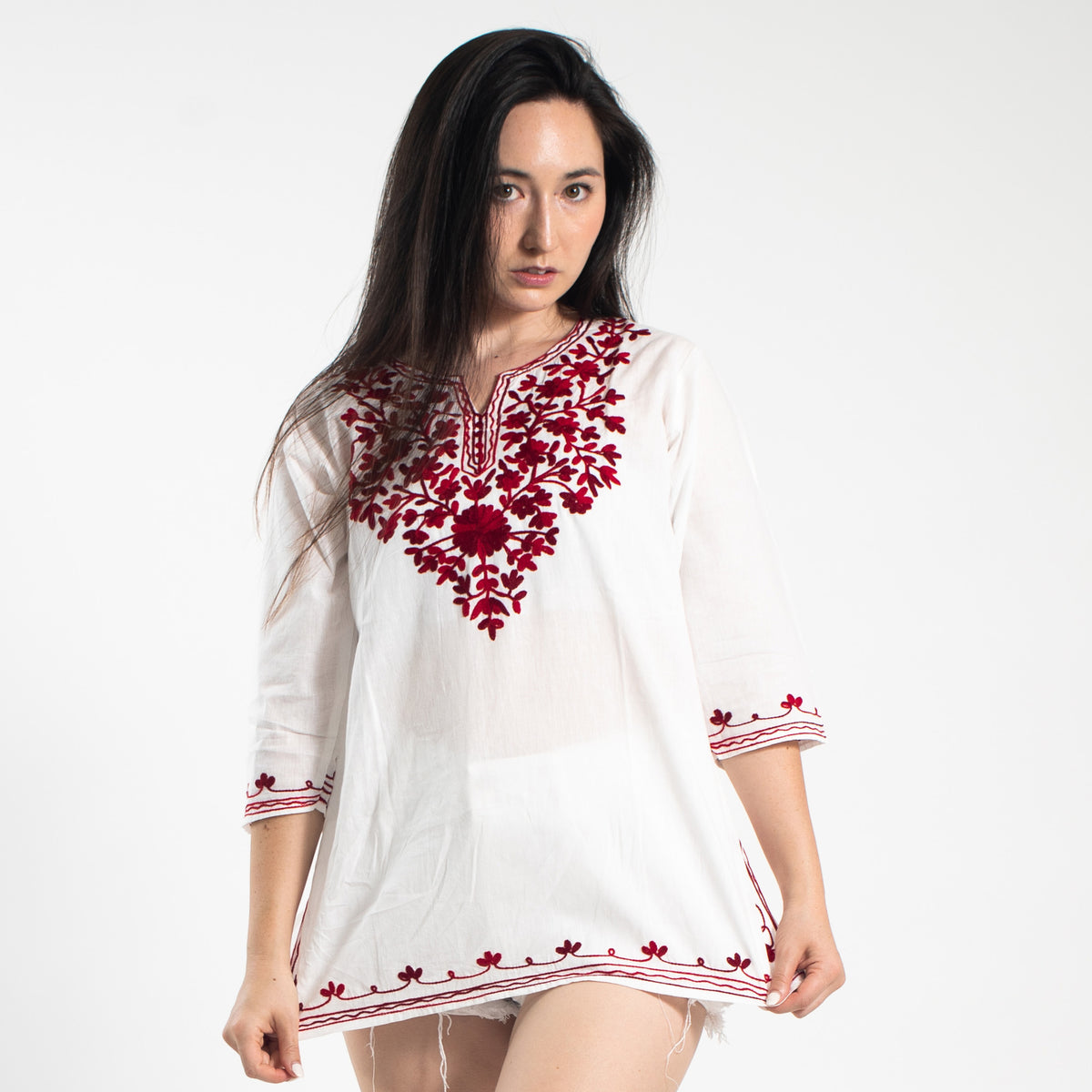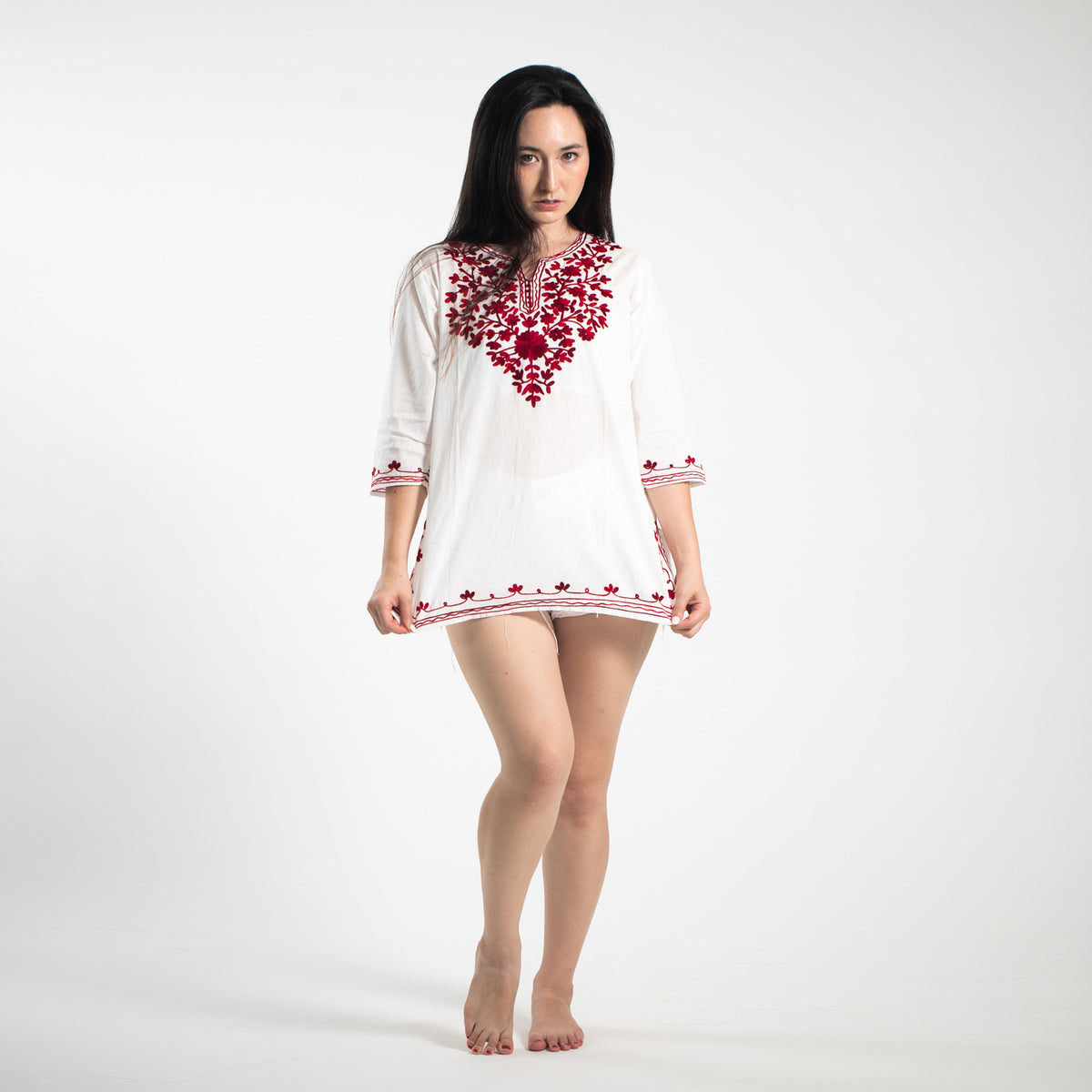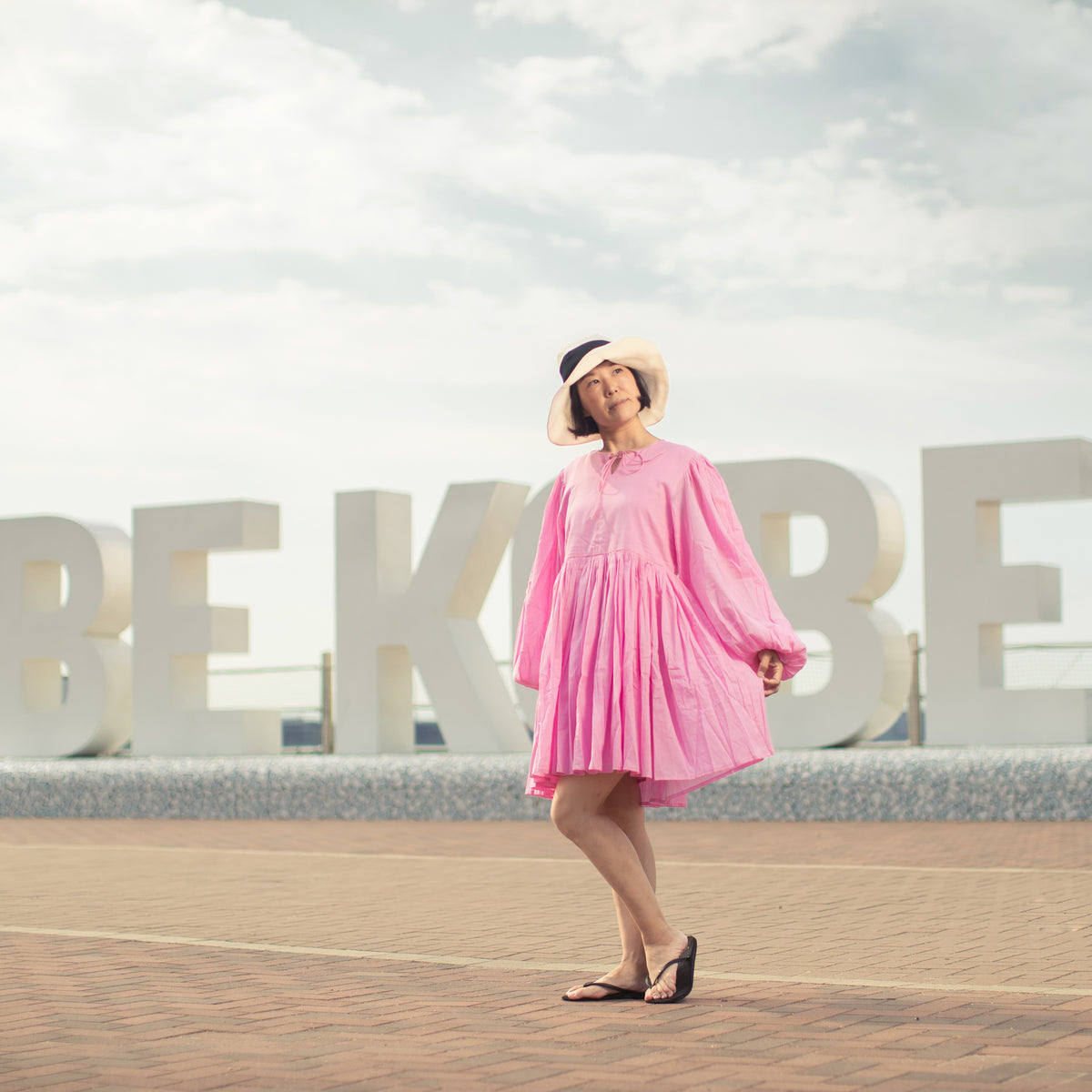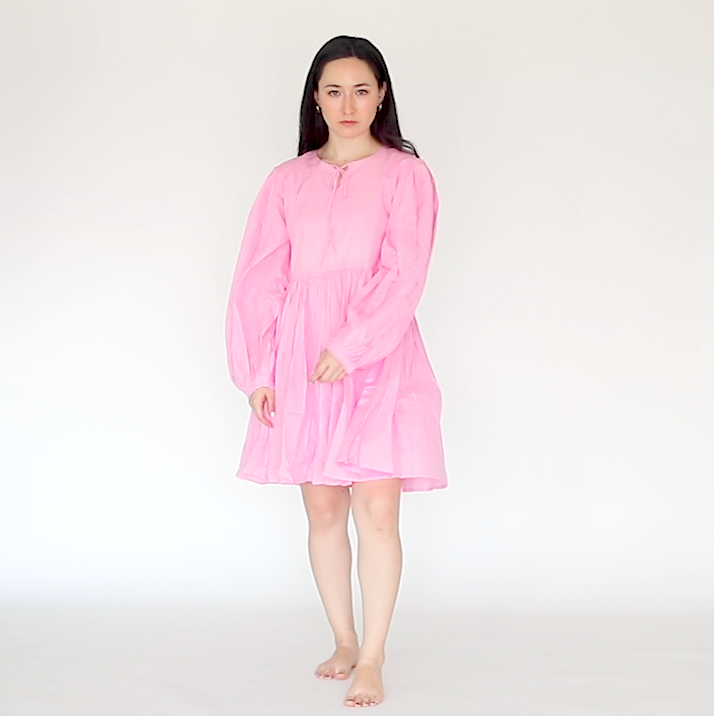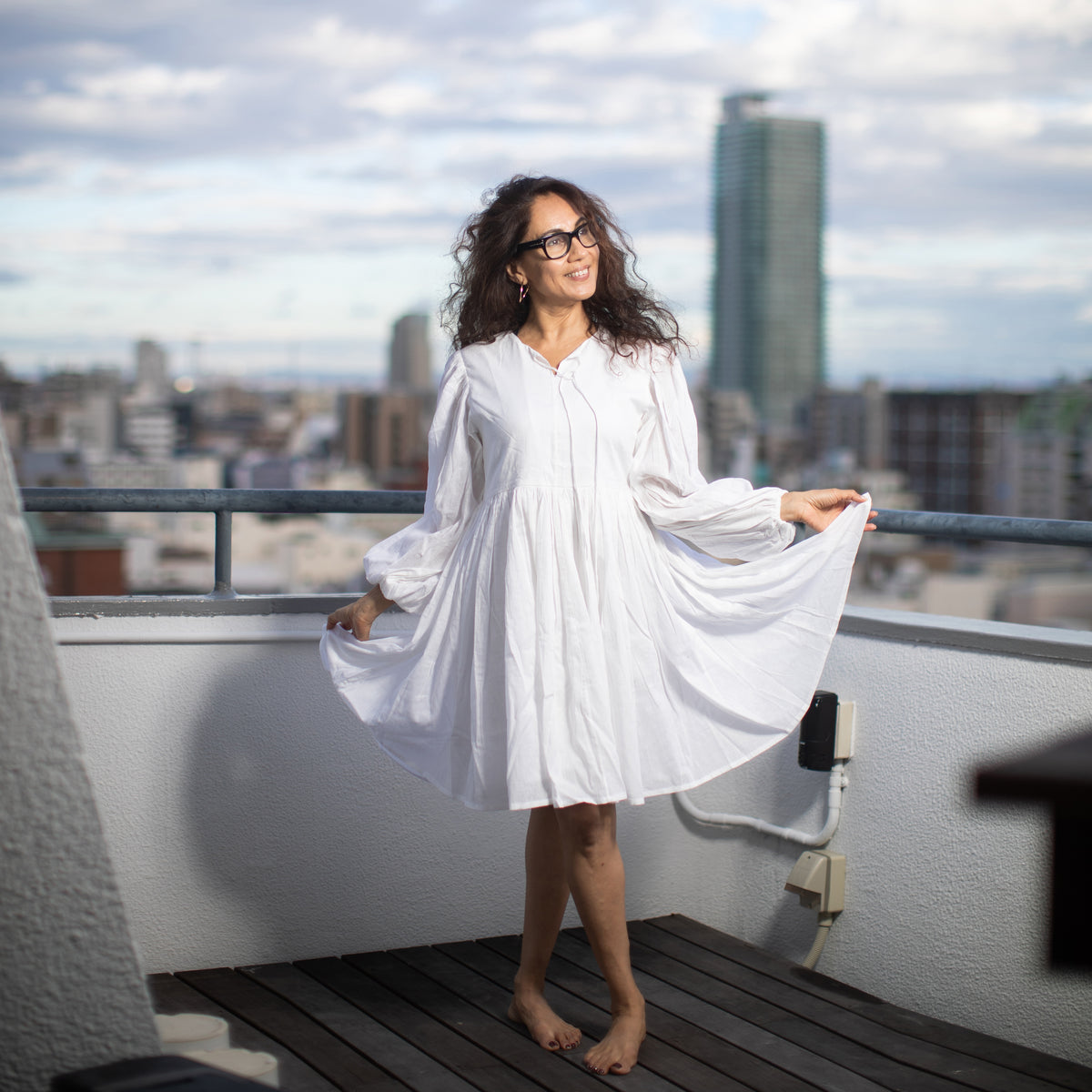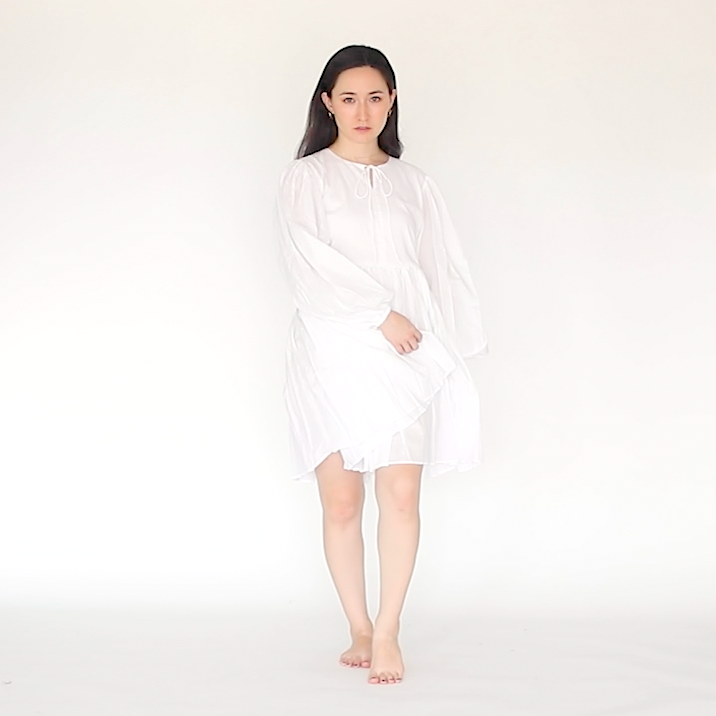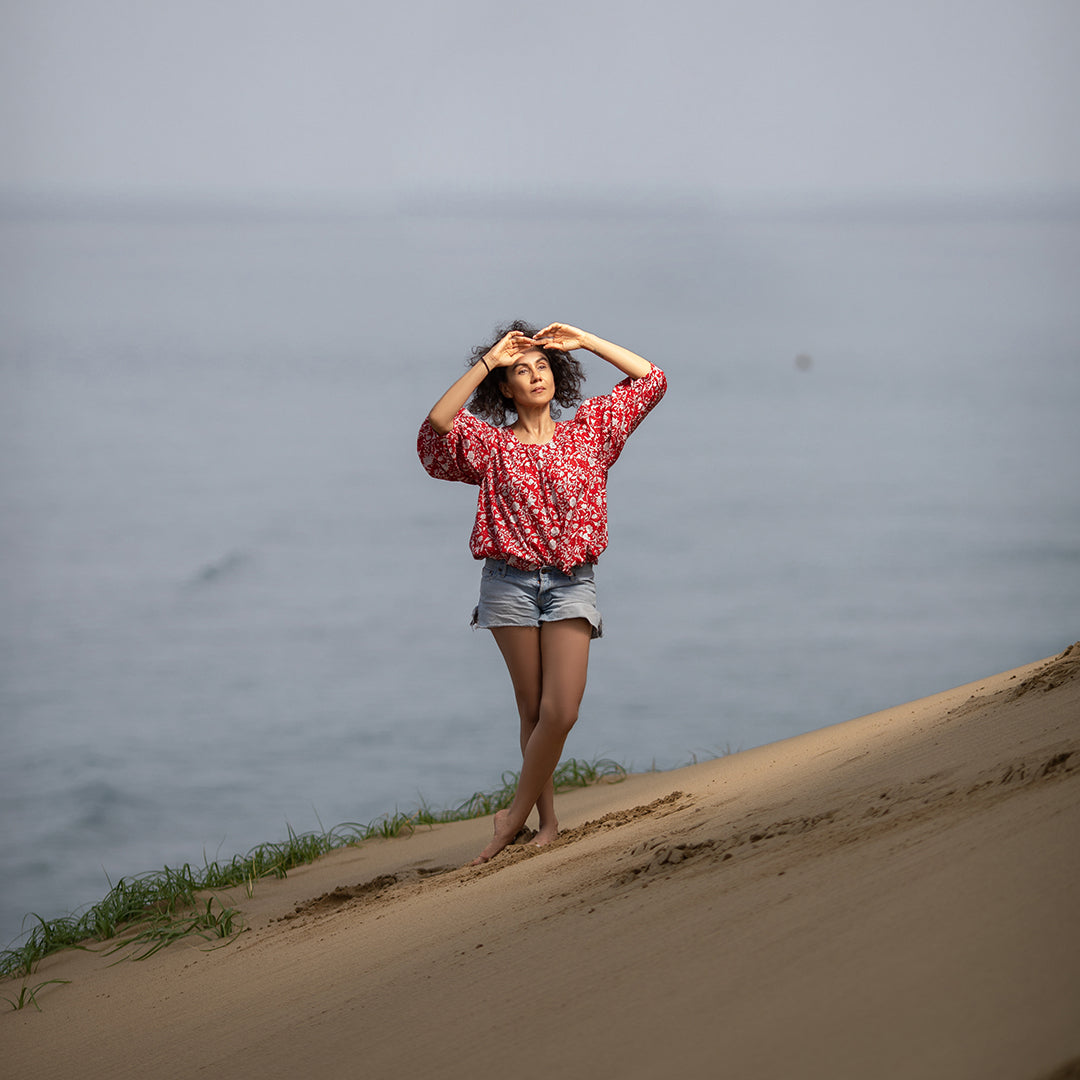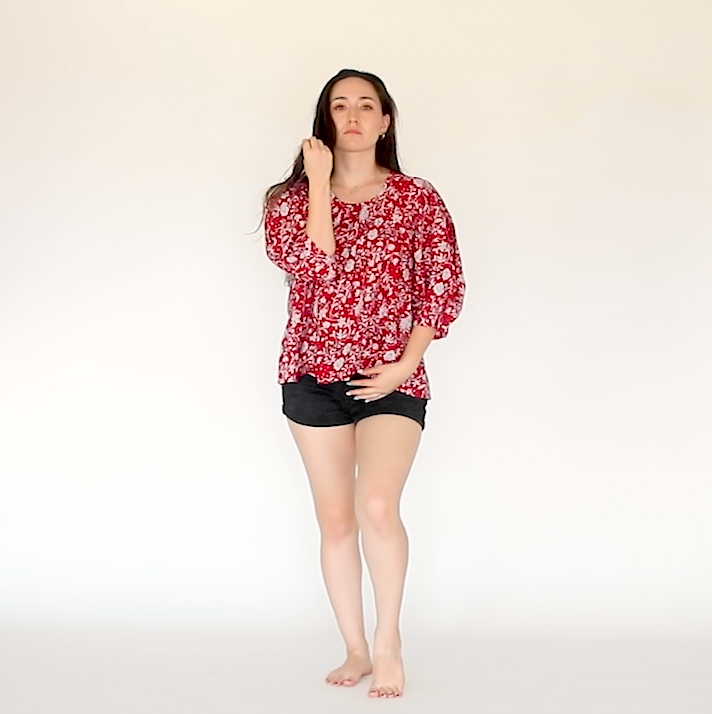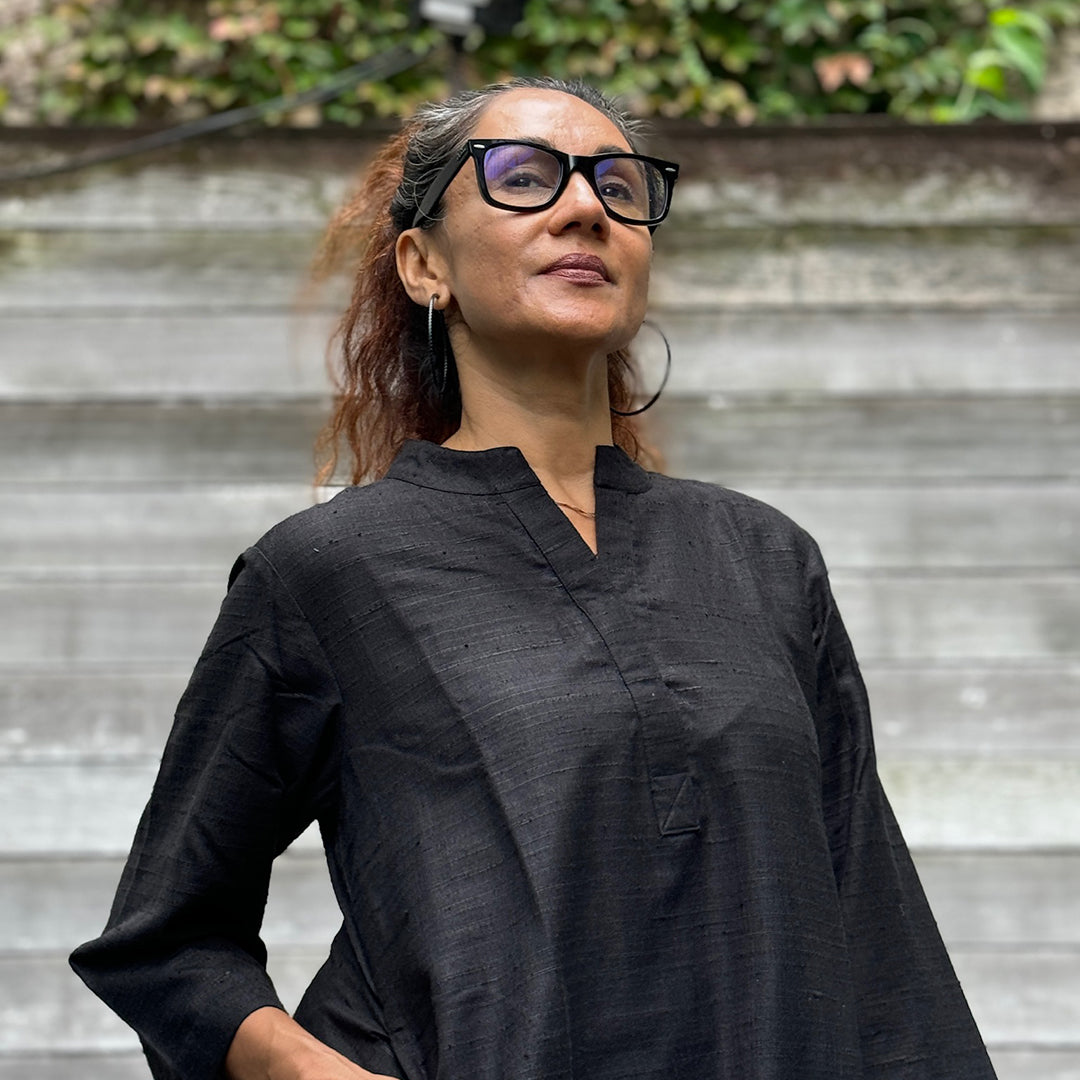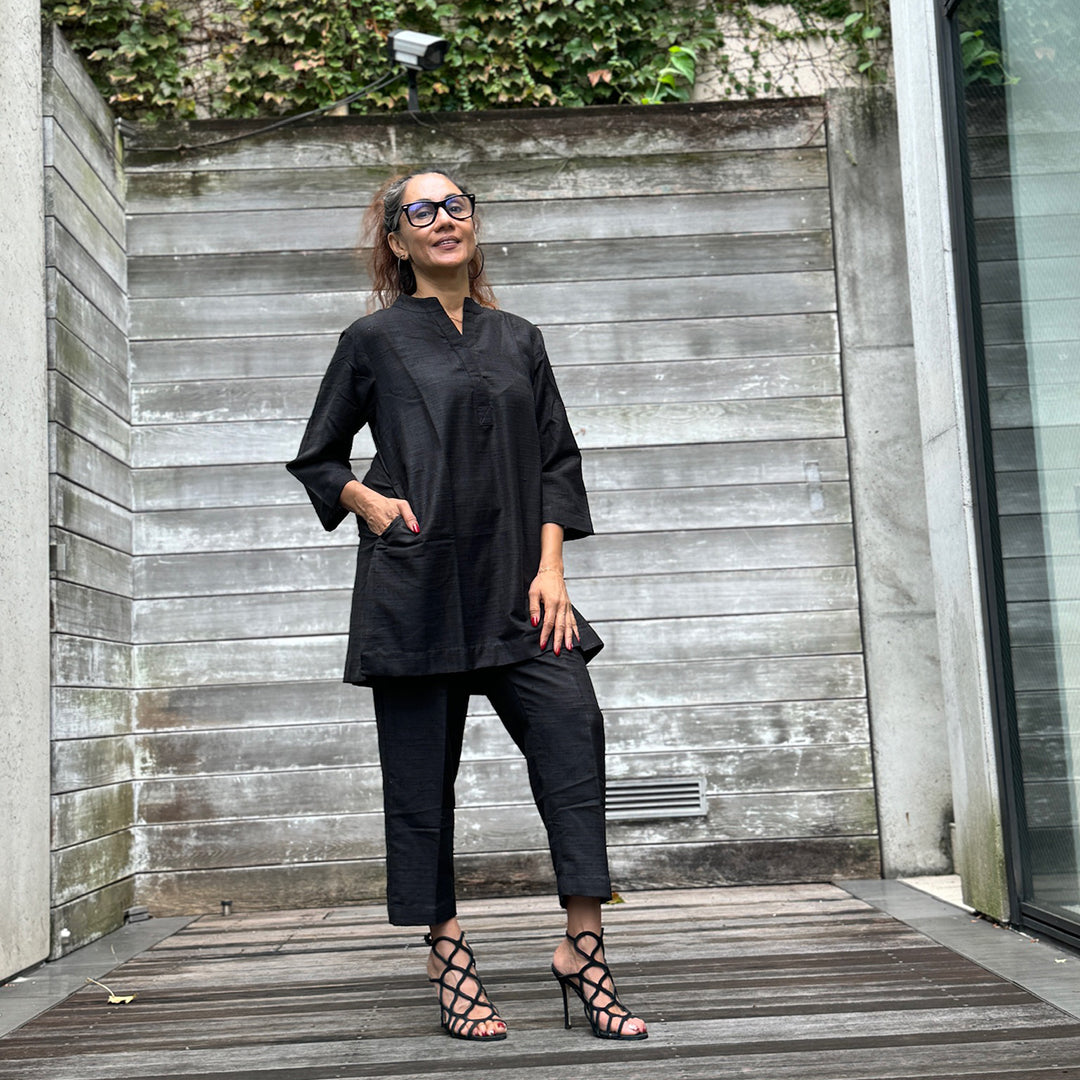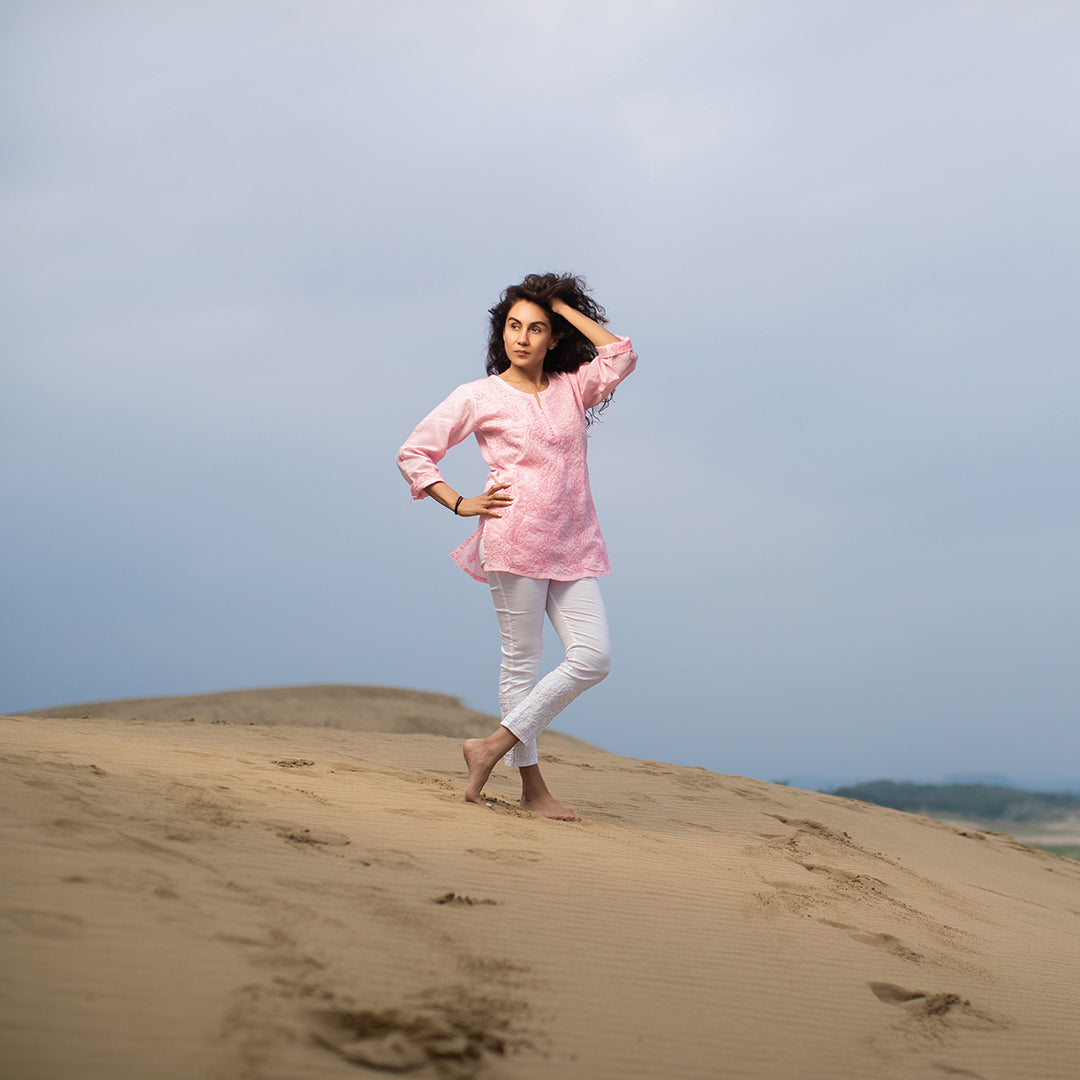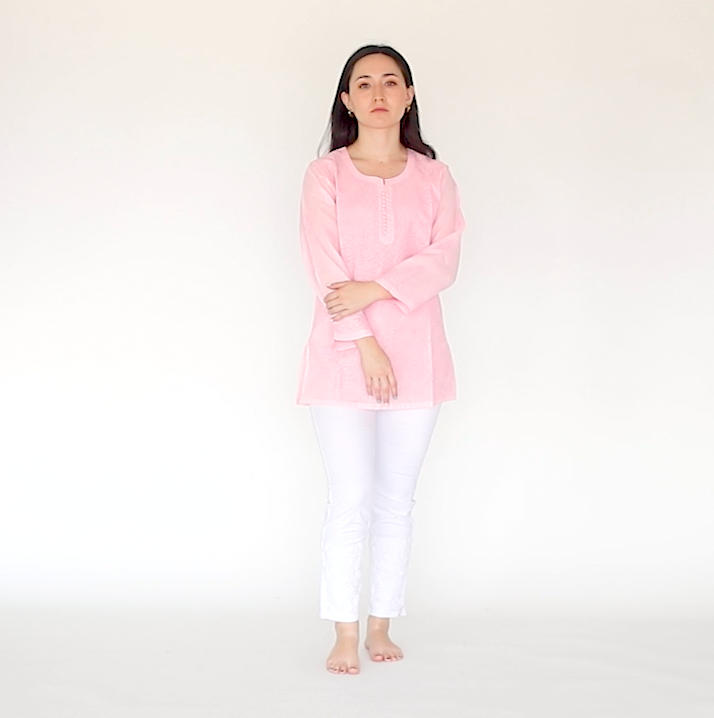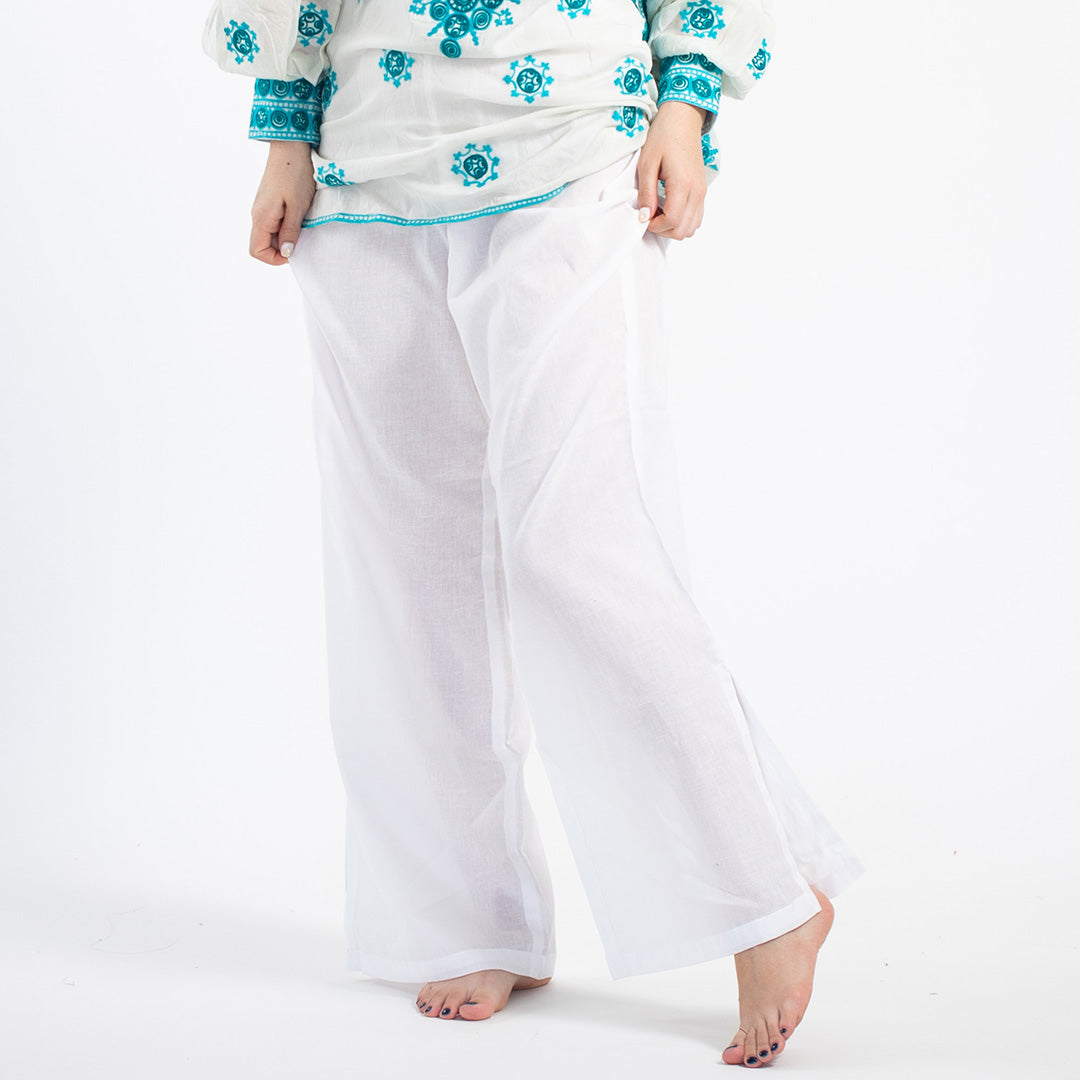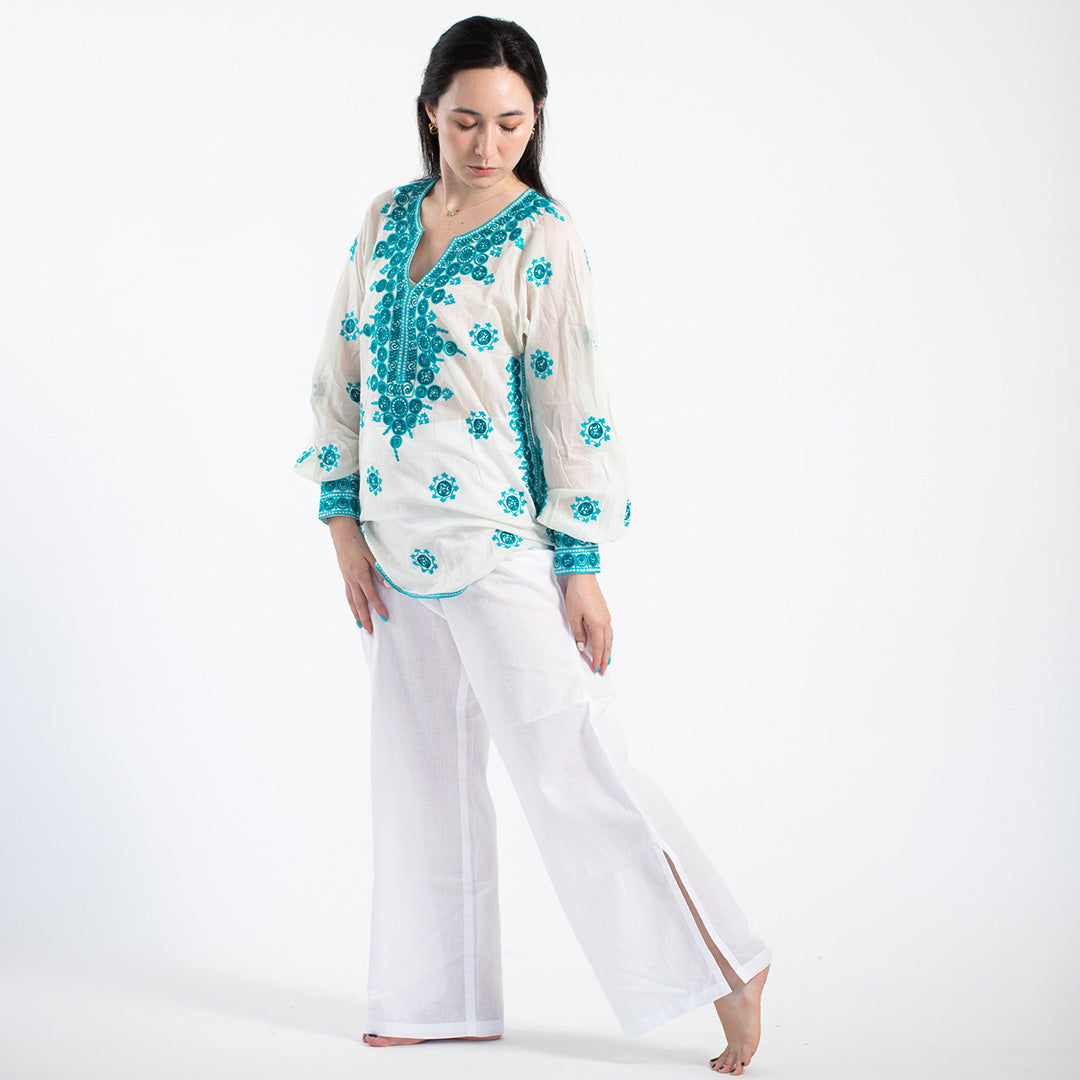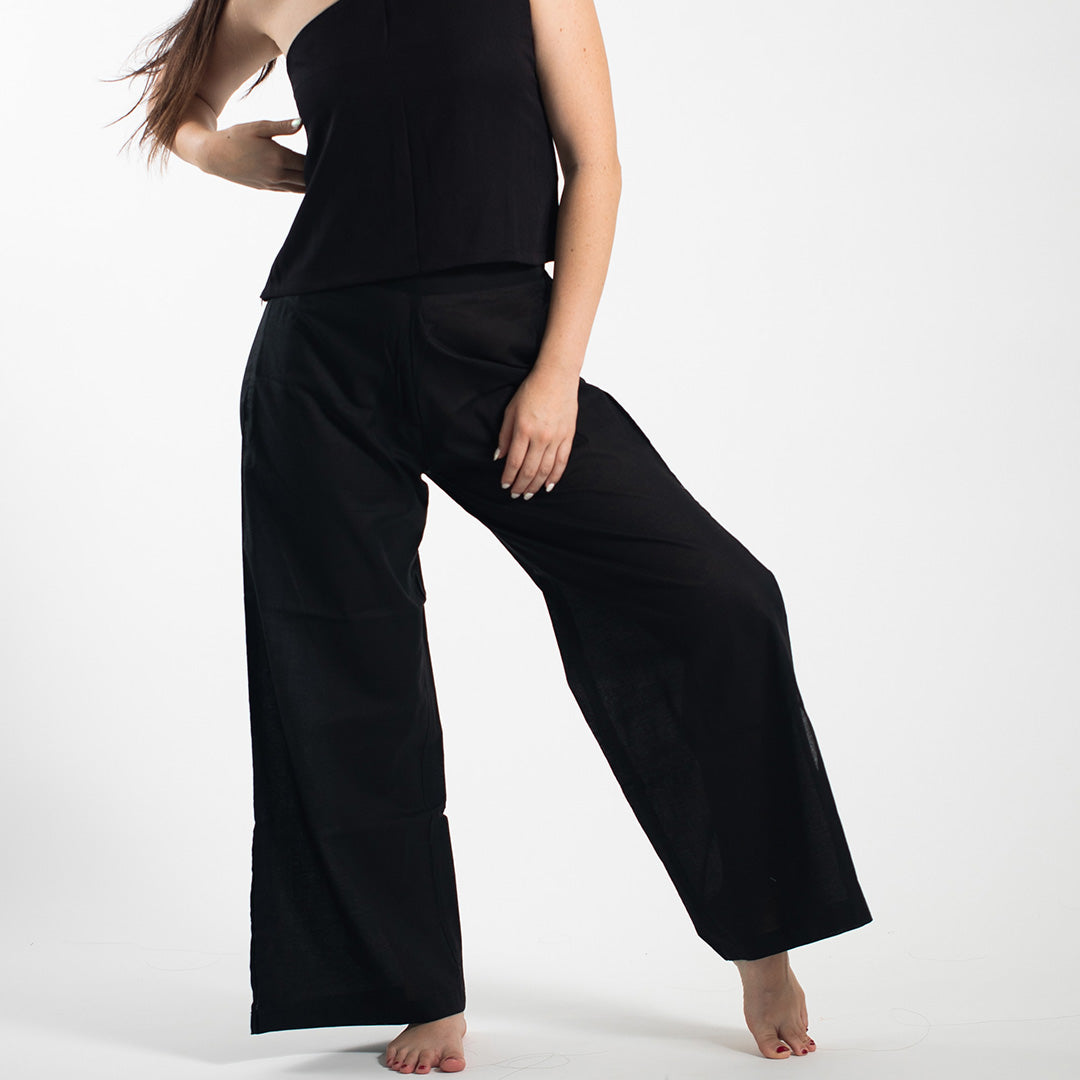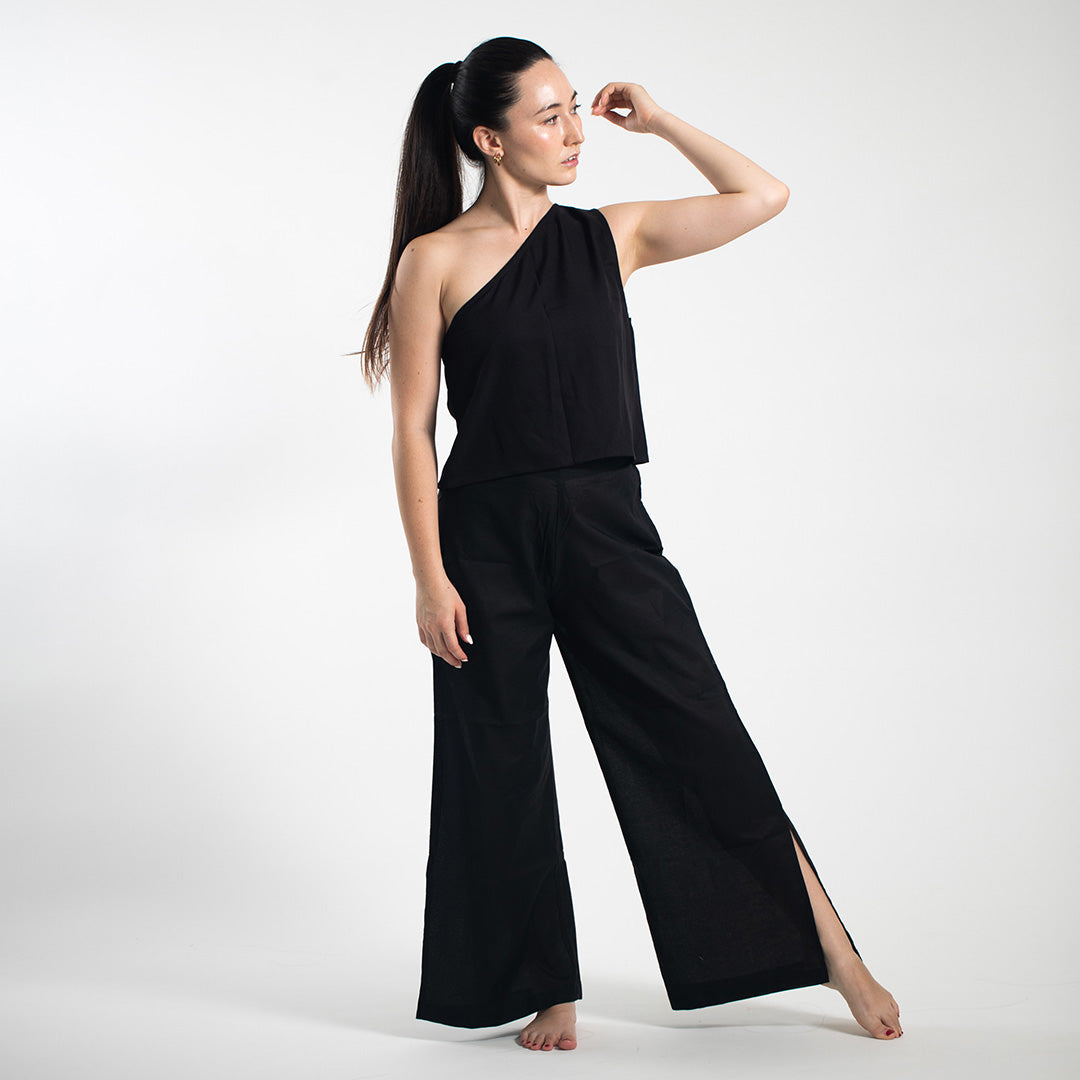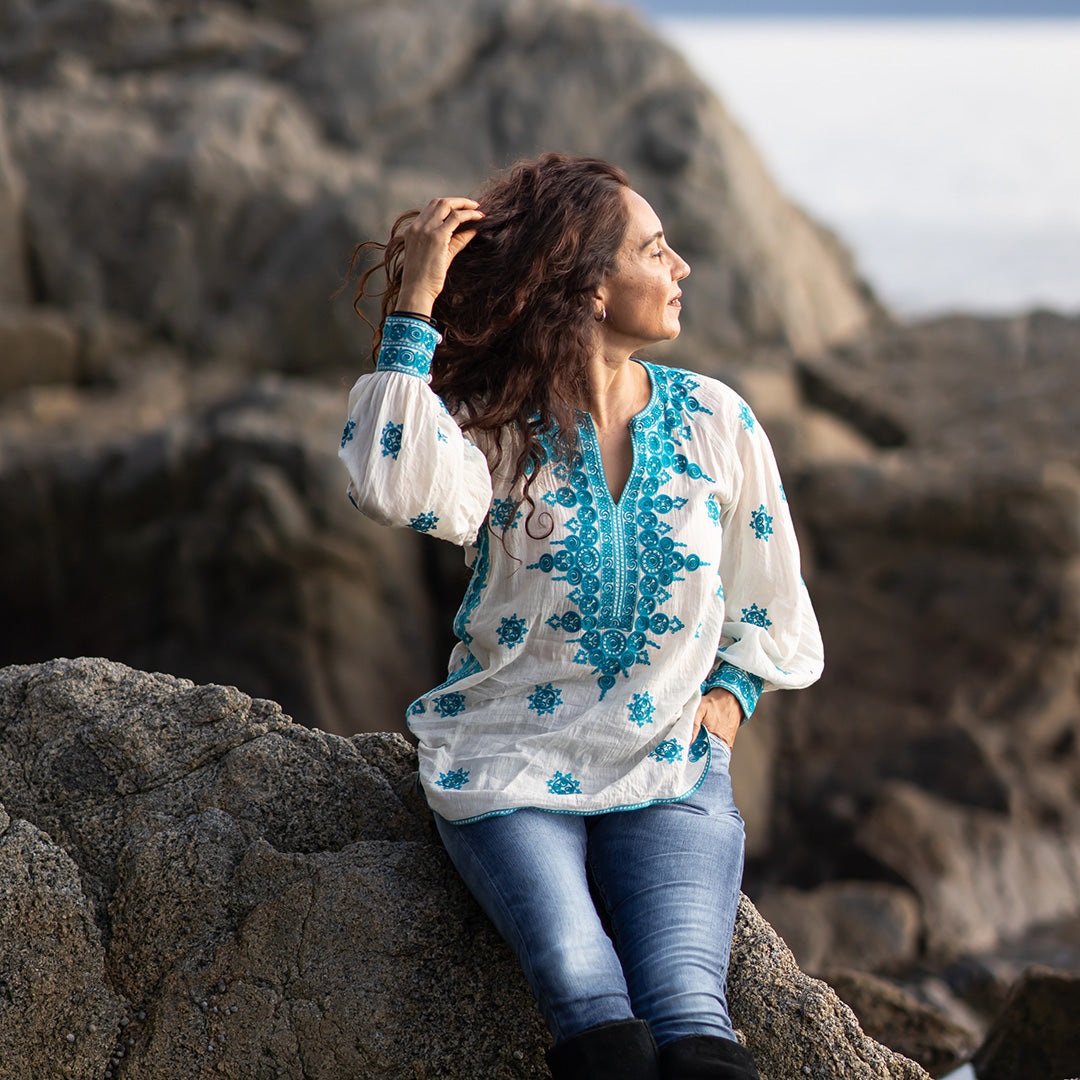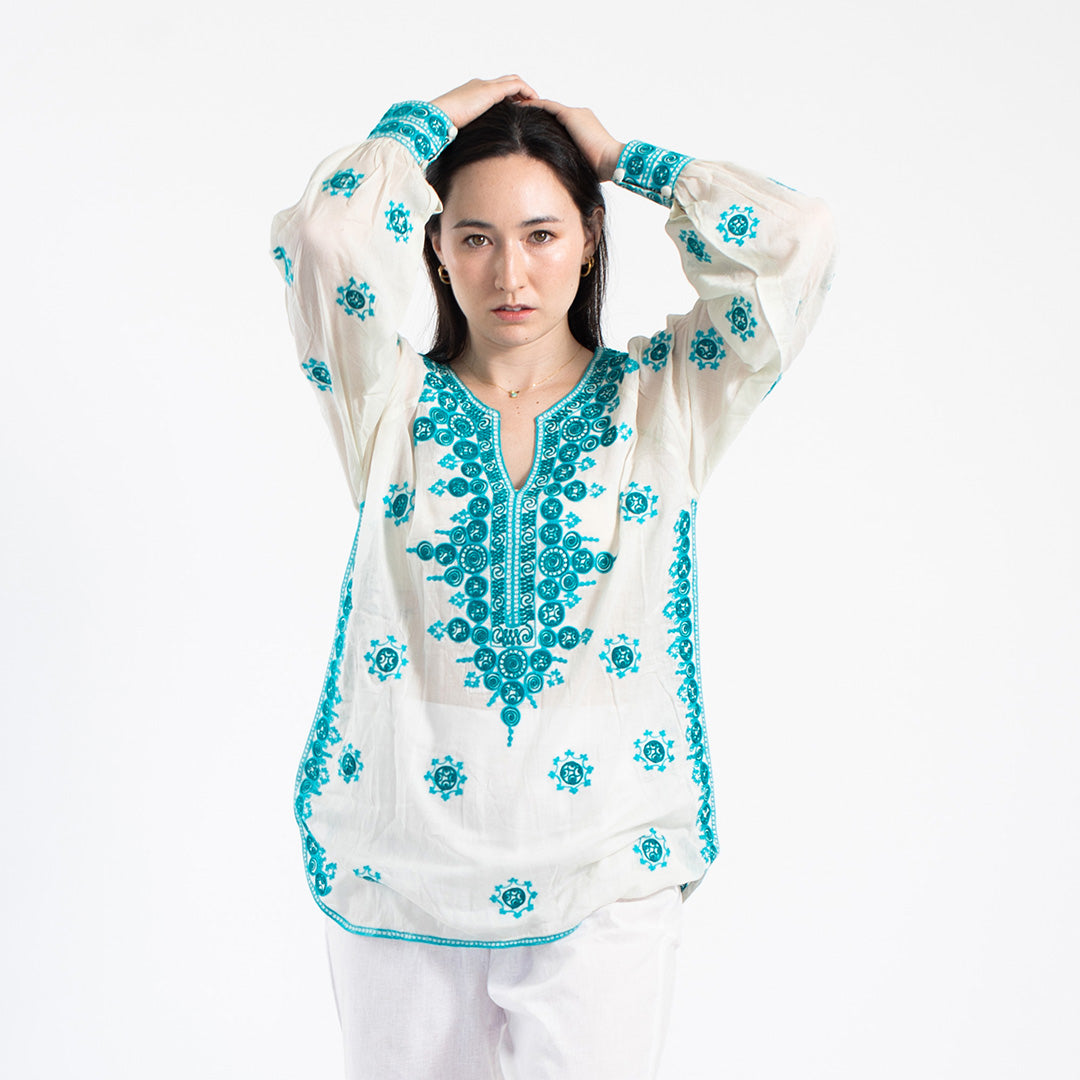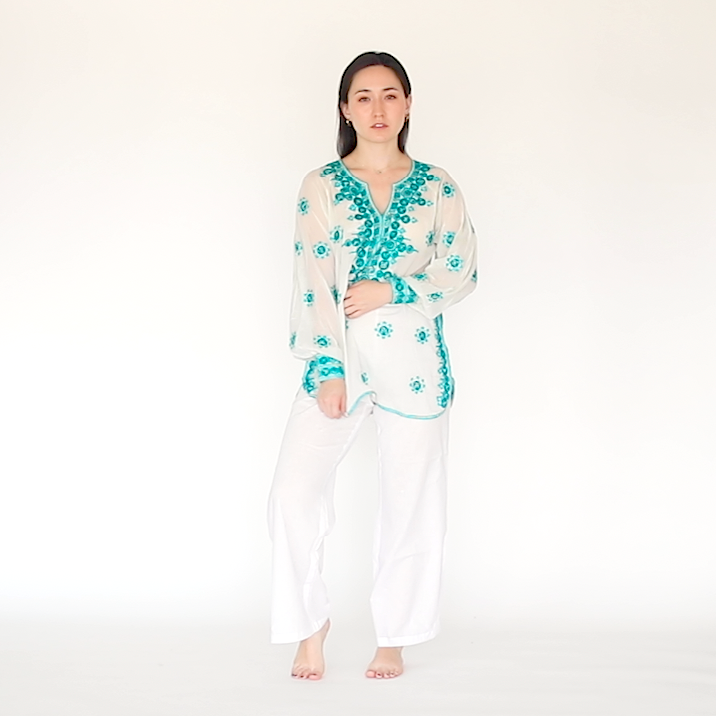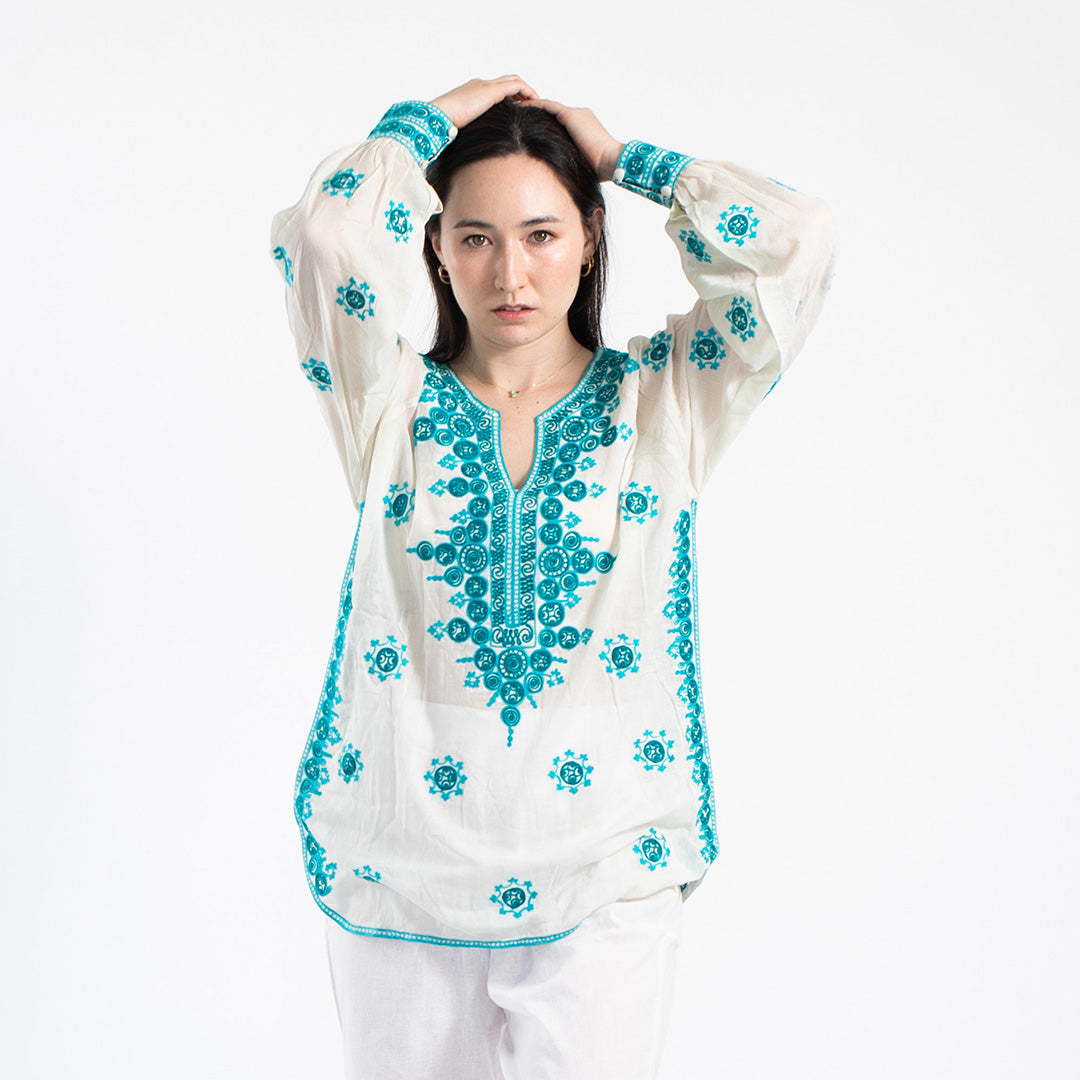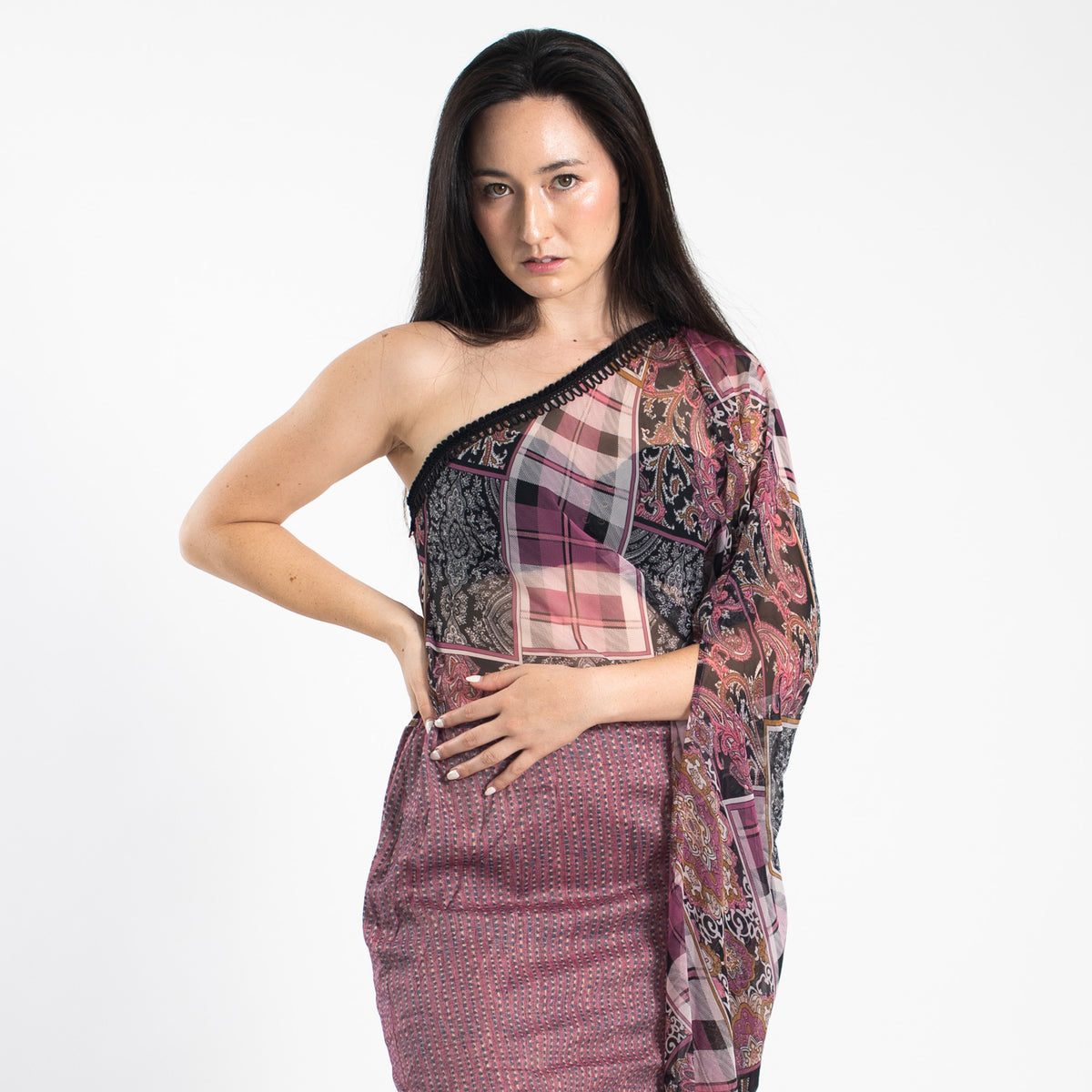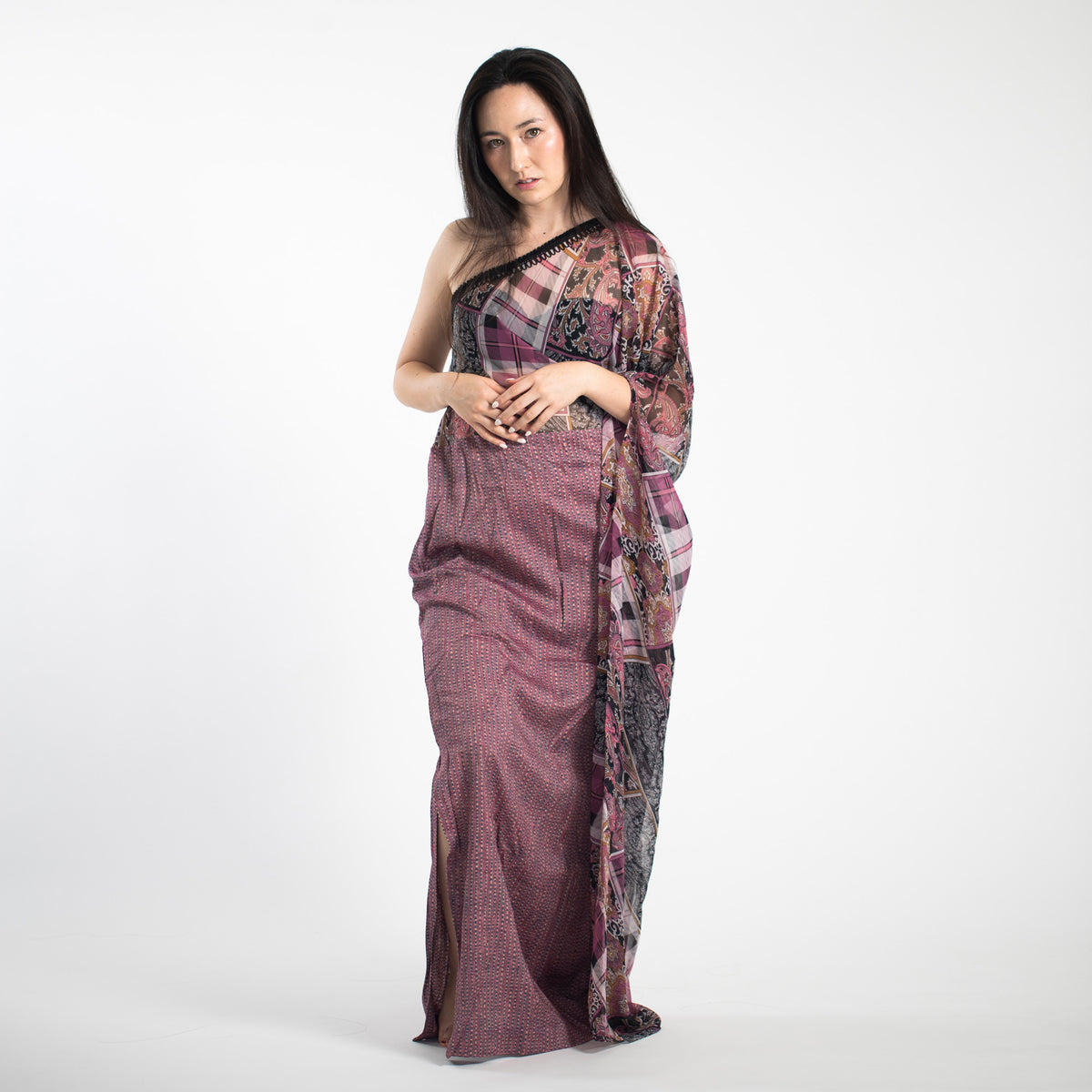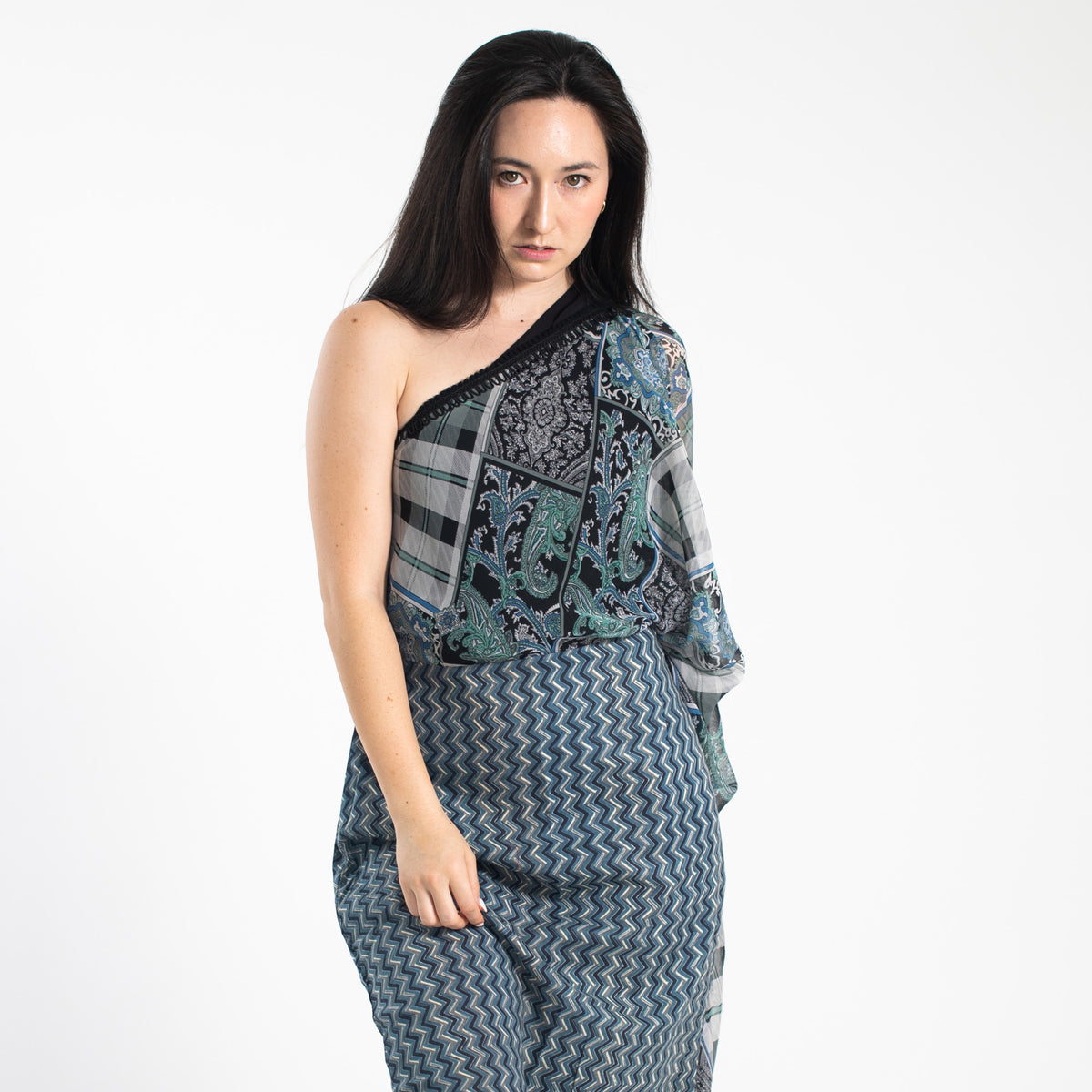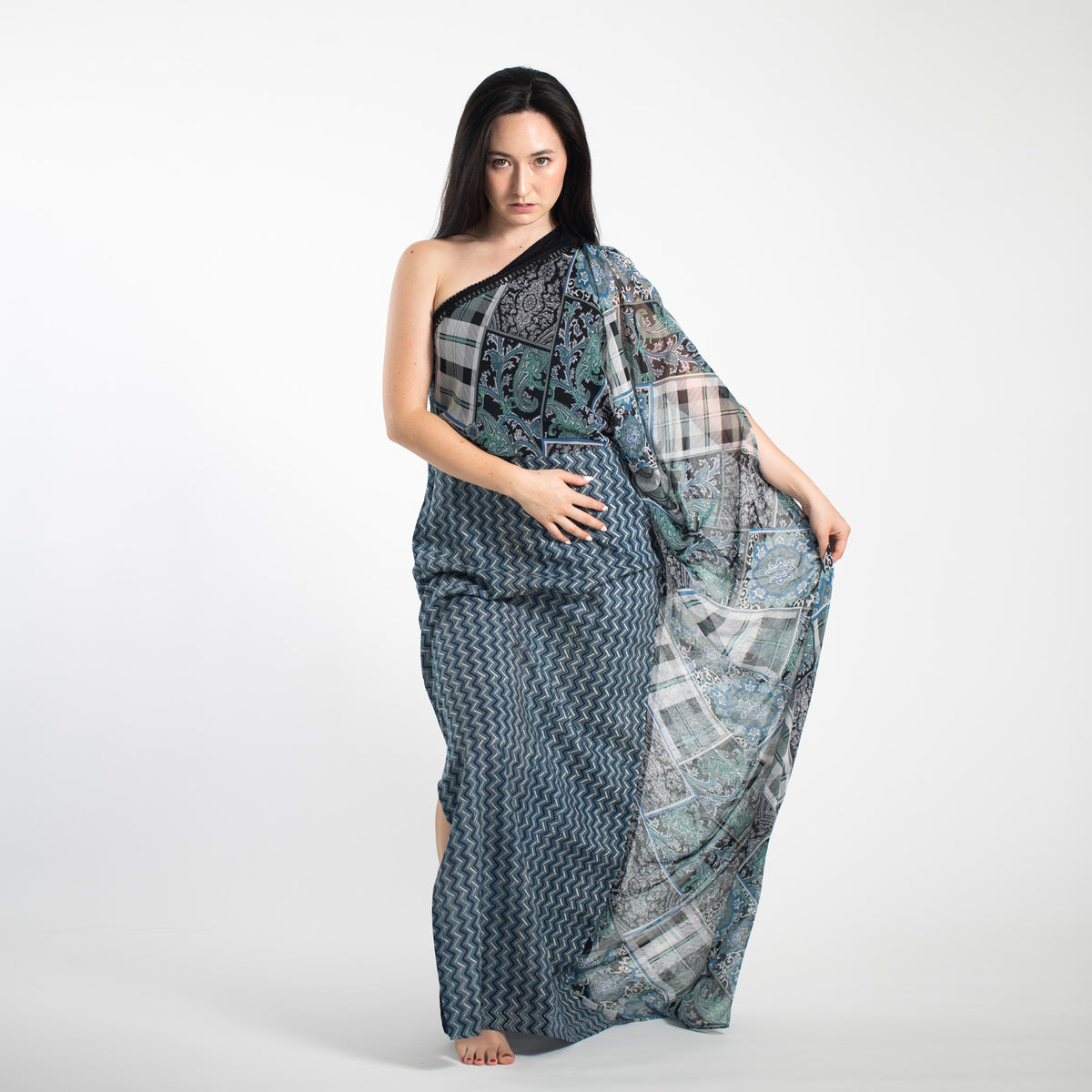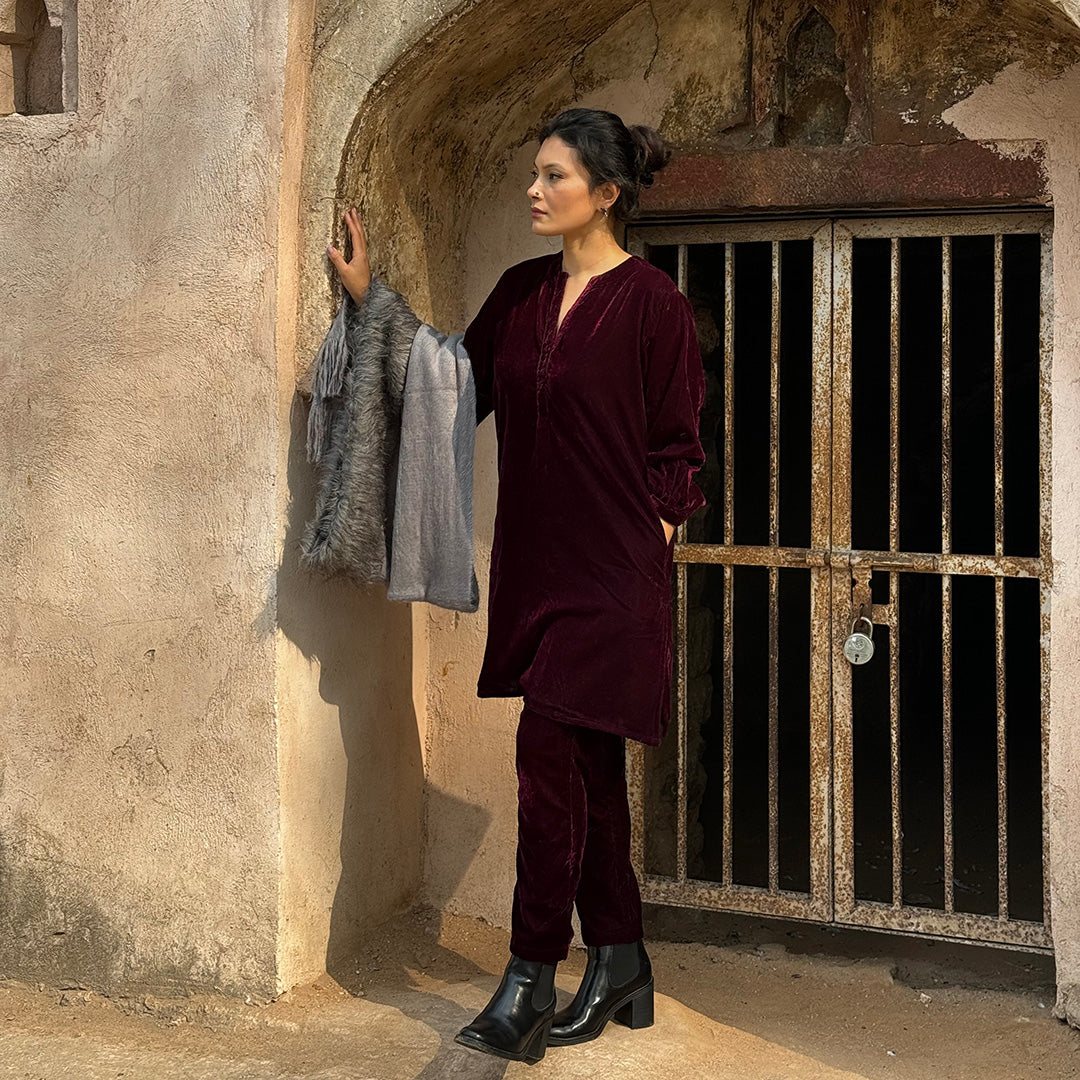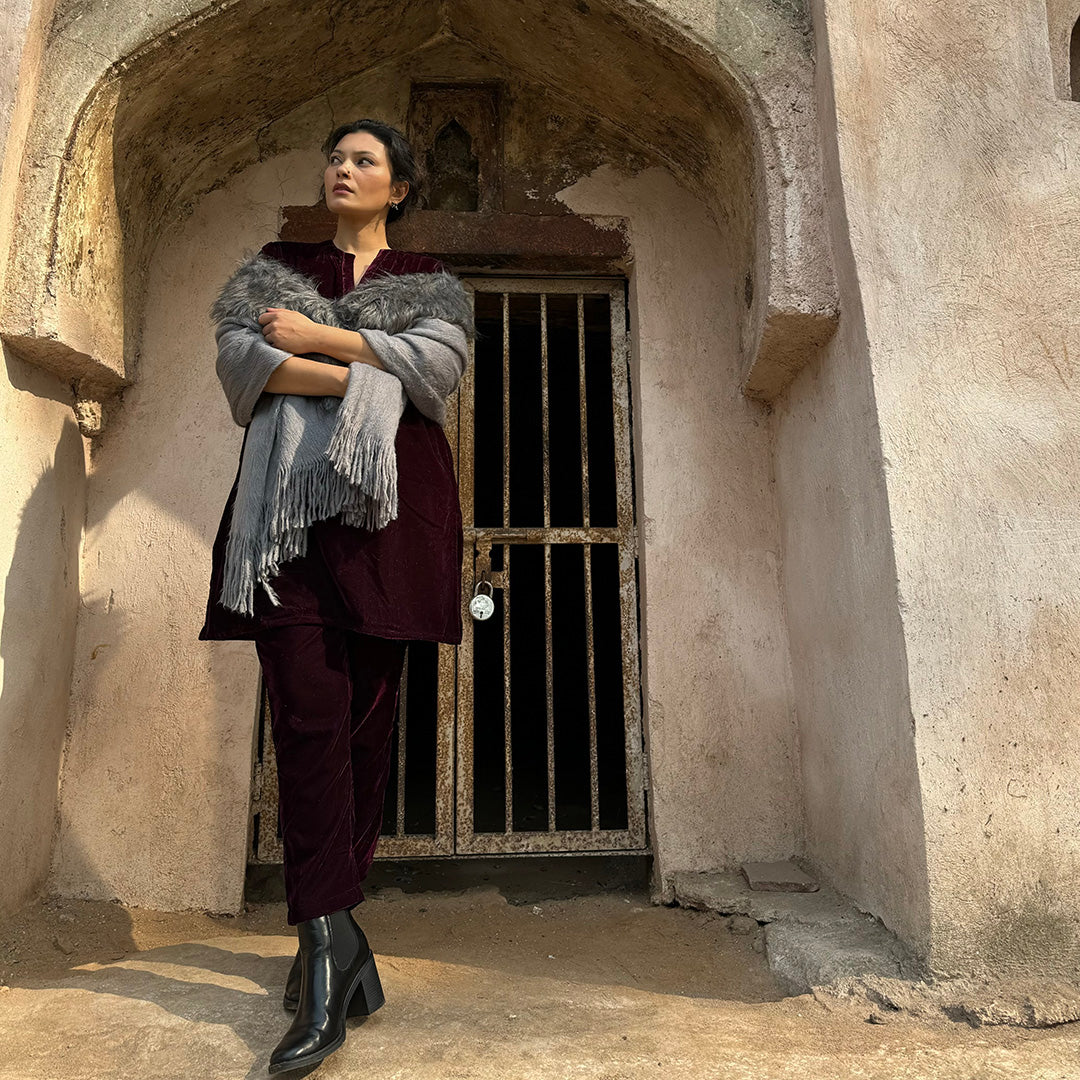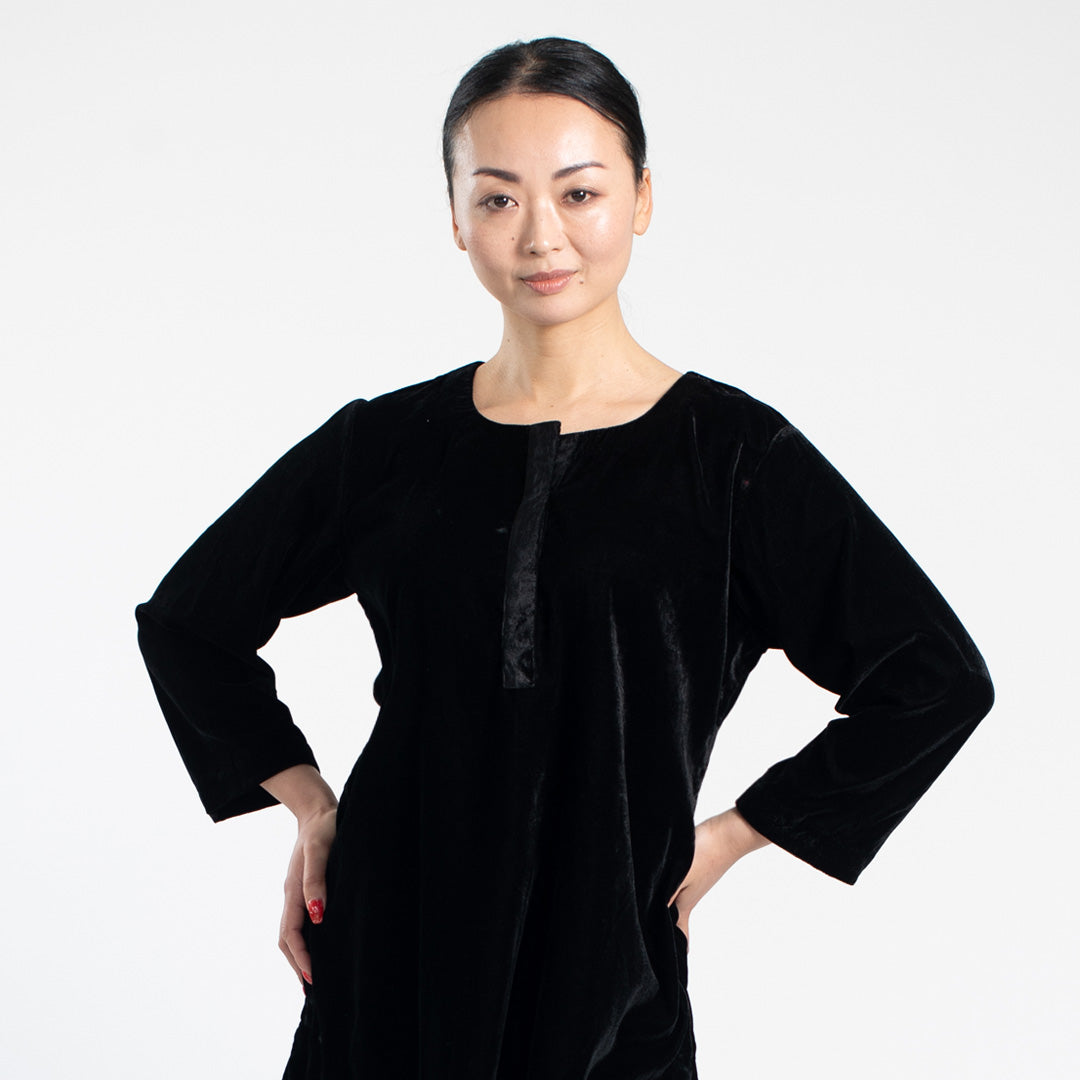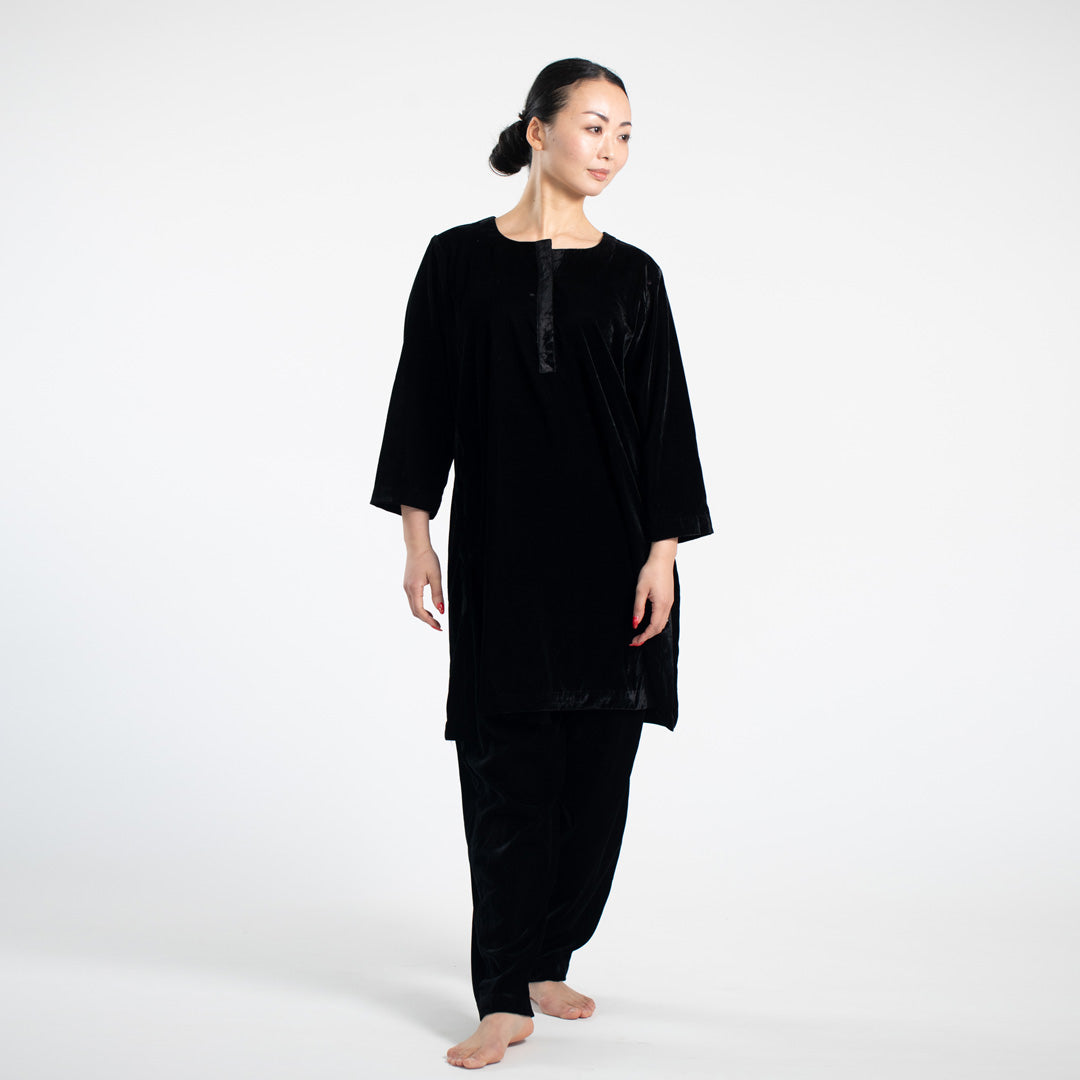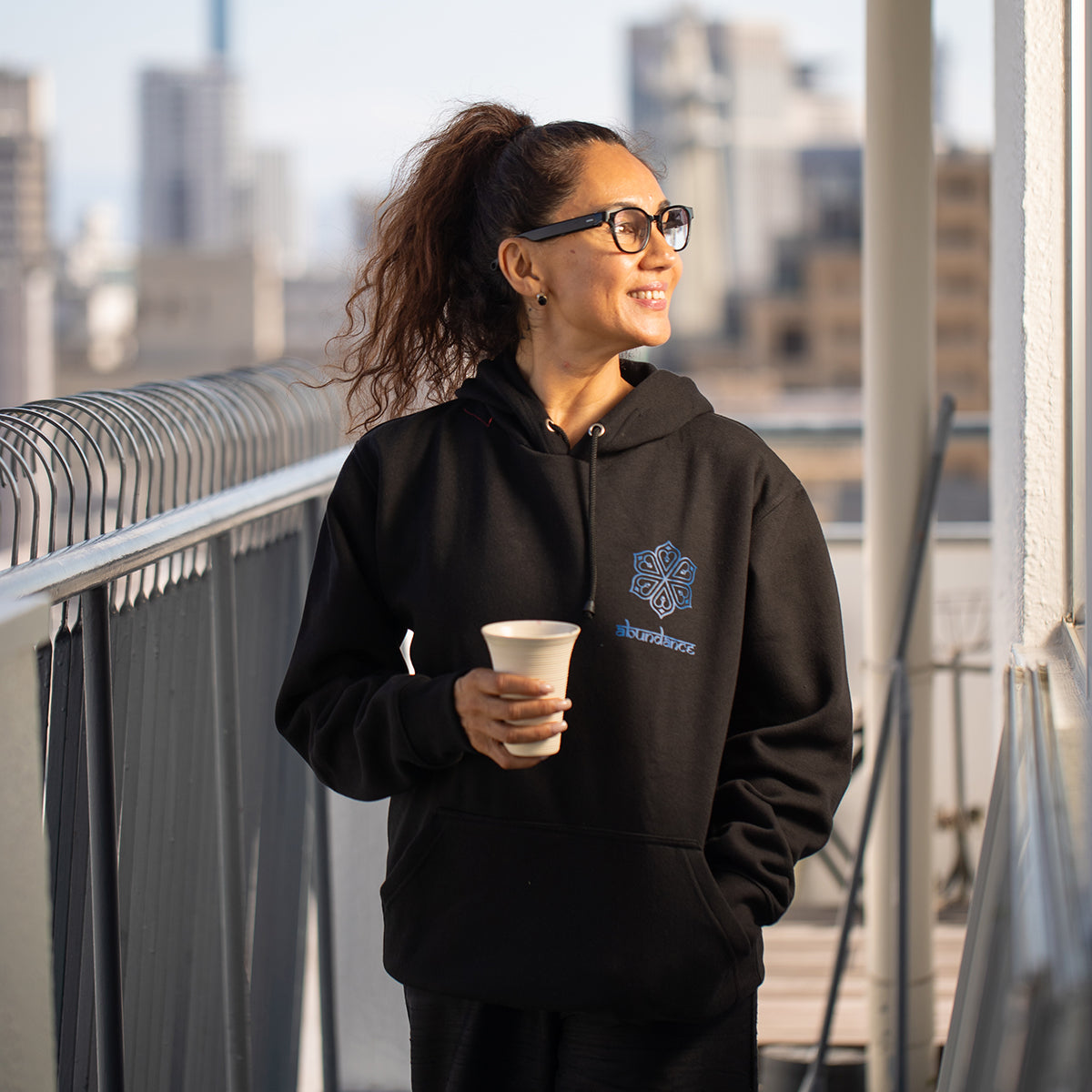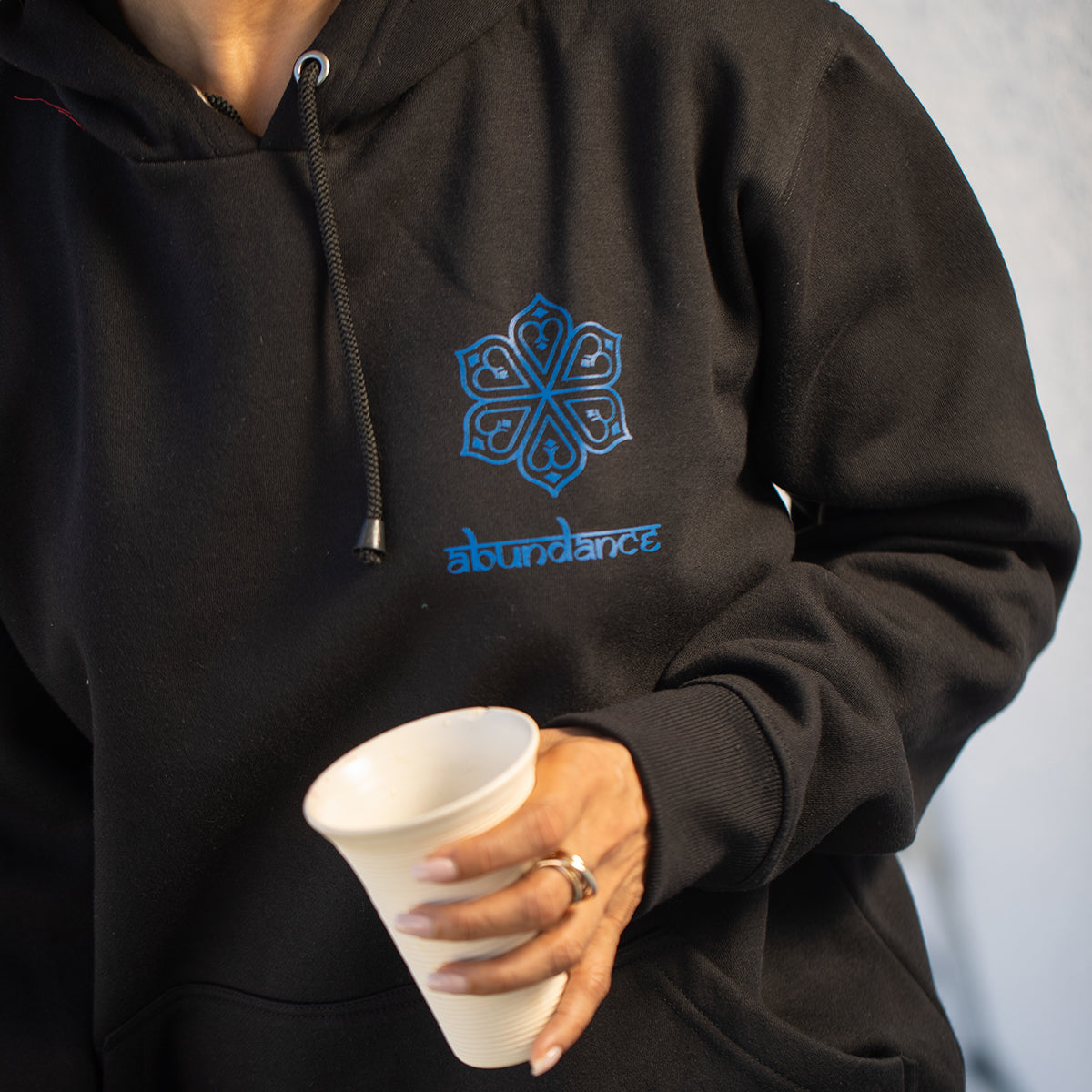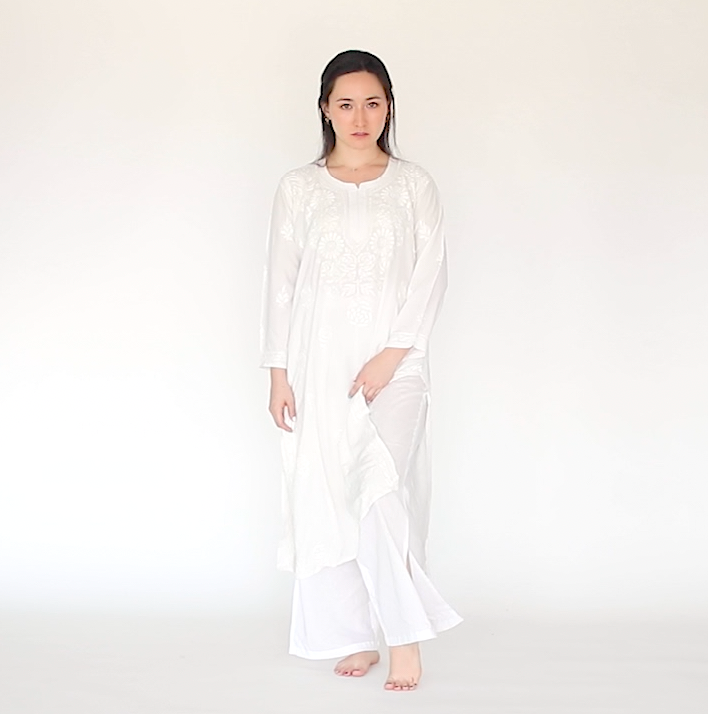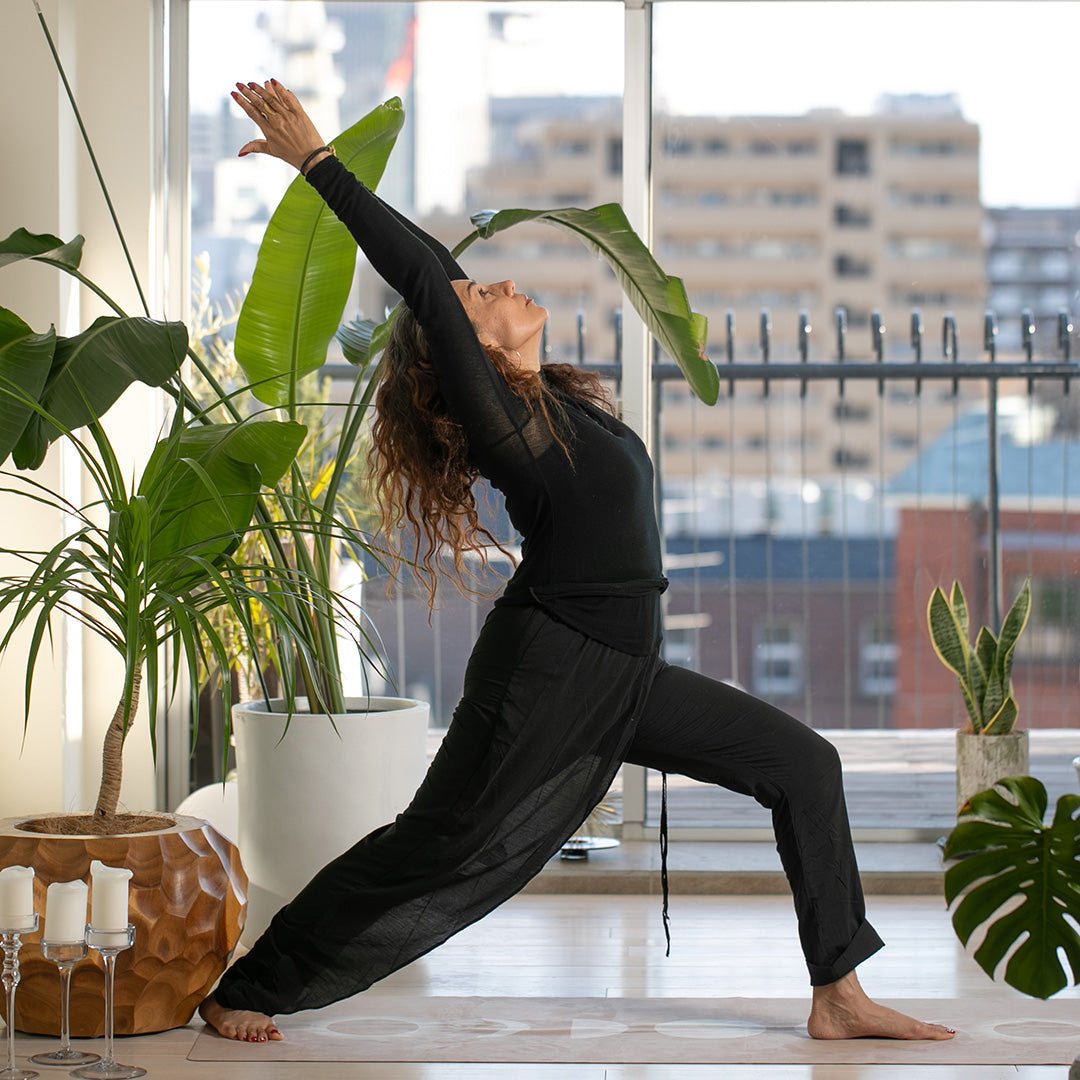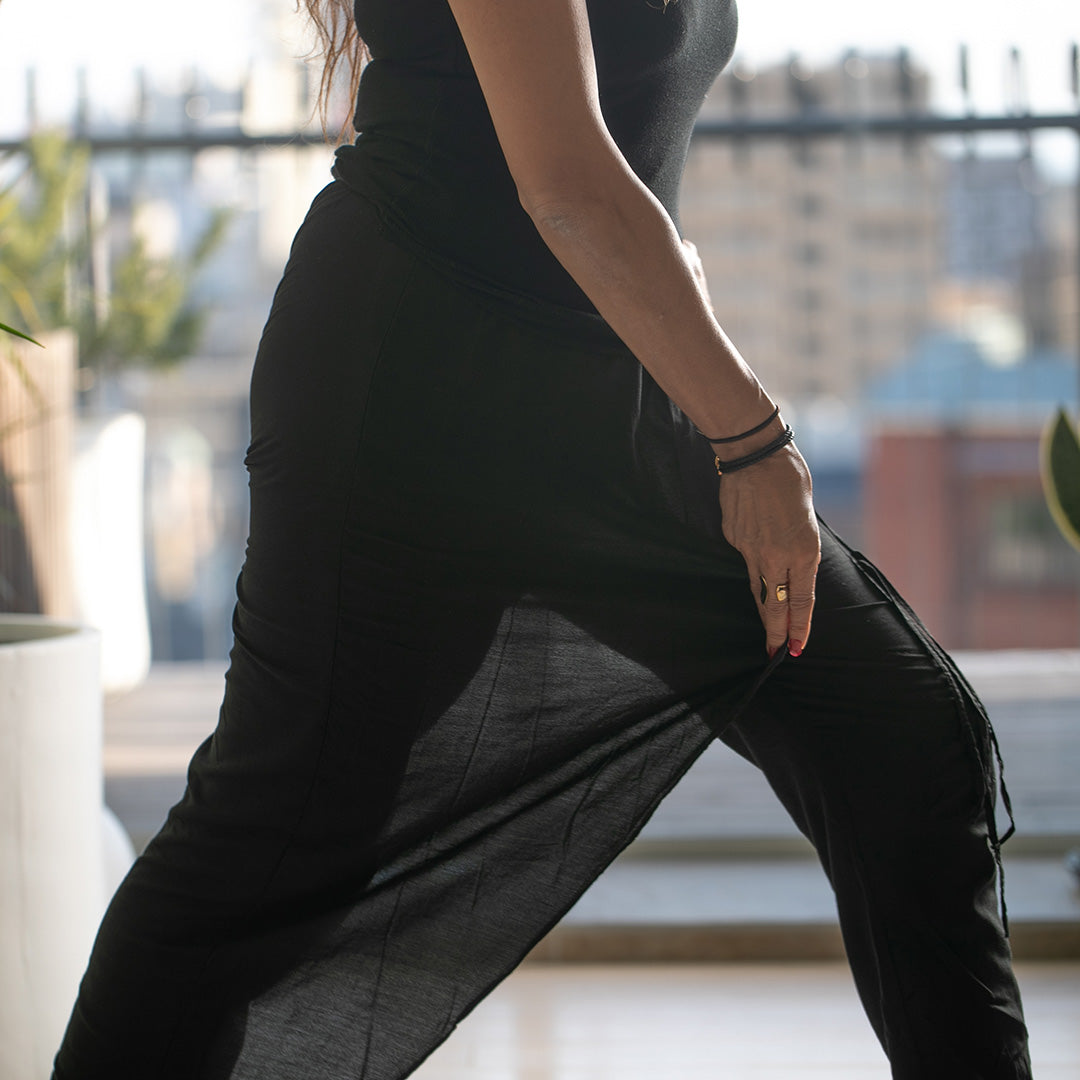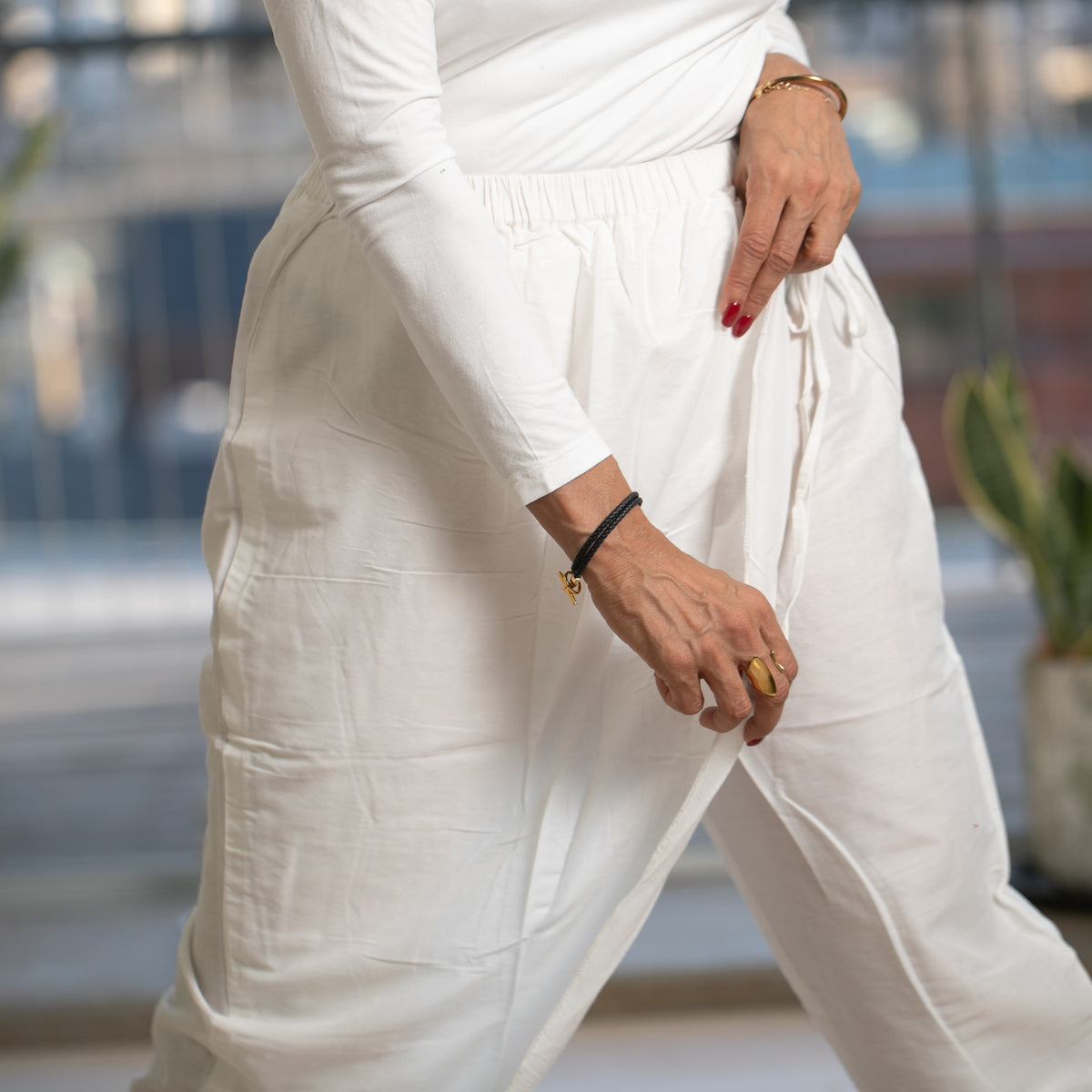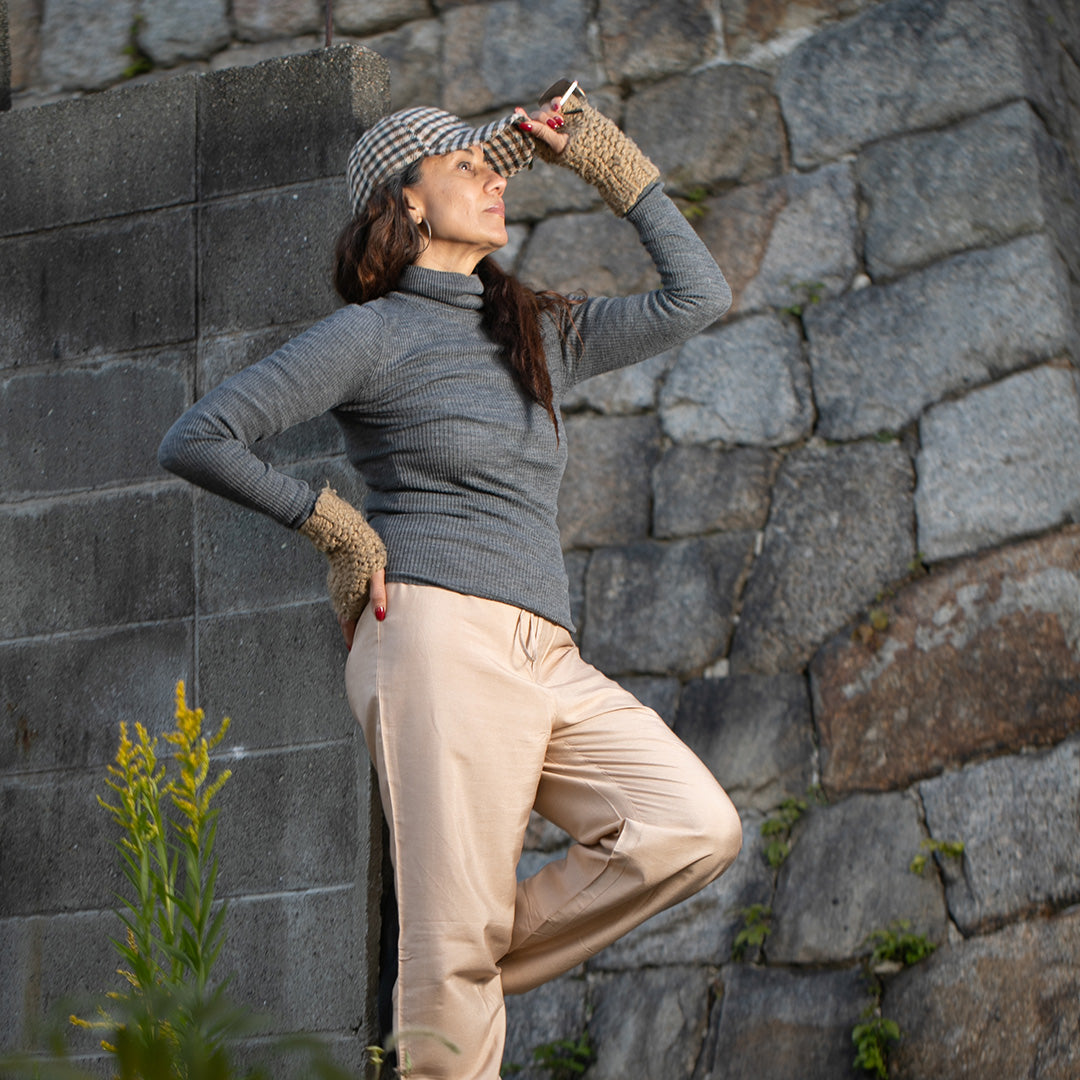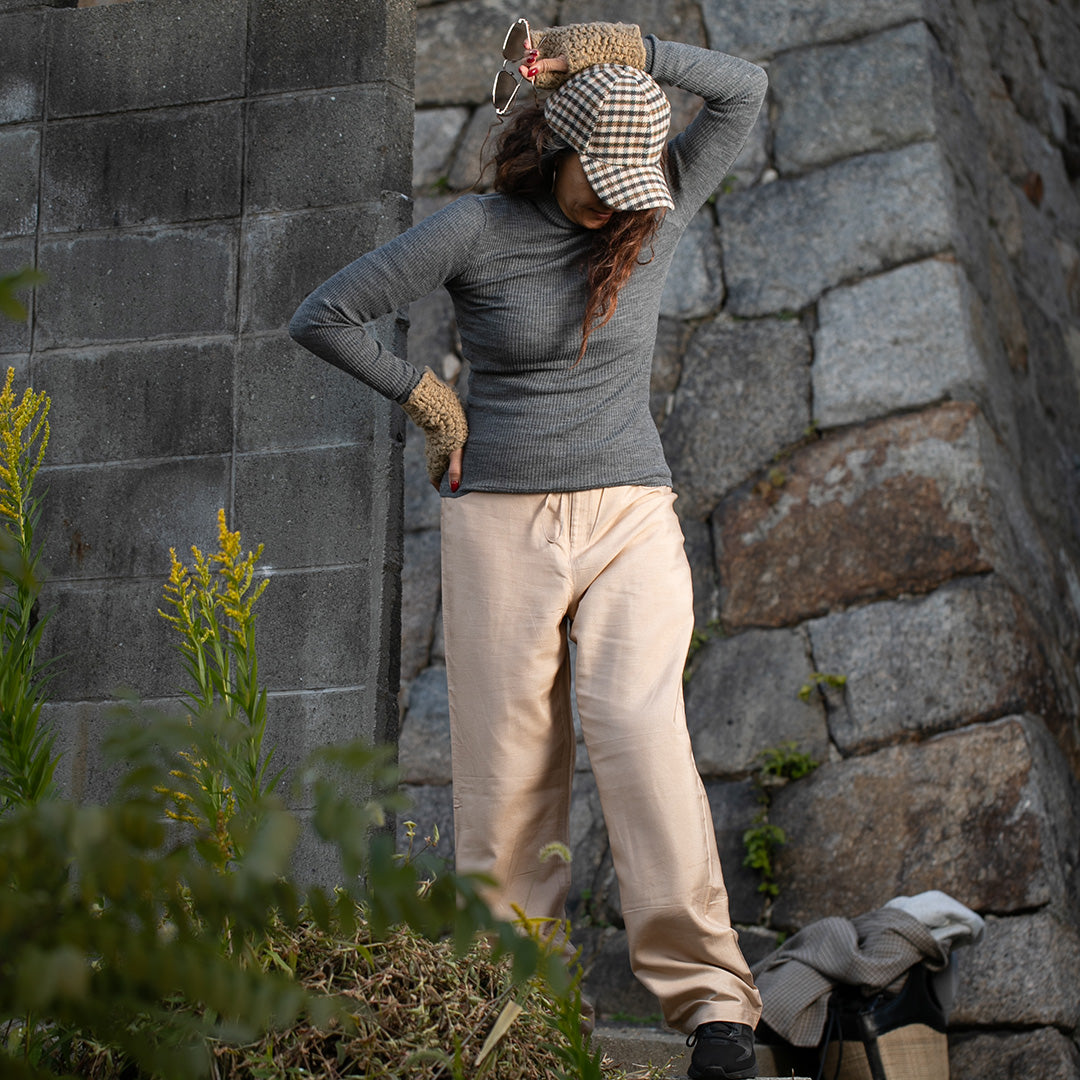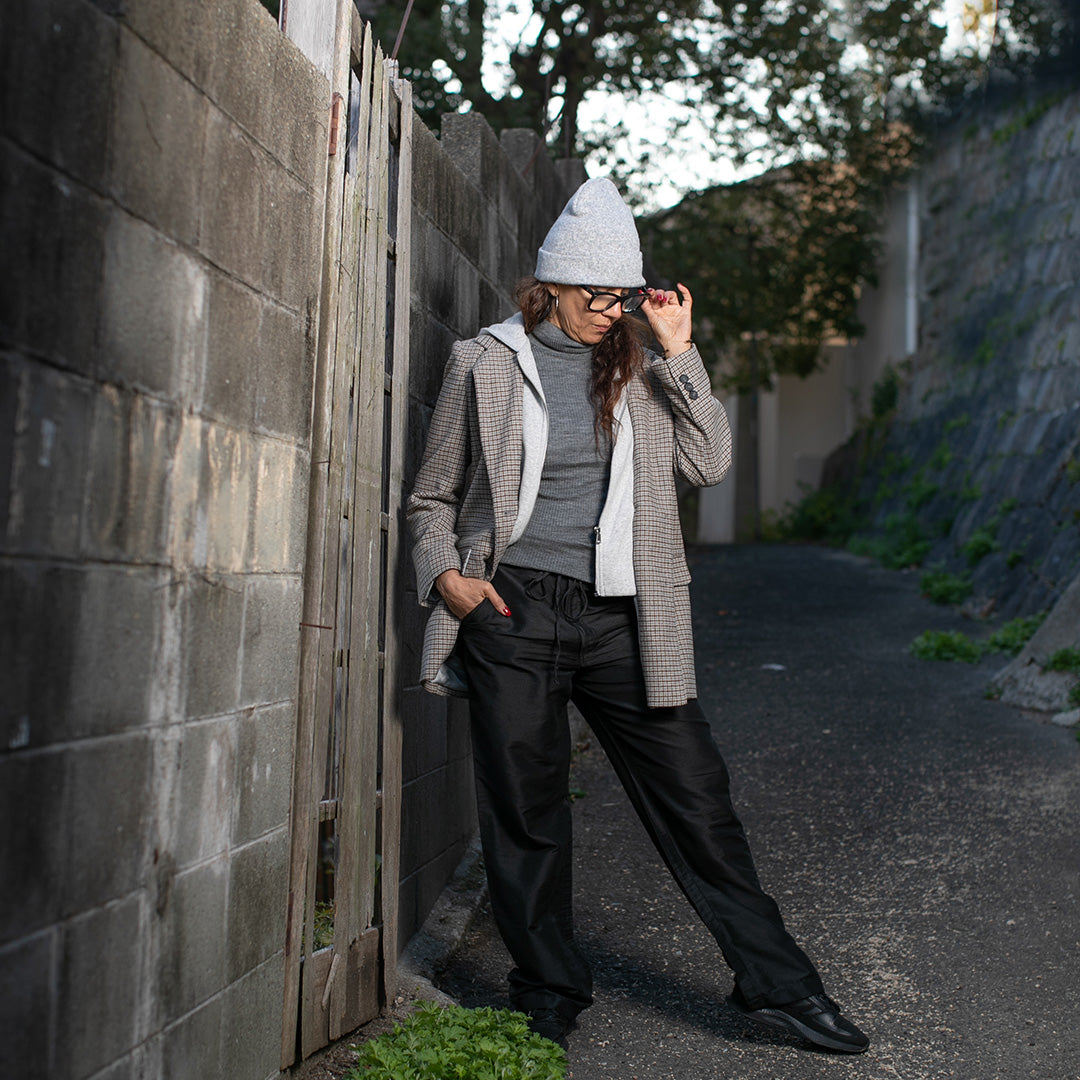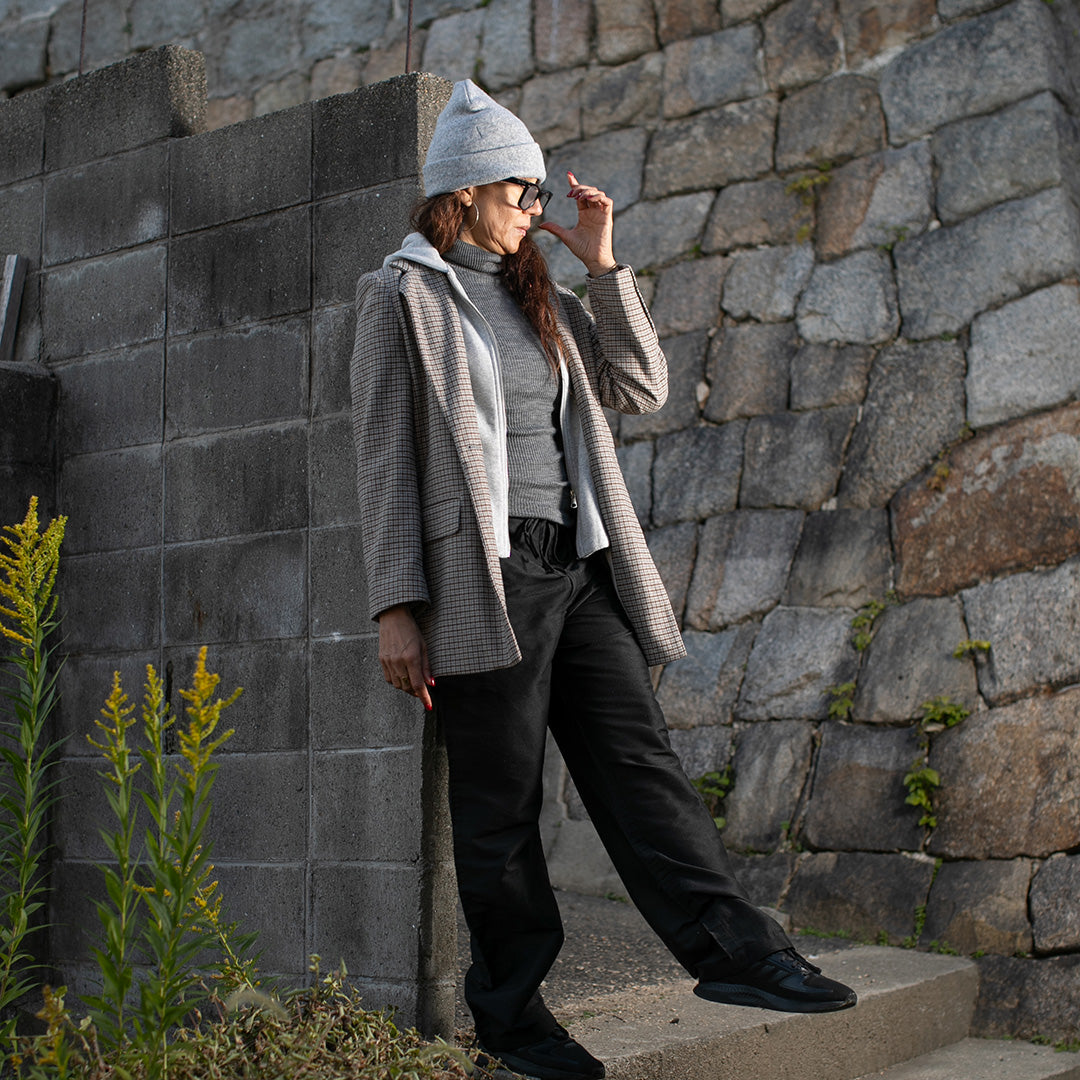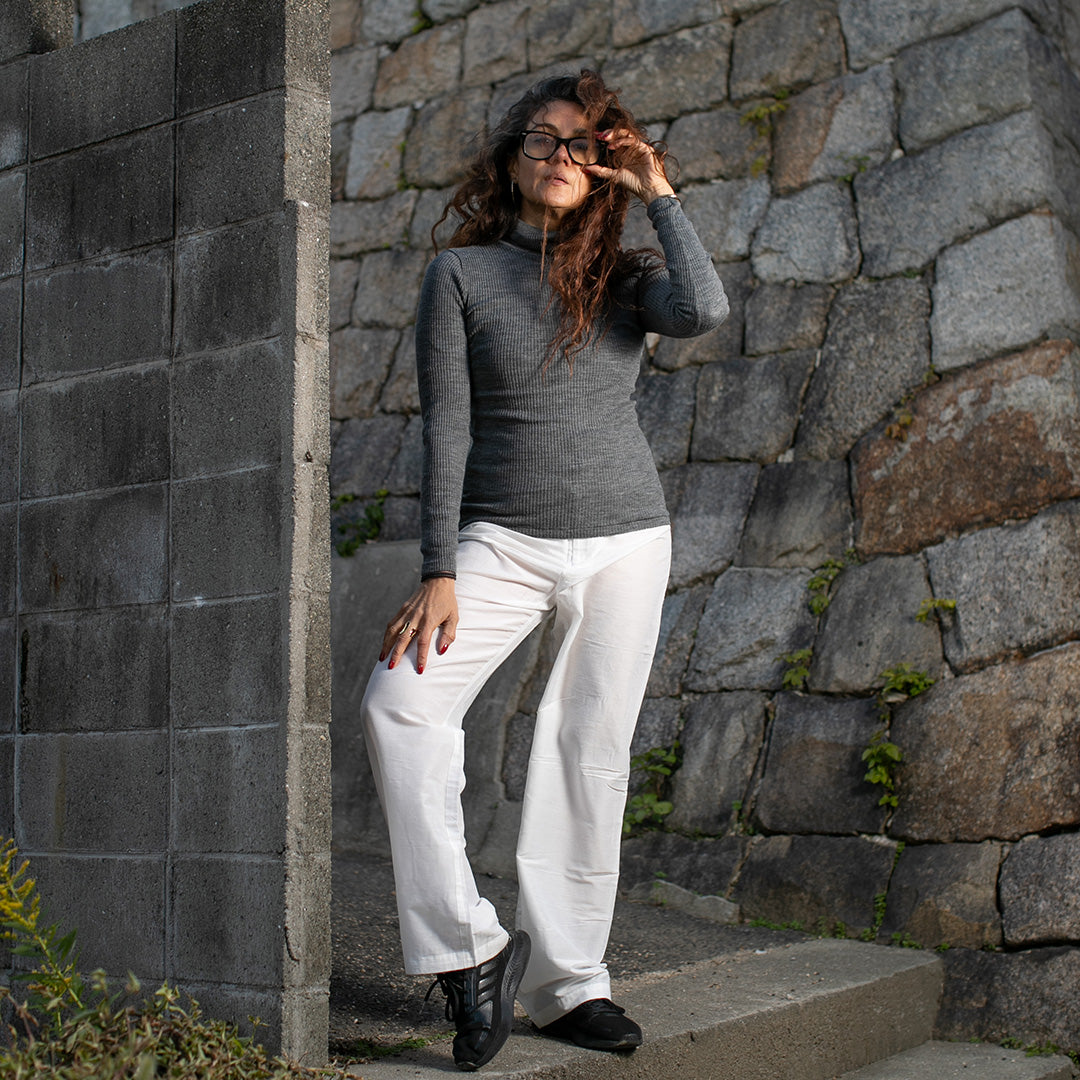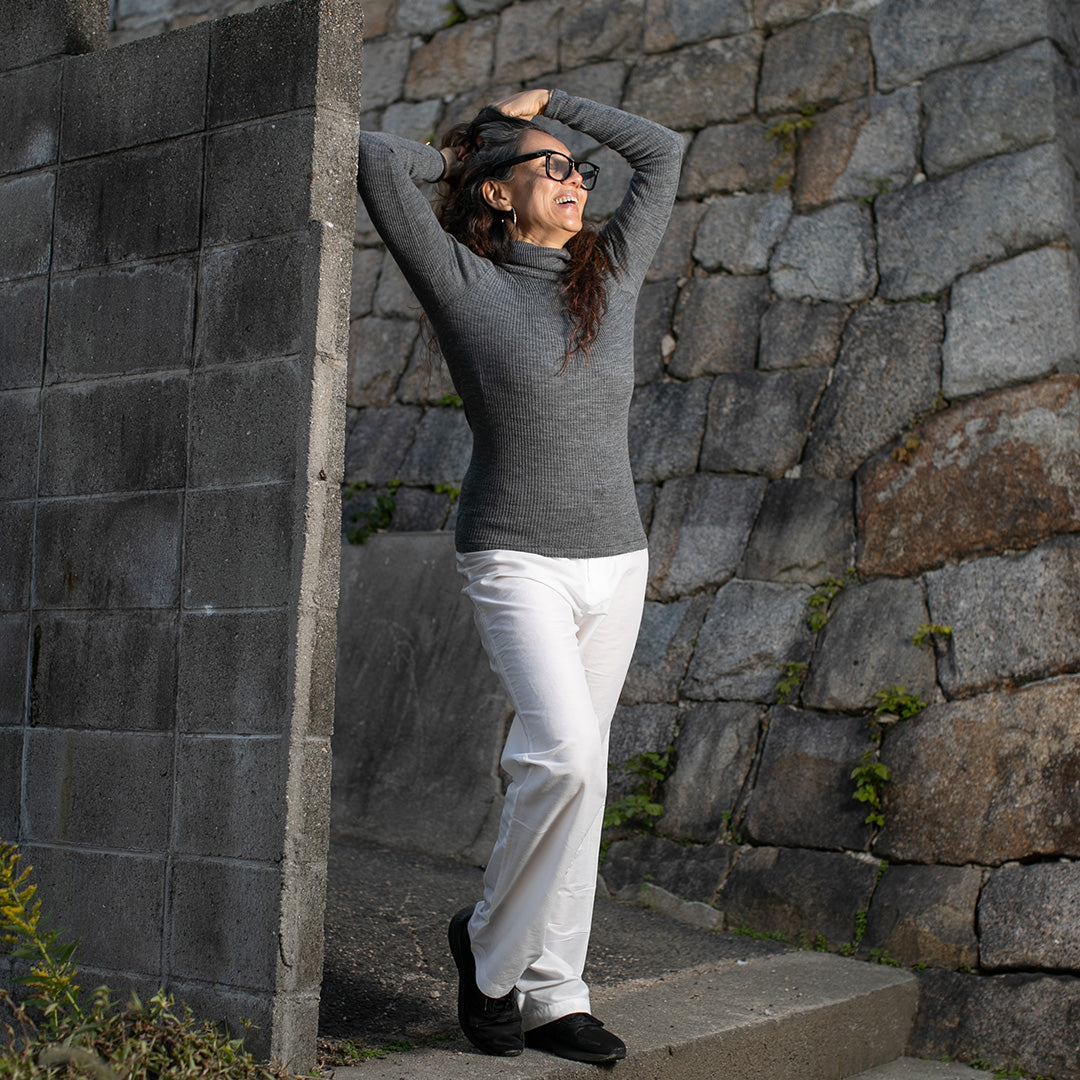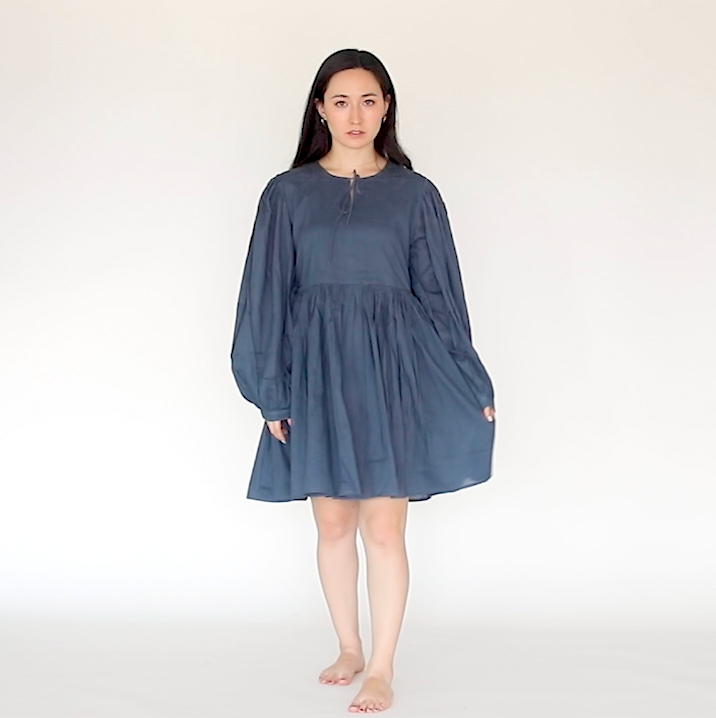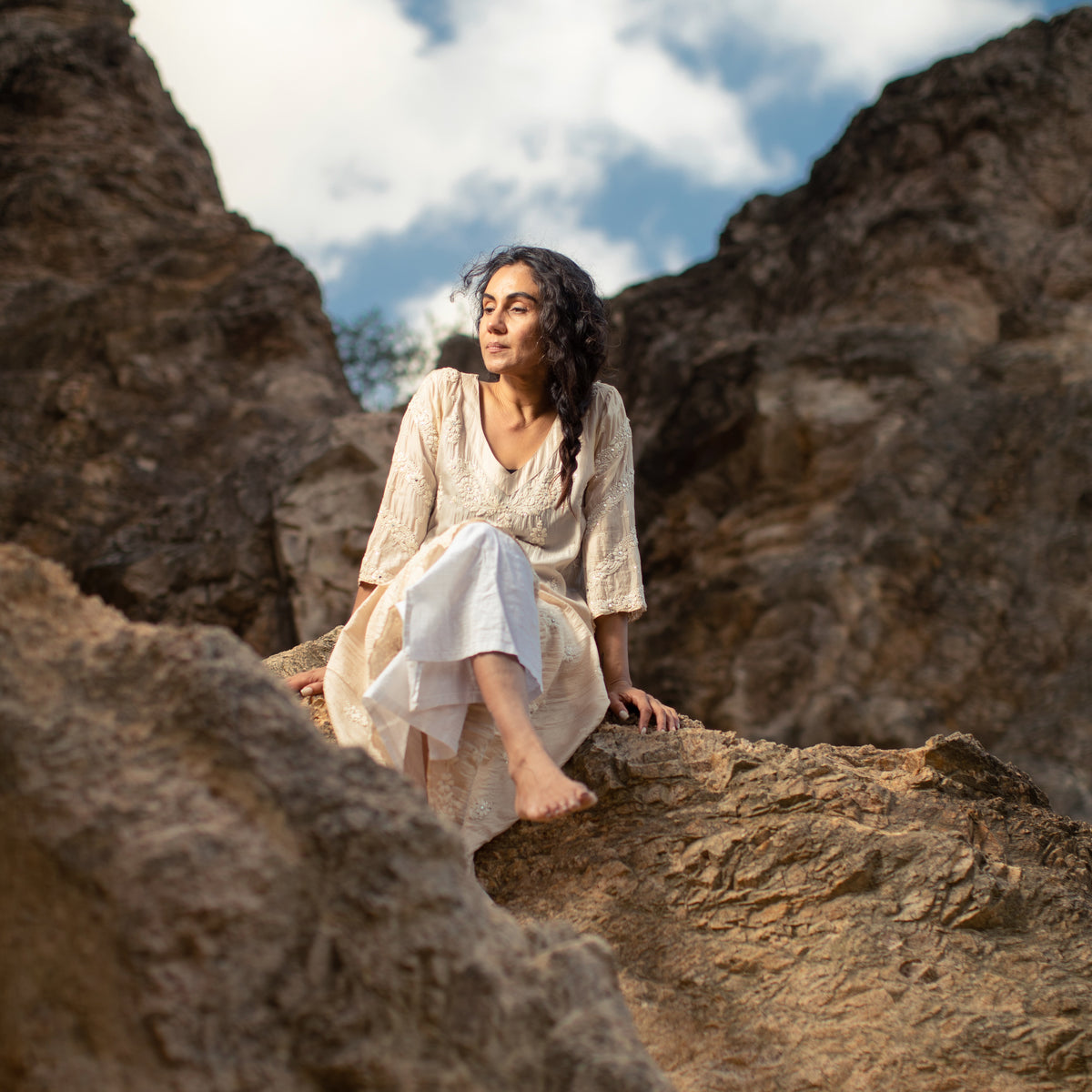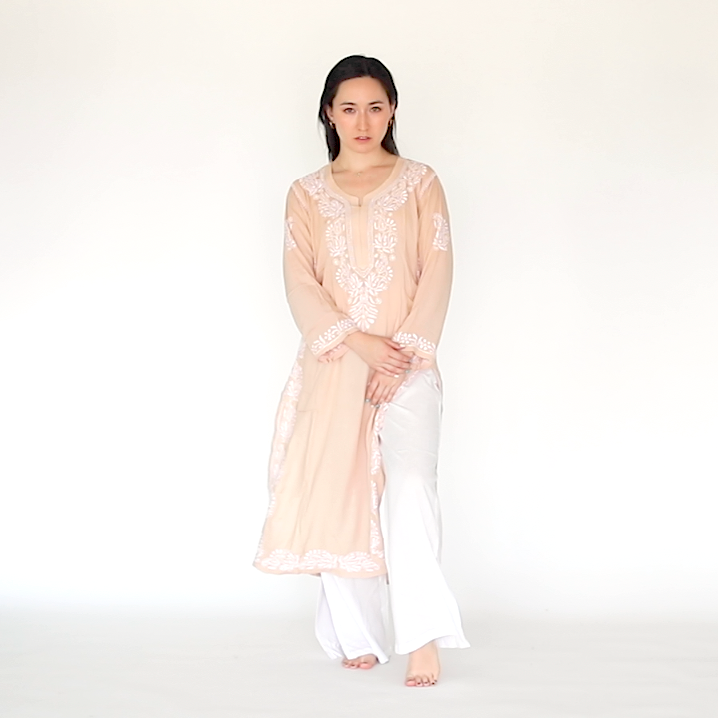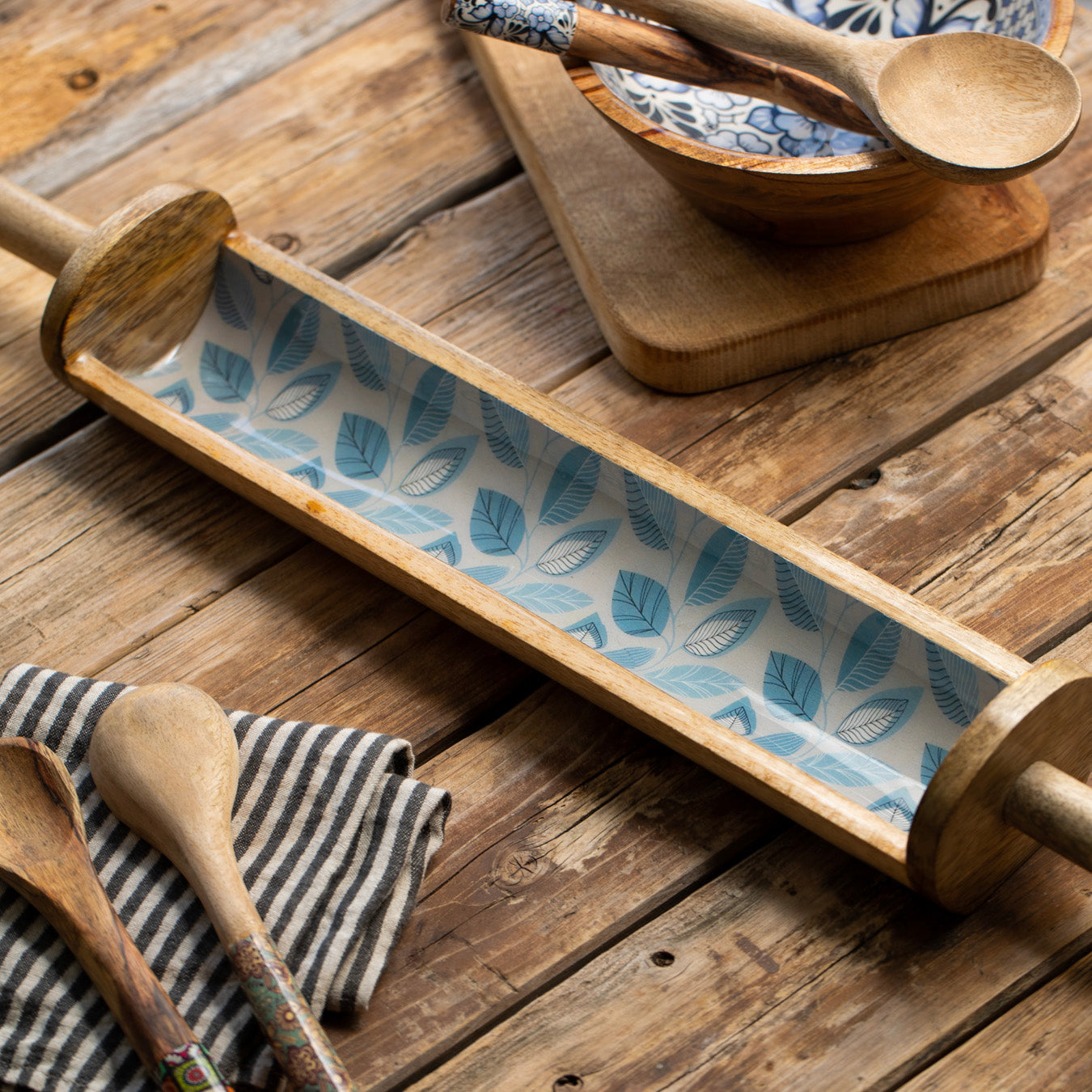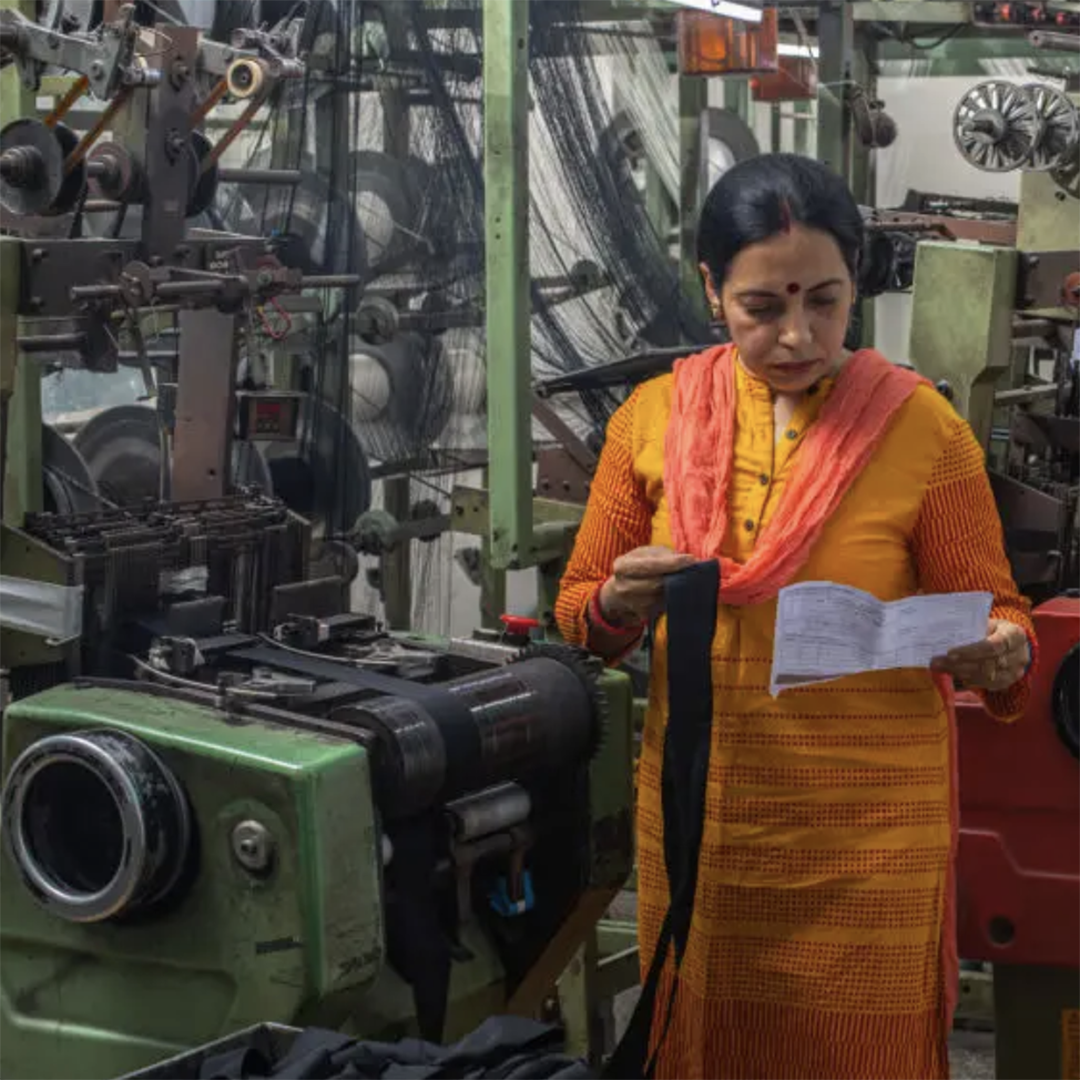India boasts a rich tradition of textile arts, with tie-dye techniques standing out for their vibrant colours and intricate patterns. Known in different regions as Bandhani, Leheriya or Shibori, these techniques are treasured and passed down through generations. Here, we delve into the fascinating world of traditional Indian tie-dye techniques, exploring their history, techniques and cultural significance. 
Historical background
The art of tie-dye in India dates back over 5000 years, with evidence found in the ancient civilisations of Mohenjo Daro and Harappa. Historically, these techniques were primarily used to create textiles for royalty and the elite. Over time, they have permeated different strata of society and become an integral part of India's cultural and textile heritage.
1. Bandhani
Bandhani, also known as Banhai, originates from Gujarat and Rajasthan. The term "Bandhani" comes from the Sanskrit word "bandh," which means "to tie." In this technique, small sections of fabric are tied with thread and then dyed. The tied areas resist the dye and when the fabric is untied, intricate patterns emerge.
Process
- Preparation: Wash and bleach the fabric (usually cotton or silk).
- How to tie: Tie the small details securely with thread. Patterns range from simple dots to intricate designs.
- Dyeing: The tied fabric is immersed in a dye bath. Multiple colors can be achieved by tying and dyeing different pieces in sequence.
- Drying and Unraveling: After the dyed fabric is dried, it is unraveled to reveal the pattern.
Main usage scenes
Bandhani is often worn with traditional outfits such as sarees, turbans and dupattas. It is believed to bring good luck and is worn on special occasions. 
2. Leheriya
Leheriya, which means "wave" in Rajasthani, is a technique that creates a wave-like pattern on fabric. It is primarily practised in Rajasthan and is particularly popular for turbans and saris.
Process
-
Rolling: Roll the fabric diagonally and tie at intervals.
-
Dyeing: The rolled and tied fabric is then dyed, usually in a single color; for multicolored patterns, the process is repeated with a different color after each round of dyeing and drying.
- Drying and Unraveling: When the fabric is dried and unraveled, a wave-like pattern appears.
Main usage scenes
The leheriya symbolizes the monsoon season and is traditionally worn during festivals and celebrations. 
3. Aperture
Although "shibori" is a Japanese term, similar resist dyeing techniques are found in India, particularly in states such as Maharashtra and Tamil Nadu. These techniques involve intricate folding, pleating and binding of the fabric before dyeing.
Process
-
Folding and Binding: Fabric is folded and bound in different ways to create different patterns.
-
Dyeing: The bonded fabric is dyed, and the bonds resist the dye to create a pattern.
- Drying and Unraveling: After dyeing, the fabric is dried and the stitching removed to reveal the design.
Main usage scenes
The Shibori technique is often used to combine traditional methods with modern aesthetics to create contemporary designs. 
Cultural significance
Tie-dyed textiles are more than just fabric; they are a manifestation of cultural heritage and artistry. Each piece tells a story and reflects the skill and creativity of the artisan. The vibrant colours and intricate patterns are not only visually appealing but also carry cultural and spiritual meaning. For example, a red bandhani is often worn by brides and symbolises prosperity and marital bliss.

Adapting to modern times
In recent years, the traditional technique of tie-dye has seen a revival, with designers and artisans experimenting with new patterns and color combinations. Modern adaptations include the use of synthetic dyes and innovative bonding techniques, making these age-old practices relevant in modern fashion. 
Conclusion
Traditional Indian tie and dye techniques such as Bandhani, Leheriya and Shibori are testament to the country's rich textile heritage. These techniques, with their unique processes and cultural significance, continue to fascinate and inspire people. Lately, celebrities have been incorporating Bandhani and Lehariya into their wardrobes, flaunting the timeless appeal and versatility of these traditional textiles. Be it traditional outfits or contemporary fashion, the beauty and craftsmanship of Indian tie and dye continues to remain unmatched.
Tie and Dye - Traditional Indian Techniques
India boasts a rich heritage of textile arts, and among them, tie and dye techniques stand out for their vivid colors and intricate patterns. Known as Bandhani, Leheriya, and Shibori in various regions, these methods have been cherished and passed down through generations. Here, we delve into the fascinating world of traditional Indian tie and dye techniques, exploring their history, methods, and cultural significance.
Historical Background
Tie and dye techniques in India date back over 5,000 years, with evidence found in the ancient civilizations of Mohenjo-Daro and Harappa. Historically, these techniques were primarily used for creating textiles for royalty and the elite. Over time, they permeated various strata of society, becoming integral to India's cultural and textile heritage.
Major Techniques
1. Bandhani
Bandhani, also known as Bandhej, originates from the states of Gujarat and Rajasthan. The term "Bandhani" comes from the Sanskrit word "bandh," meaning to tie. This technique involves tying small sections of fabric with thread and then dyeing them. tied areas resist the dye, creating intricate patterns when the fabric is untied.
Process:
- Preparation: The fabric, usually cotton or silk, is washed and bleached.
- Tying: Small sections are tied tightly with thread. The pattern can range from simple dots to complex designs.
- Dyeing: The tied fabric is dipped into dye vats. Multiple colors can be achieved by sequentially tying and dyeing different sections.
- Drying and Untying: The dyed fabric is dried and then untied to reveal the patterns.
Significance:
Bandhani is often used in traditional attire like sarees, turbans, and dupattas. It is believed to bring good luck and is worn during auspicious occasions.
2. Leheriya
Leheriya, meaning "wave" in Rajasthani, is a technique that creates wave-like patterns on the fabric. It is predominantly practiced in Rajasthan and is particularly popular for turbans and sarees.
Process:
- Rolling: The fabric is rolled diagonally and tied at intervals.
- Dyeing: The rolled and tied fabric is dyed, usually in a single color. For multi-colored patterns, the process is repeated with different colors after each round of dyeing and drying.
- Drying and Untying: The fabric is dried and untied, revealing the wave-like patterns.
Significance:
Leheriya symbolizes the monsoon season and is traditionally worn during festivals and celebrations.
3. Shibori
While Shibori is a Japanese term, similar resist dyeing techniques are found in India, especially in states like Maharashtra and Tamil Nadu. These techniques involve intricate folding, pleating, and binding of fabric before dyeing.
Process:
- Folding and Binding: The fabric is folded and bound in various ways to create different patterns.
- Dyeing: The bound fabric is dyed, with the bindings resisting the dye to create patterns.
- Drying and Untying: After dyeing, the fabric is dried and the bindings are removed to reveal the designs.
Significance:
Shibori techniques are often used to create contemporary designs, blending traditional methods with modern aesthetics.
Cultural Significance
Tie and dye textiles are more than just pieces of fabric; they are embodiments of cultural heritage and artistry. Each piece tells a story, reflecting the skills and creativity of the artisans. The vibrant colors and intricate patterns are not only visually appealing but also hold cultural and spiritual meanings. For instance, red Bandhani is often by worn brides, symbolizing prosperity and marital bliss.
Contemporary Adaptations
In recent years, traditional tie and dye techniques have seen a resurgence, with designers and artisans experimenting with new patterns and color combinations. Modern adaptations include using synthetic dyes and innovative binding techniques, making these age-old practices relevant in contemporary fashion.
Conclusion
Traditional Indian tie and dye techniques like Bandhani, Leheriya, and Shibori are a legacy to the country's rich textile heritage. These methods, with their unique processes and cultural significance, continue to captivate and inspire. Recently, celebrities are incorporating Bandhani and Lehariya into their Wardrobes, showcasing the timeless appeal and versatility of these traditional textiles. Whether used in traditional attire or modern fashion, the beauty and craftsmanship of Indian tie and dye remain unparalleled.



